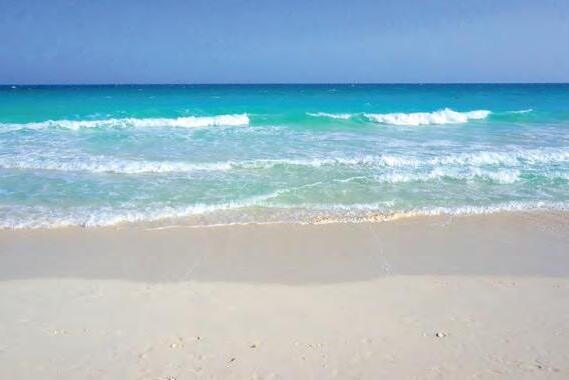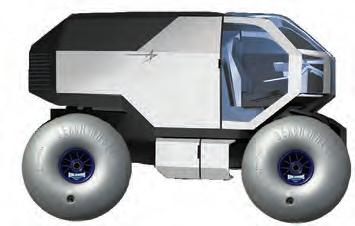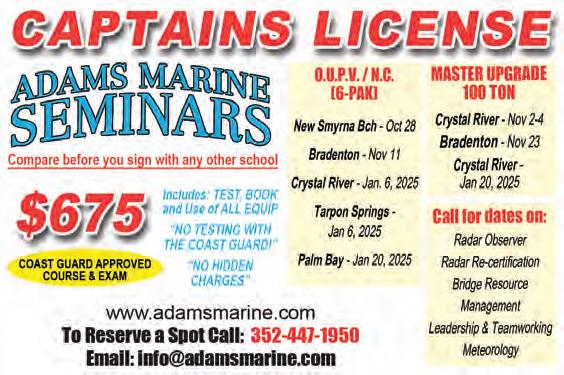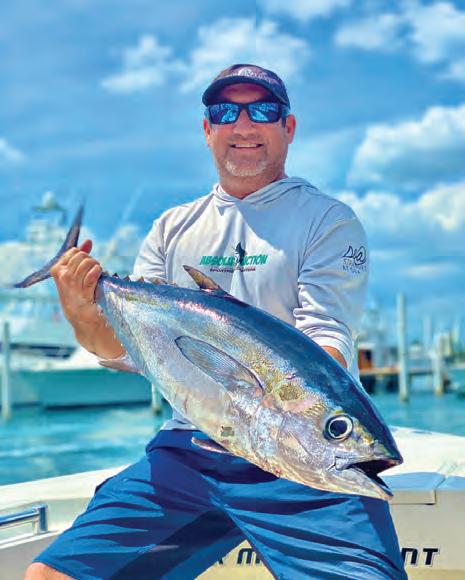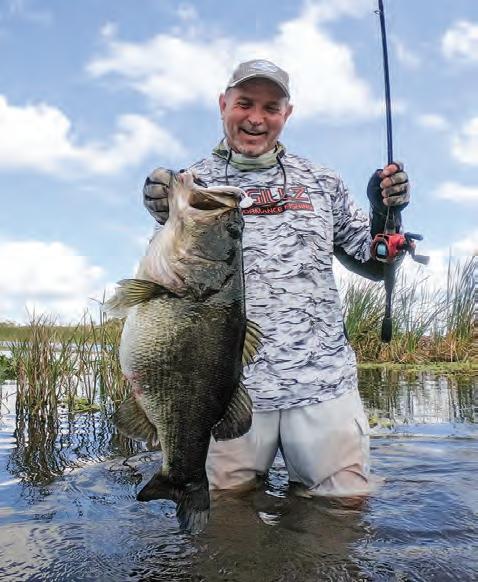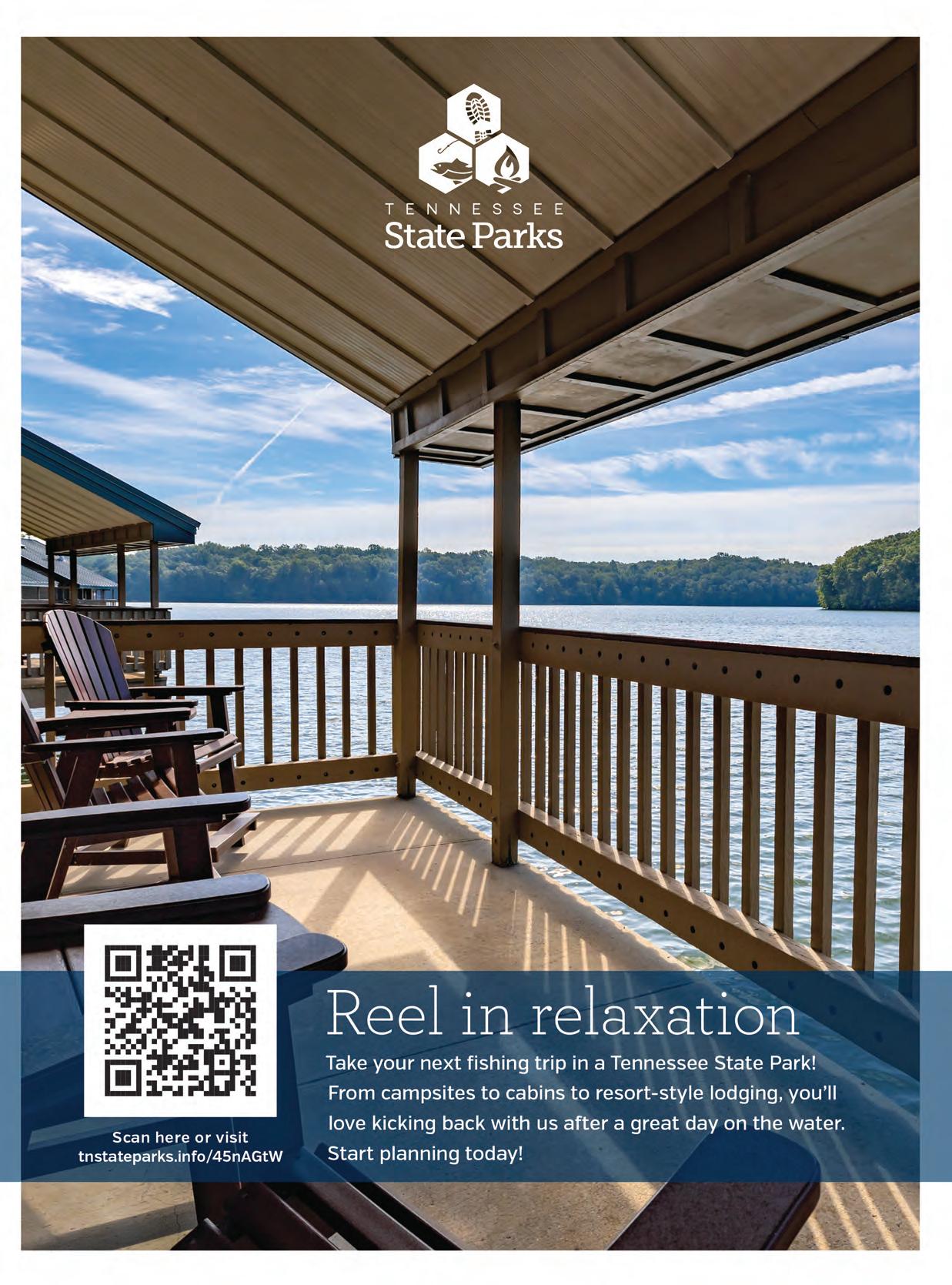





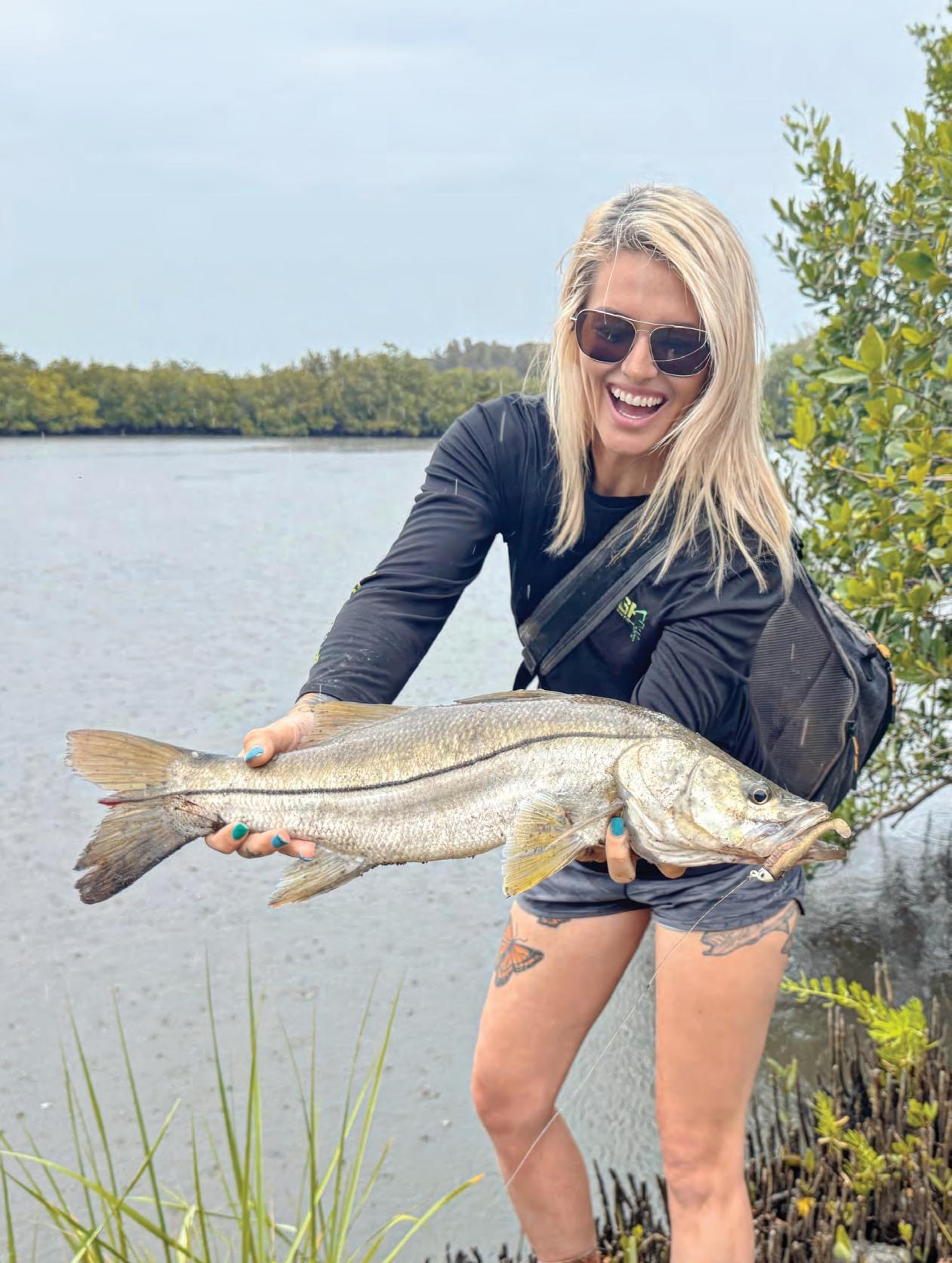
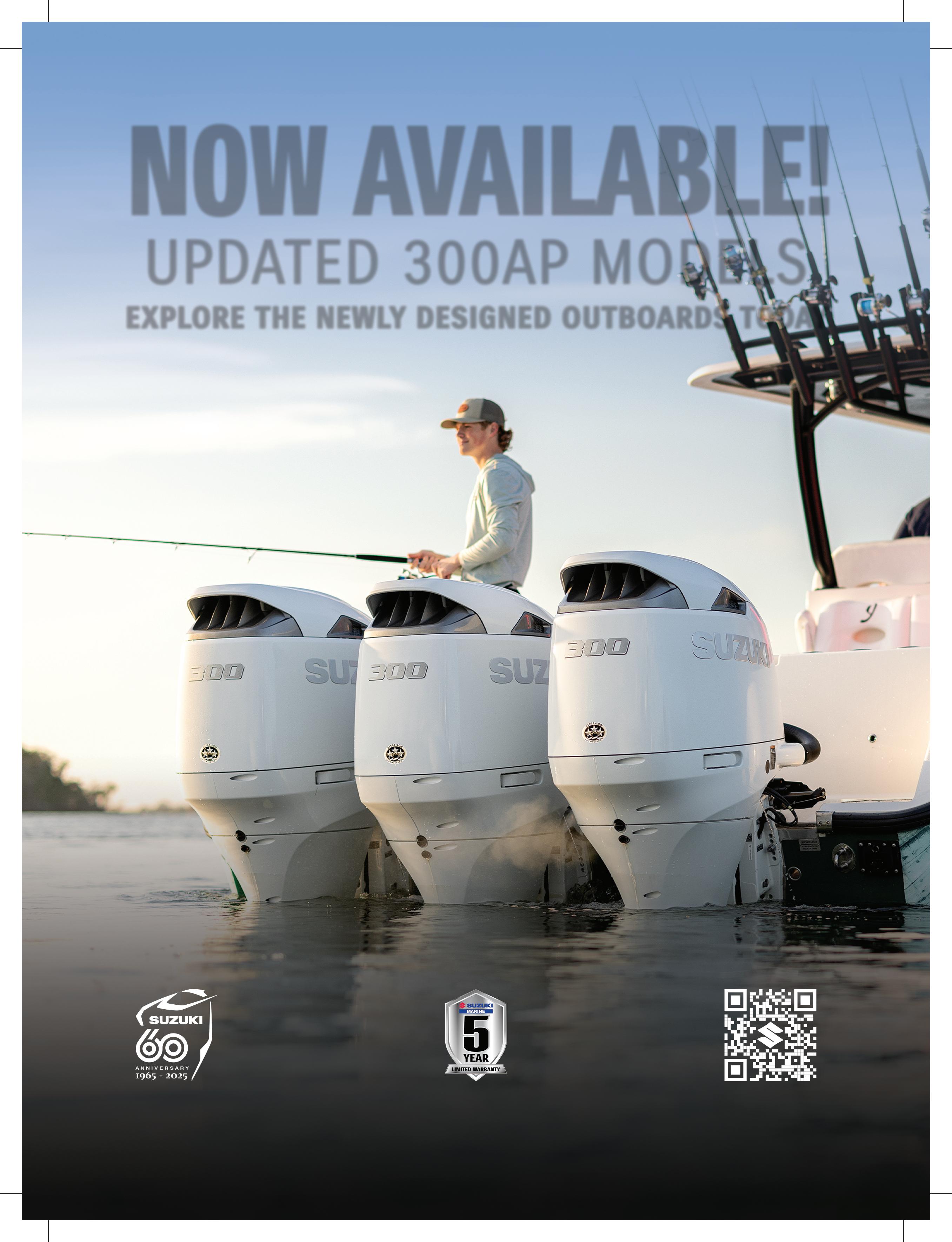

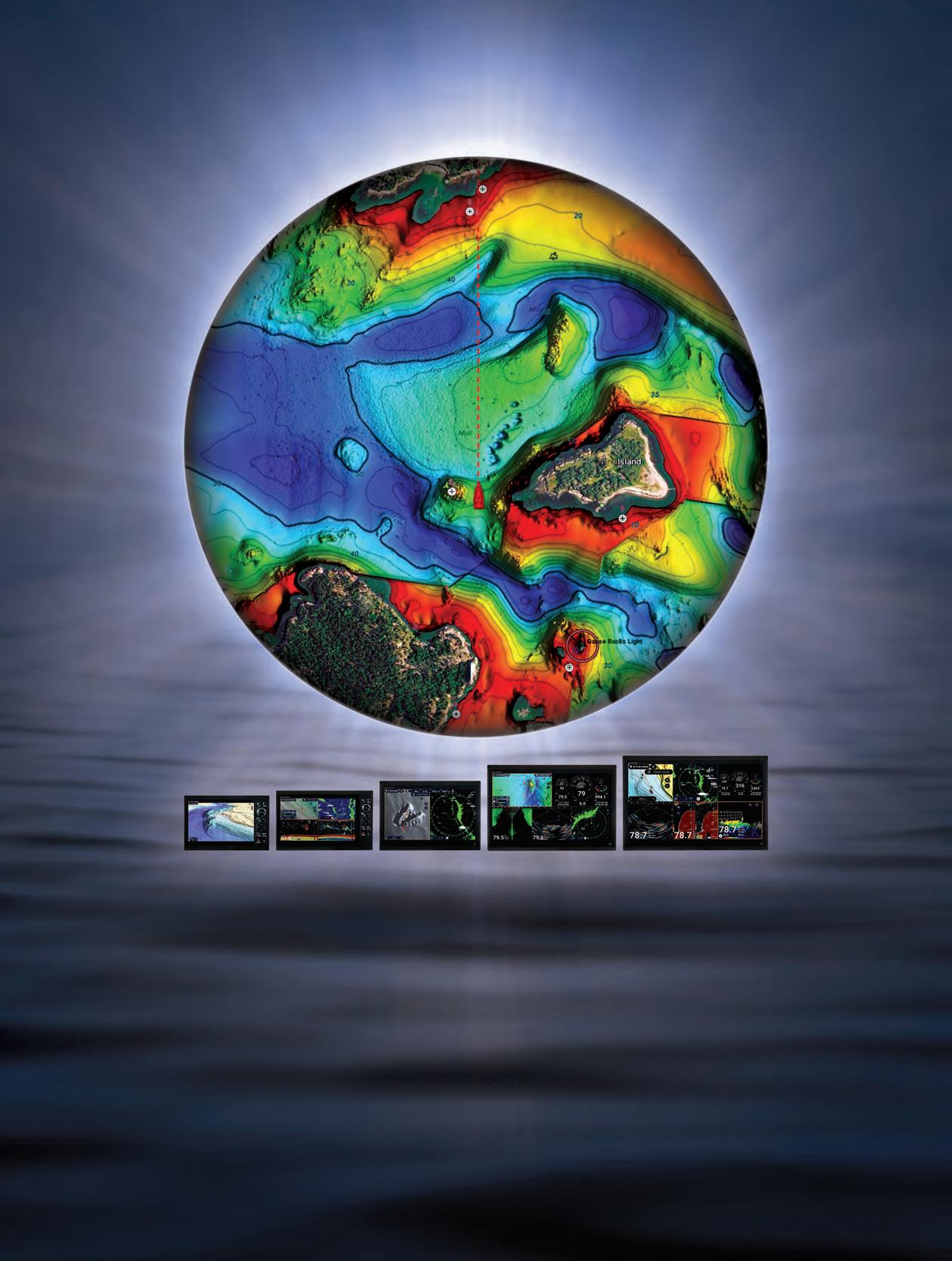
You want new charts?
You got new charts! Explore the ocean with vibrant terrain & depth shading, using all-new TZ MAPS. Don’t just take our word for it. See for yourself. Scan here, and we’ll show you!
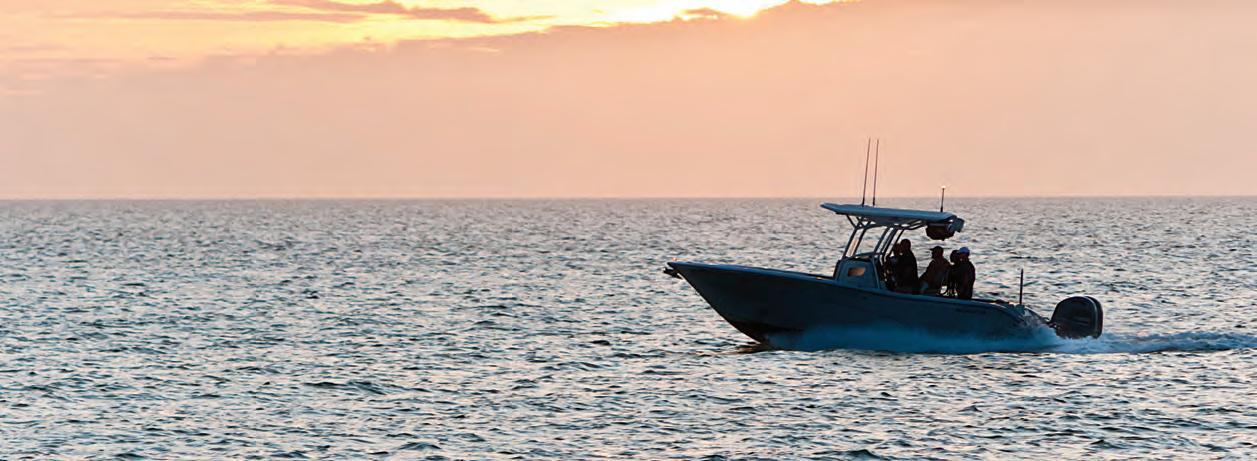
Are you ready to embark on your next on-water adventure? Before you set sail, here are fve things to know about boat insurance.
1. Boat insurance isn’t just for accidents
With comprehensive coverage, you’ll also be protected fnancially for theft, vandalism, and unexpected events like storms if you need repairs or replacements due to damage.
2. Accidents can happen to anyone
When accidents happen, boat insurance offers liability coverage for damages or injuries you cause while boating, up to specifed limits. It can also cover lawsuit costs if you’re sued.
3. Boat insurance can cover medical payments
Boat insurance offers a range of optional medical payments coverage limits, helping to cover medical expenses if you’re in an accident or someone is hurt on your boat, regardless of fault.
4. Most lenders require boat insurance
If you fnanced your boat, you’ll likely need boat insurance since most lenders require boat insurance to protect their investment. Additionally, some marinas or municipalities require proof of insurance for docking.
5. Progressive offers specialized boat coverages
Ever worry about getting stuck on the water?
Progressive’s Sign & Glide® On-Water Towing coverage** can help. It’s an additional coverage that steps in if your boat is disabled or breaks down on the water, paying for on-water towing, jump starts, soft ungroundings, and fuel delivery. Fuel cost isn’t included.
Don’t let unforeseen circumstances disrupt your voyage. Cruise with confdence thanks to Progressive Boat insurance. Because when it comes to your boat, peace of mind is the ultimate luxury.
Scan to get a quote in as little as 4 minutes.
to learn more.



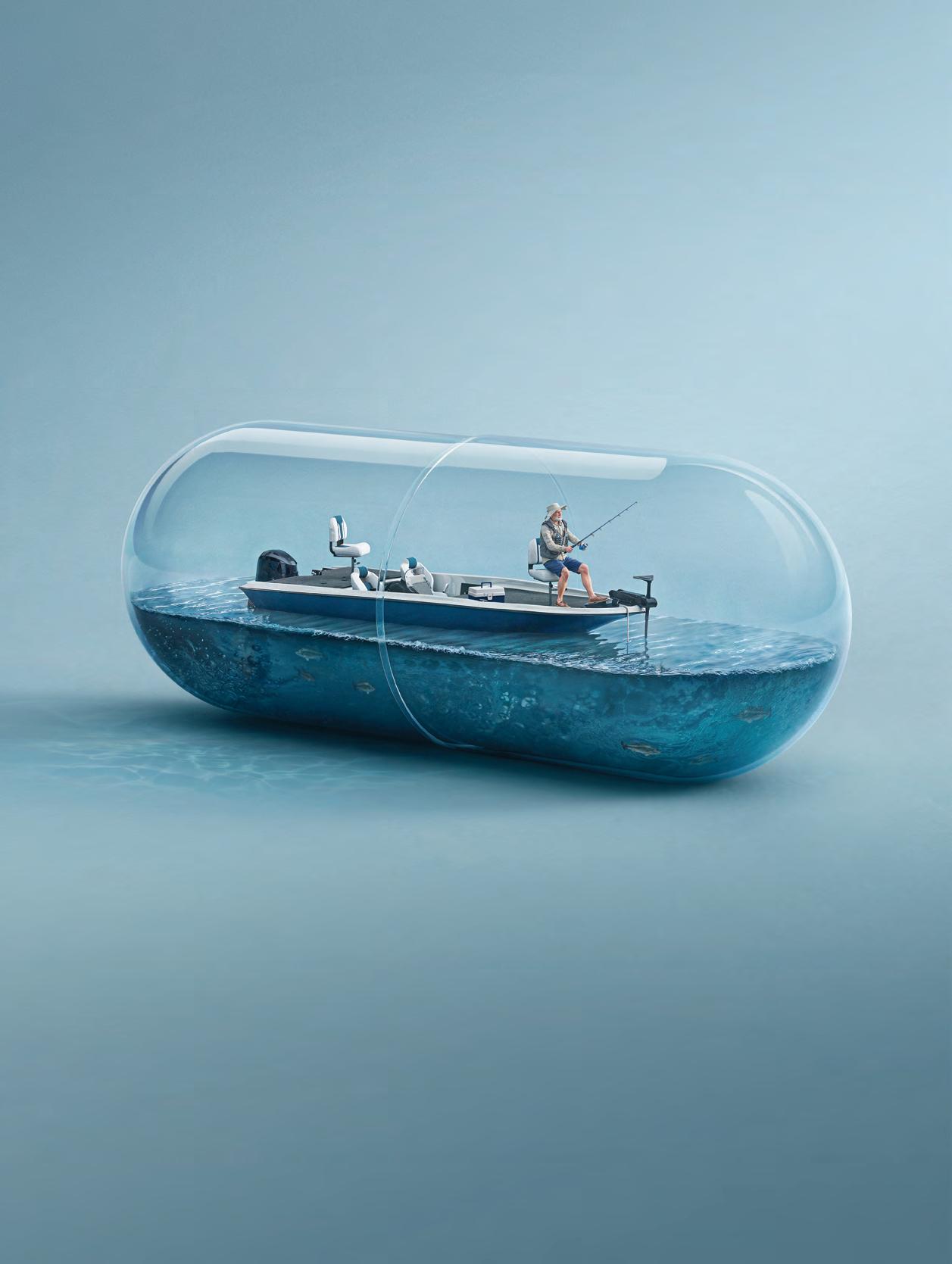
















By Skye Burkhardt
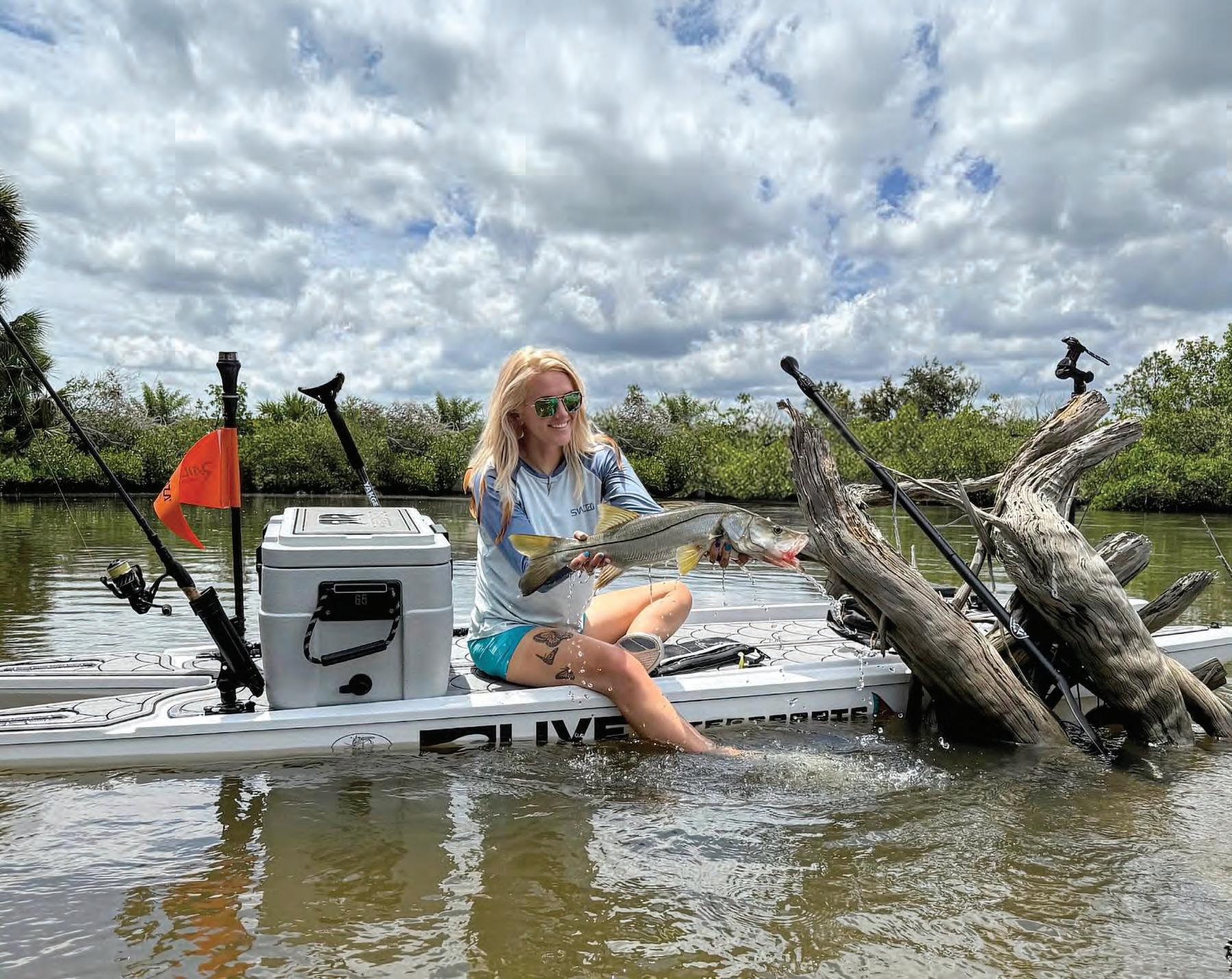
In recent years, paddleboard !shing has quietly emerged as one of the most immersive and rewarding ways to !sh, particularly in the backwaters where nature whispers and big !sh lurk in shallow, untouched waters. Combining the stealth of a kayak with the freedom and perspective of stand-up paddling, paddleboard !shing o ers a unique experience that connects anglers to their environment in a deeply personal way. You become part of the environment—just another element in a quiet, dynamic system. Every ripple matters, every shadow could be a !sh. It’s !shing stripped to its essentials: a board, a rod, and your wits.
Backwaters—those slow-moving or stagnant tributaries and tidal creeks separated from larger bodies of water—are havens for !sh and wildlife. ey’re o en shallow, weedy, and di cult to access with motorboats, making them ideal for paddleboards. ese secluded waterways harbor species like red!sh, snook, bass, tarpon, and trout, depending on your region. e calm water allows for sight !shing and careful stalking, while the surrounding vegetation provides natural structure and cover for !sh. For anglers seeking peace, solitude, and the thrill of spotting and targeting !sh in crystal-clear shallows, backwaters are unmatched.
Paddleboards o er several distinct advantages in the backwaters:
• Maneuverability: ey can access shallow and narrow areas where boats can’t go.
• Stealth: Paddleboards glide silently, allowing
you to approach !sh without disturbing them.
• Sight Fishing: Standing gives anglers a better vantage point to see !sh and structure below the surface.
• Portability: Easy to transport and launch, paddleboards can be carried to remote areas with little e ort.
• Minimal Impact: Paddleboards have a low environmental footprint, making them a great choice for conservation-minded anglers.
Fishing from a paddleboard requires packing smart. Space is limited, so prioritize:
• Rod and Reel: A medium-action spinning setup is versatile for most species.
• Tackle Box: A compact, waterproof tackle box with your go-to lures, so plastics, hooks and leaders.
• Anchor or Stakeout Pole: To hold position in wind or current.
• Cooler: Dual-purpose for storage and seating.
• PFD (Personal Flotation Device): Required by law and essential for safety.
• Dry Bag: Keep your phone, wallet, and other valuables safe.
• Sun Protection: Hat, polarized sunglasses, and sunscreen are must-haves.
1. Practice Paddle Control: Master basic paddling and balance techniques before trying to !sh while standing.
2. Stay Organized: Use carabiners and bungee cords to keep gear secure and accessible.
3. Scout the Water: Stand and scan for tailing
!sh, bait activity, or subtle ripples.
4. Be Patient: Quietly dri or pole through likely spots, and avoid sudden movements.
5. Time Your Trip: Early morning and late evening o er cooler temps, calmer water, and more active !sh.
Paddleboard !shing in the backwaters is more than a hobby—it’s a return to simplicity and intimacy with nature. It’s a growing movement that emphasizes low-impact adventure, selfreliance, and a deep appreciation for wild, o en overlooked places. Whether you’re targeting snook in a mangrove tunnel, bass in a hidden freshwater creek, or red!sh on a mud at, the experience of !shing from a paddleboard is less about the catch and more about the connection— to the water, the !sh, and yourself. For anglers ready to trade noise and crowds for silence and solitude, the backwaters await.
If you’re interested in paddleboard !shing, but don’t have the equipment or gear, be sure to enter my “Ultimate Halloween Paddleboard Fishing Package” giveaway presented by Coastal Angler Magazine, where you could score a “Tricked Out” Live Watersports paddleboard equipped with an ePropulsion eLite electric motor, paddleboard !shing gear and accessories, apparel and more! Scan the code in the ad on the next page or visit coastalanglermag.com/CAM-giveaway for more details and to enter.
Find Skye Burkhardt on Facebook at “Inshore Adventures With Skye,” and on Instagram: @brassyangler87.
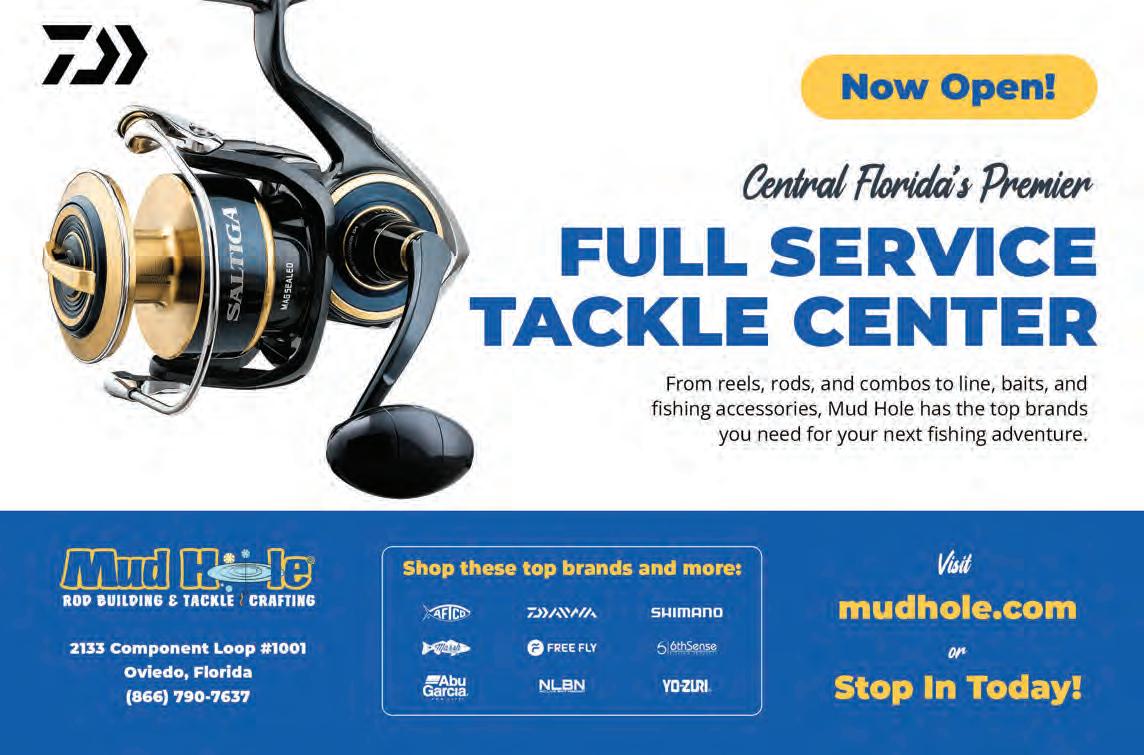


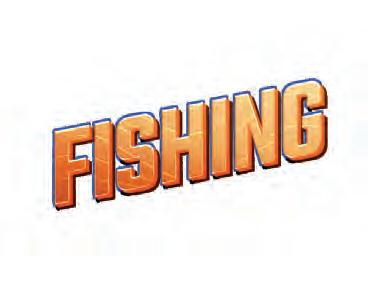
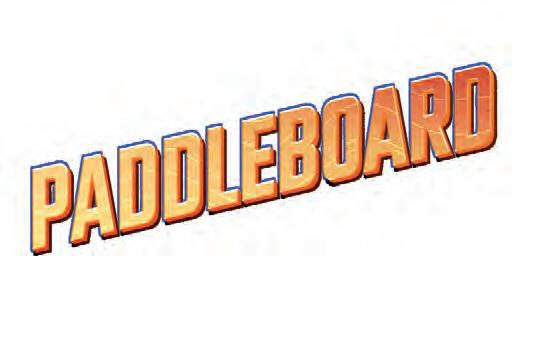












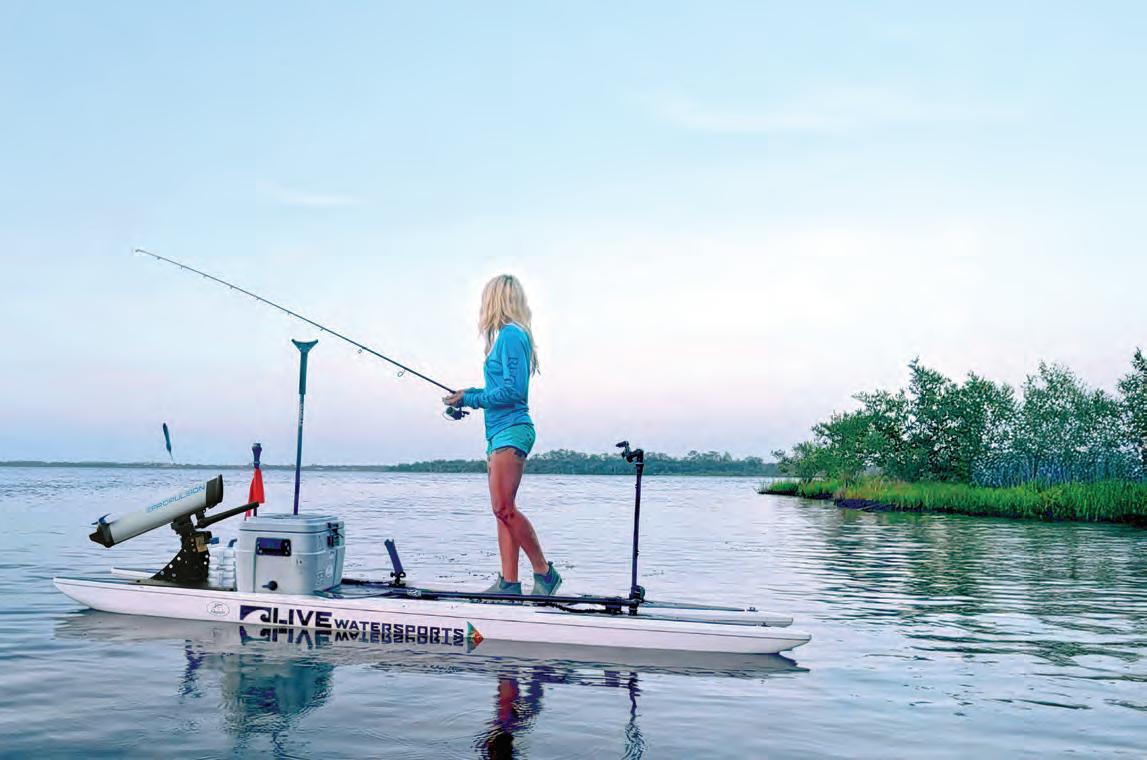






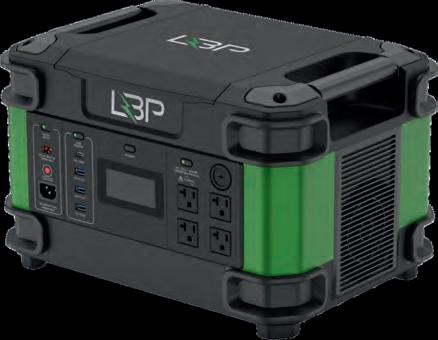




Lithium Battery Power (LBP), a leading innovator in advanced battery solutions, has taken top honors in the Energy category at the 2025 International Convention of Allied Sport!shing Trades (ICAST). e company’s groundbreaking Powerbox 2.5 kW / Solar Panel Lithium Battery Charging System was awarded the Best of Category: Energy, signaling a major leap forward in sustainable, high-performance energy technology for anglers and outdoor enthusiasts.
Held annually in Orlando, ICAST is recognized as the world’s largest sport!shing trade show and a hub for innovation within the industry. Each year, hundreds of new products are submitted for consideration across multiple categories, but only the most impressive make it to the winner’s circle. LBP’s Powerbox system stood out for its combination of portability, power, and green energy integration. e award-winning Powerbox 2.5 kW system delivers robust, reliable energy storage and output
in a compact, rugged form factor. It’s designed to meet the demanding needs of outdoor enthusiasts who rely on consistent power in o -grid environments. Integrated with a high-e ciency solar charging panel, the system ensures power sustainability even during extended trips, reducing the need for fuel-powered generators or frequent dock visits.
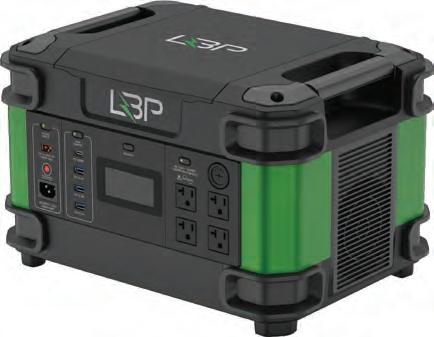

outages, hurricanes and critical jobsite power along with the heavy 12 volt demands in marine environments got their attention over all others in the Energy category.
“We are honored to receive this recognition at ICAST,” said Don Mitchell, Sales Director for Lithium Battery Power. “Our goal has always been to push the boundaries of battery technology while supporting eco-conscious outdoor recreation. e Powerbox system is a direct response to what today’s anglers need— power that lasts, in a package that’s smart, clean, and easy to use.”
e judges at ICAST praised the Powerbox for its innovative design, versatility, and emphasis on clean energy. Weekend power
is win marks a signi!cant milestone for Lithium Battery Power, reinforcing its position as a leader in the renewable energy sector within recreational vehicle and marine markets.
As the industry shi s toward more sustainable and e cient energy solutions, Lithium Battery Power’s win at ICAST 2025 signals that the future of on-the-water power is not just electric - it’s solar, smart, and built for adventure.

By Will Schmidt
If you have spent any time bottom !shing you know that occasionally on the heaviest of tackle you can outsmart a big snapper and end up with a solid !sh. Other days you can struggle to get even shorts. If you really want to up your game, it is time to lighten up.
When I say light, I mean straight 20 or 30lb mono and light wire 3/0 hooks. You may get broken o at times, but it is worth it for a box full of stud mangos and ARS. My go to big snapper setups is G Loomis IMX Pro Blues 843 casting rod with Shimano Trinadad TN20. is out!t is light, sensitive, and deadly on snapper. Some might like a bit lighter action rod but I have found that even with straight 20lb test you can really put a lot of pressure on these !sh and the backbone is nice to get them o the bottom as quickly as you can. A bit heaver is also nice when that grouper inevitably grabs the bait.
Here is a pro tip. One of the key elements for success to get big snapper, especially mangos, is the ability to react fast. Snapper get their name because they will o en quickly snap at a bait and then release it. With these sensitive rods and a gear ration of 6.2 to 1 you can pick up 46 inches of line in a single turn. A sensitive rod and a fast
reel means when you feel that tap, you can come tight instantly even in deep water. Remember you must use circle hooks so reeling vs setting the hook is the way to connect to these A fast reel might be the most important tool when snapper !shing.
My go to bait is a live pin!sh because, everything eats a pin!sh. I like having a livewell full of nice hand size pins. I do also use thread!ns both live and dead. read are great baits, but a good stout live 7 inch thread is remarkably strong and can be tough to get to the bottom as they swim o with your lead. at means dead threads can be easier to get to the strike zone. Cut the heads and tails o and make a thread “plug.” read “plugs” are awesome for snapper bait especially when live bait is not available. If hook ups are tough, I will double up my hooks, snelling 2 circle hooks close together and getting both hidden inside the plug to increase my hookup ratio. Regardless, I use 3 to 4 feet of mono leader then a swivel and a 3 ounce lead to hold the rig right on the bottom.
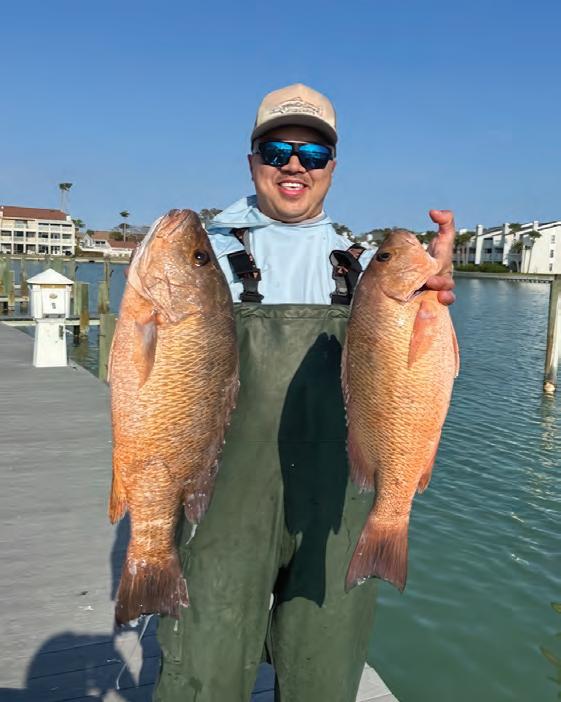
light and you will likely !nd the results are worth it.

Whether you really want to target big snapper or the bite is just really tough, try going
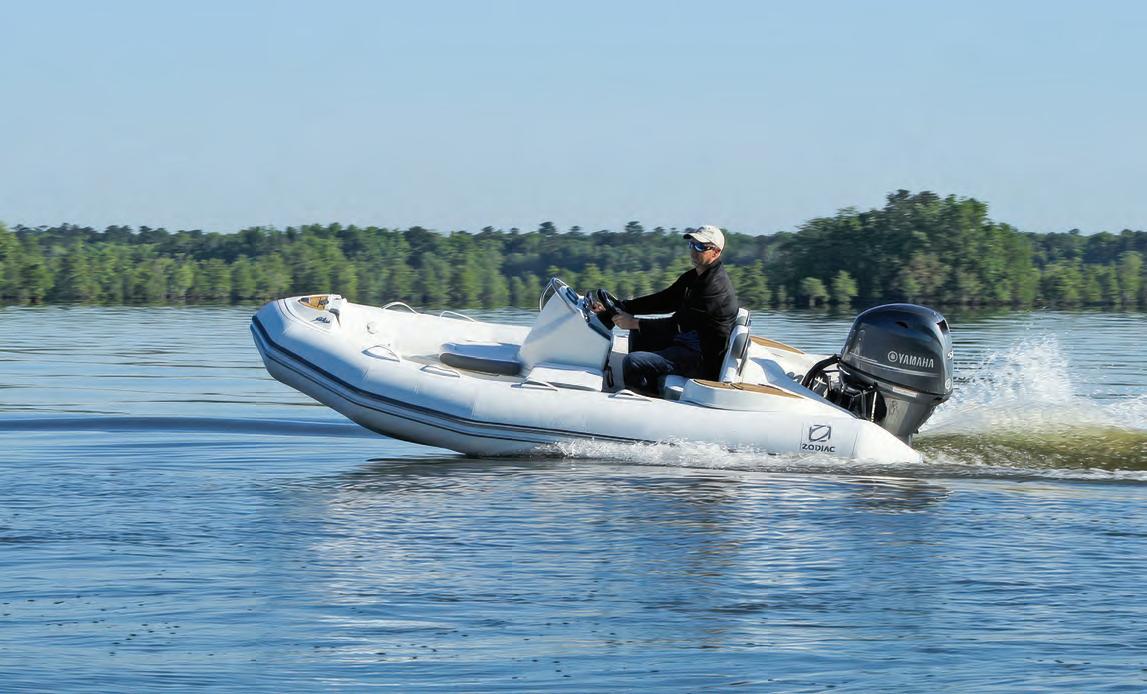
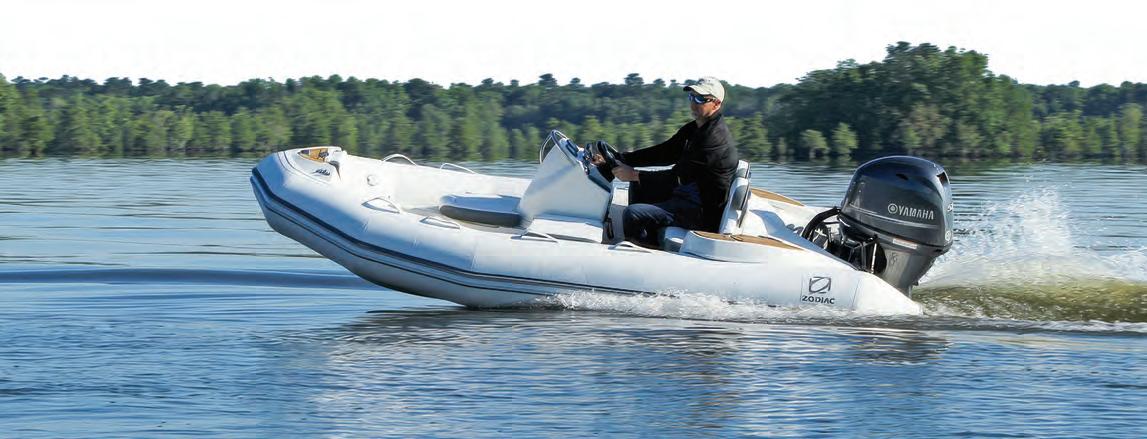



By A. deGruchy
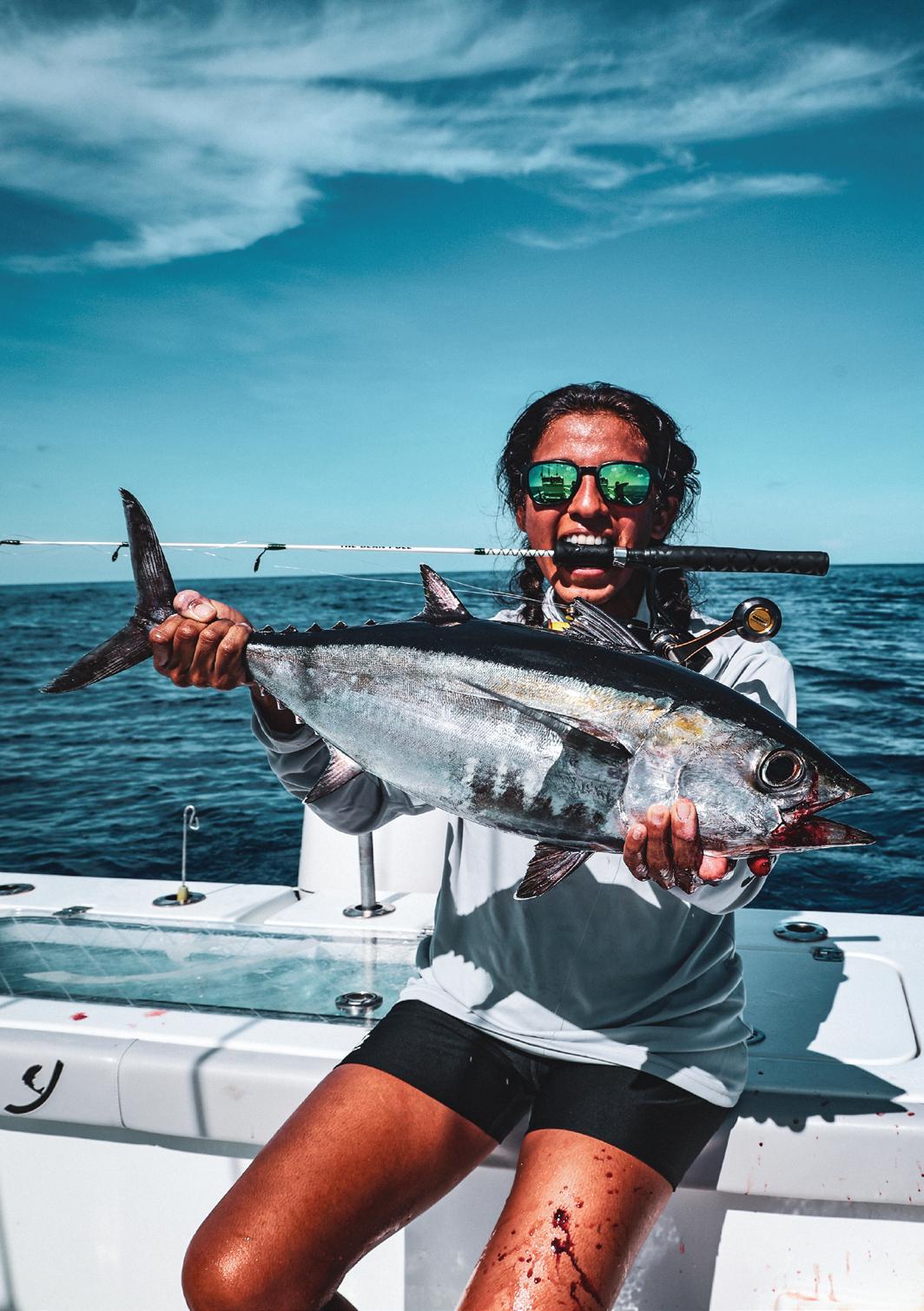
Late summer in the Florida Keys means steady black!n tuna action. Look for them around o shore humps like Marathon and Islamorada, especially early in the morning, and over wrecks in 200 to 600 feet of water.
Troll small feathers, ballyhoo, or bonito strips when the !sh are feeding near the surface. If they’re holding deeper, vertical jigging is the way to go. Savage Gear jigs in the 100 to 200 gram range work great. Drop them straight down and work them quickly to trigger bites.
For gear, the new Penn Spin!sher VII combo in the 4500 to 6500 size is a solid choice. Spool it with 30 to 50 pound braid and 30 pound uoro. It’s a strong and smooth setup that handles tuna with ease.
Watch for bird activity like frigates and terns diving. at usually means tuna are pushing bait to the surface. And always !sh with respect. Don’t troll behind another boat or crowd or someone who is already on a school. Give space and enjoy the bite.
Black!n tuna grade is better than blue!n in my opinion; you can eat it raw, do poke bowls, sushi rolls or sear it with sesame seeds!
Be sure to follow deGruchy’s adventures on YouTube (Bean Sport shing TV) and @bean_sport shing on Instagram.

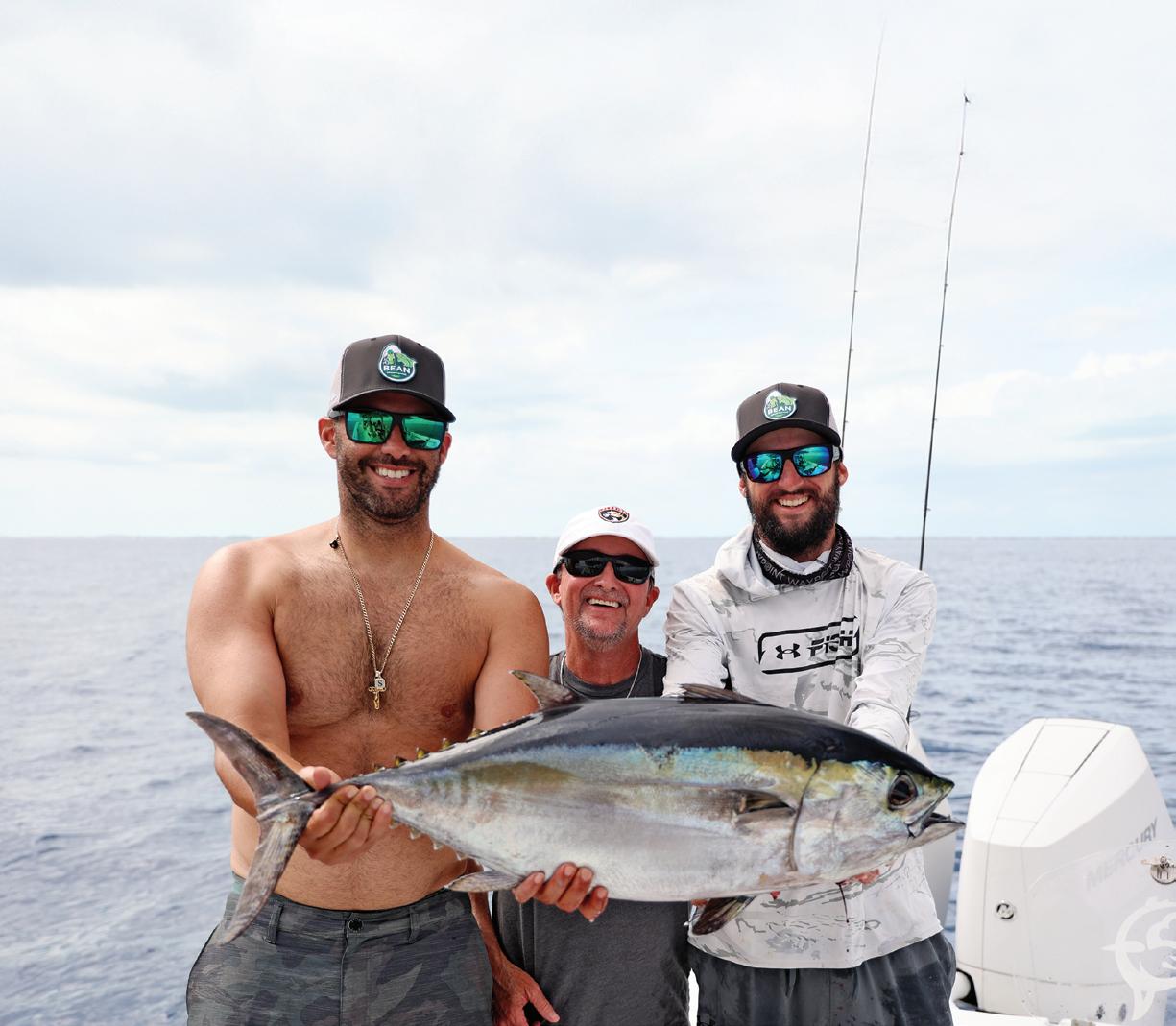

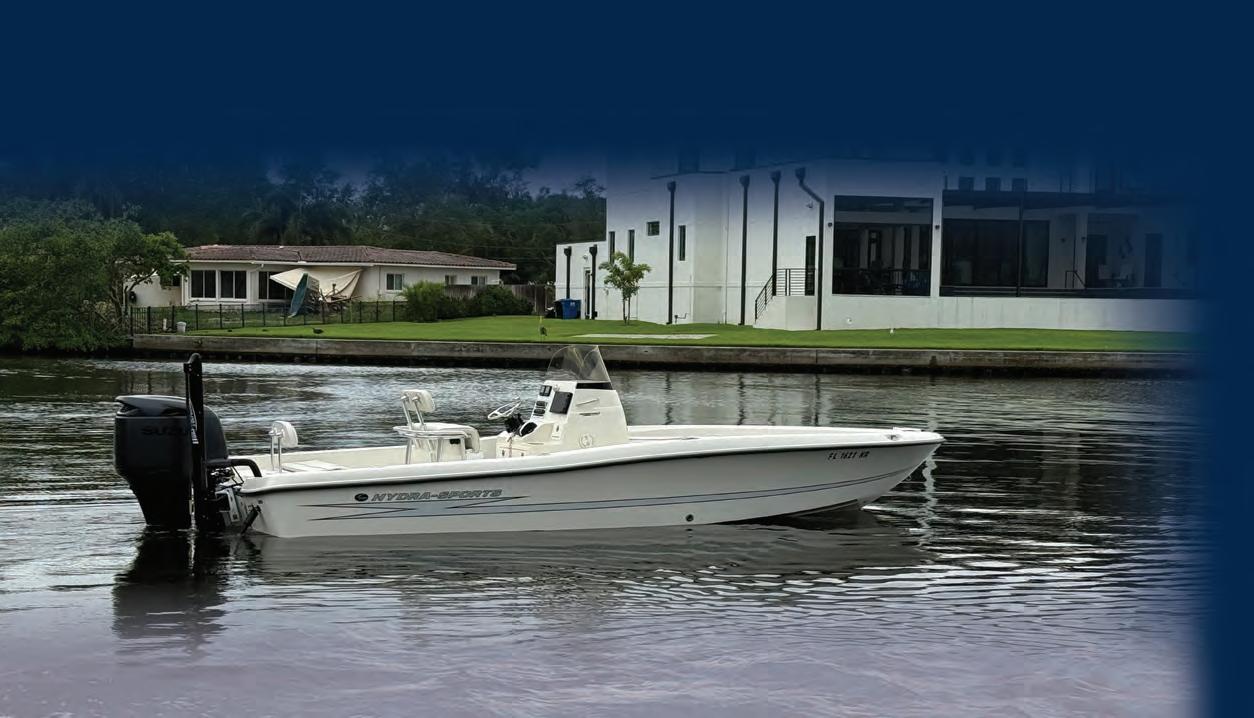

RePower Packages designed to best ft your needs and not stretch your
Financing
Rest assured, all Mastry Suzuki RePowers are backed by Suzuki’s industry leading 5-year factory


Stationed strategically around the East Coast, all Suzuki RePower Centers have achieved the highest level of Suzuki certifcations to meet and exceed your repower needs.
Stationed strategically around the East Coast, all Suzuki RePower Centers have achieved the highest level of Suzuki certifcations to meet and exceed your repower needs.
When Considering A Repower, Consider These Factors:
•Every Authorized Mastry Suzuki RePower Center has decades of repower experience providing proper rigging, controls, propeller matching and in water testing
•With a Mastry Suzuki RePower, owners gain improved performance, less noise and greater reliability
•Mastry Suzuki RePower’s exclusive Owner’s Edge Program*
•Mastry Suzuki RePower Centers use authentic Suzuki OEM parts and have factory certifed technicians

Since 2014, Mastry Engine Center, has been building the premiere Suzuki Outboard repower network in Florida. Today, Authorized Mastry Suzuki Outboard Centers have been exceeding expectaions in the Southeast for over two decades. Recently Suzuki Marine requested Mastry Engine Center to expand the network throughout the Northeast. Now boat owners from Maine to Florida can be assured of the best support for their Suzuki outboard repower project. All Authorized Mastry Suzuki RePower Centers provide the best options, information and package pricing for excellent performance in repower.
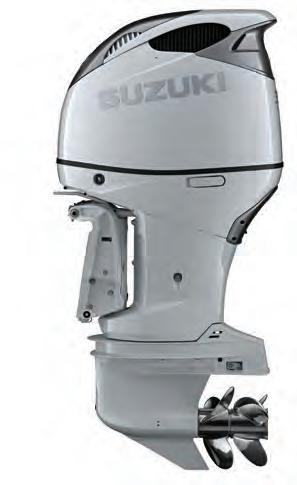



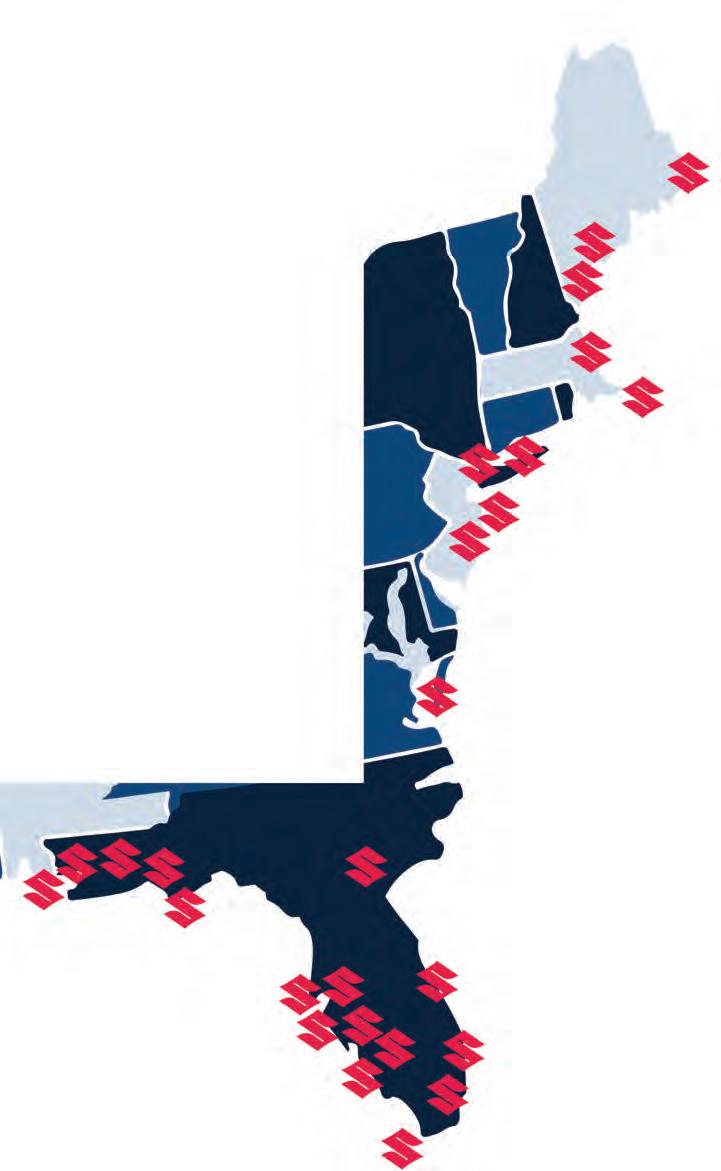

*Get with the Program!
When you purchase a new Suzuki outboard from an authorized Mastry RePower Center you qualify to become a member of the Mastry Suzuki Owner’s Edge. Owners receive an identifcation card that provides them with important information about their Suzuki outboard motor as well as a passport to additional benefts during ownership. Members enjoy a detailed engine maintenance schedule, Mastry Suzuki RePower Trade Program and special pricing from Mastry Suzuki Partners

By Capt. Michael Okruhlik
When the end of summer is near and the tides align, there’s no place I’d rather be than Southwest Florida—with a rod in hand and visions of giant snook dancing in my head. !is year, my buddies and I made the pilgrimage with a simple mission: land a personal best. Big sh only. No compromises.
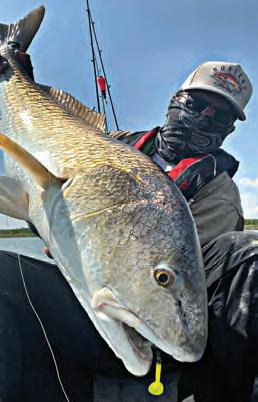

If I had to pick just one, hard twitch baits take the top spot. !ere’s something about that sharp, erratic dart through the water that drives trout wild — and the strikes are violent. Like “wake-up-your-neighbors”, violent. Twitch it, pause it, twitch again — boom! Bonus: many of these lures rattle, which adds an extra layer of appeal in the slightly stained surf water.
When I want a front-row seat to the chaos, I tie on a topwater. Watching a speckled trout explode on a surface lure in the calm surf is pure adrenaline. If it misses, keep working it. Trout in the surf are red up and aggressive — they’ll o en come back for seconds (or thirds). Like the twitch baits, these lures rattle too, which helps draw sh in from a distance.
!e silver spoon has earned its place in Texas shing history, and for good
reason — it still at-out works. I prefer a steady retrieve style spoon for consistent action over a jigging one, but that’s just personal taste. And hey, I’m a paddle-tail guy at heart, so a steady retrieve comes naturally.
So plastics shine in the surf, but go for durability. !ese sh aren’t sitting around like they do in the bay — they’re moving, and fast. !e last thing you want is to waste time swapping lures er every catch.
I use paddle tails with built-in tail rattles and super-loud rattling shrimp. Yes, rattling shrimp exist — and when trout are keyed in on shrimp, nothing else will do. !e realism and noise can turn a slow day into a urry of action.
Live shrimp under a rattling popping cork? !at’s trout candy. It’s simple, e ective, and deadly on calm days.
But if the bite gets nicky, break out the big guns: live croaker. Controversial? Sure. E ective? Absolutely. When the water’s crystal clear and the trout are being picky, croaker can be a day-saver.
Don’t be surprised if a slot red — or even an oversized bruiser — crashes the party. Every lure and bait on this list will get crushed by reds in the surf. Be ready. !e surf might be calm, but your drag won’t be.
Calm surf days are perfect for family shing. Easy wading, plenty of action, and good-sized sh make it a blast for kids and adults alike.
One nal tip: if there’s any southwest wind at all, do what the surfers do on at days — stay in bed. It’ll save you some frustration.
So check that forecast, grab your favorite rattling lure, and remember: always take a kid shing.
Capt. Michael Okruhlik is the inventor of Knockin Tail Lures®, and the owner of www.MyCoastOutdoors.com.
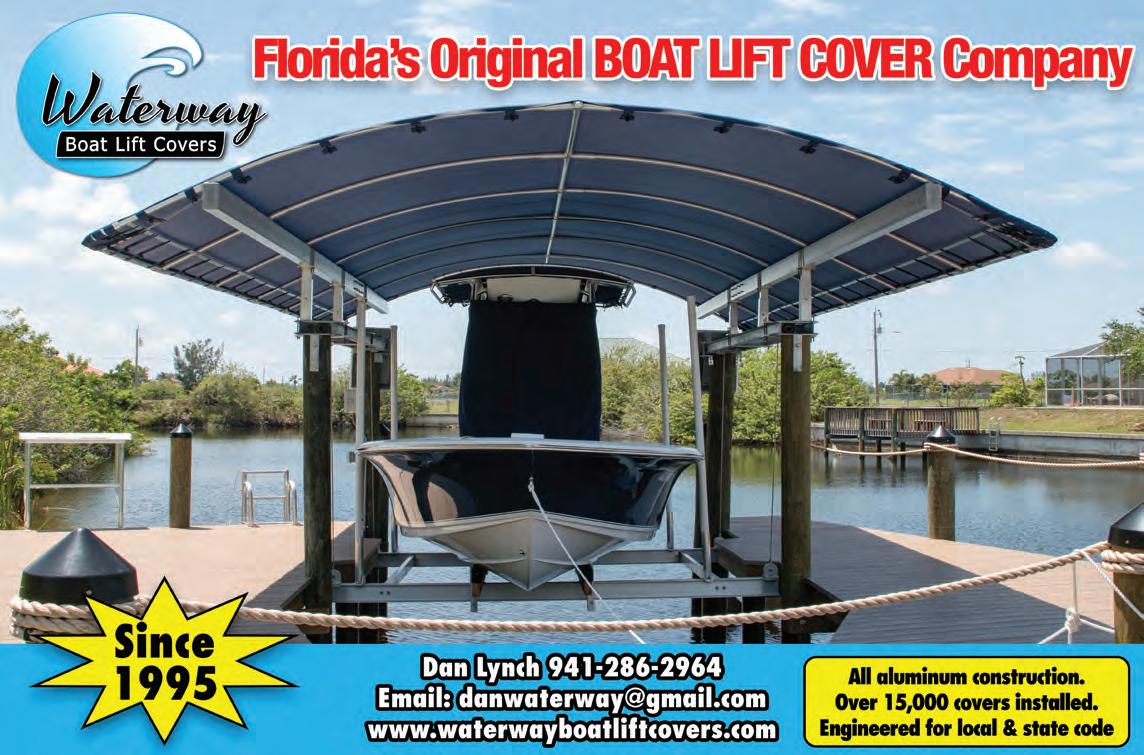

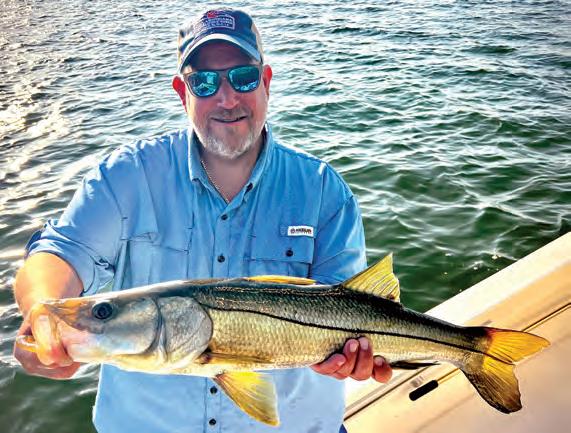

eas. These sites include inlets, jetties, river and creek mouths, bridge pilings adjacent to the shoreline, mangrove lined deepwater channels and canals.
With the extreme temperatures we’re having, early mornings have been the most productive for fishing. A good moving tidal flow is also extremely important. Lately, I’ve found an outgoing tide to be the best condition. Once you approach your selected area, spot lock or anchor your boat and toss out some live bait chum, and see if you get a reaction.
Lately, I’ve noticed that snook aren’t responding to chum bait very well, but that doesn’t mean they’re not around; so, don’t give up on your spot. Cast up-current with a free-lined bait and let it drift with the flow. Sometimes, it may take three or four passings before you get a strike; so, be patient.
I believe fish are fickle--especially snook.
As we move further into September and the water temperature decreases, more fish will move out of the deep water and onto the flats.
kay, you’ve been catching and releasing snook since May; now they’re back open to harvest. People often ask me, “What does snook taste like?” I always respond with, “Better than grouper.” So, when snook season is open, naturally people want to keep one for that evening’s meal.
Every year, I find the snook fishing gets better in the upper regions of Tampa Bay in late September rather than earlier on. Reason being, the water temperature. The temperature along most of the mangrove shorelines right now is in the 88 to 90-degree range. That’s extremely hot for snook.
Currently, you will still find most snook in their typical spawning ar-
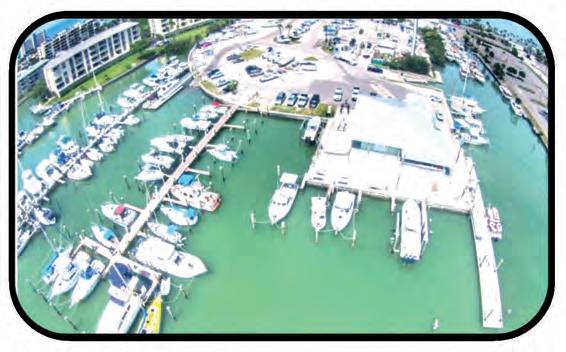
Spotted seatrout have been populating the deepwater grass flats all summer long. They have also been feeding along the outer edges of the grass flats adjacent to the mangrove shoreline. Later in the month, look for more and more seatrout to work their way closer to the shoreline.
When fishing on deep water grass flats more than four feet, I don’t place a bobber above the bait--I free-line them. When fishing on shallow water grass flats, I place a bobber about 2 to 3 feet above the bait. This keeps the bait out of the grass and visible to the fish.
Continued on page 6
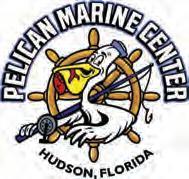

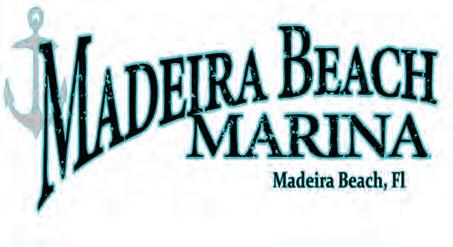



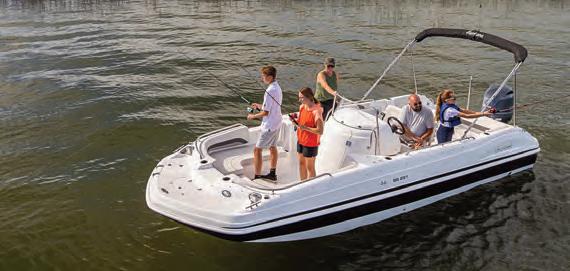

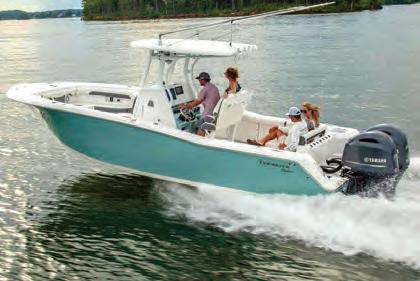


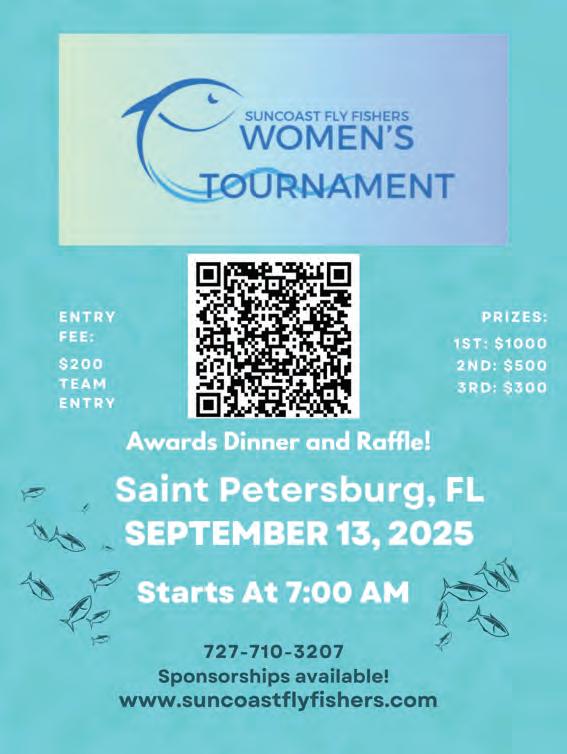
BY: CAPT. ANTHONY CORCELLA
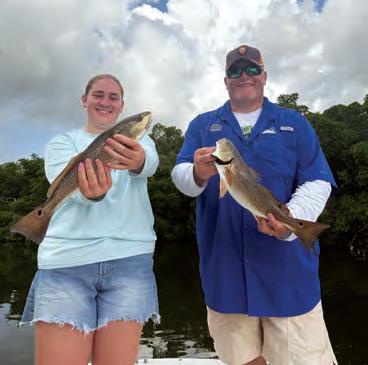

September is a prime time to target big reds. There are some real trophy class fish of over 40 inches, if you know where to look and what to use. Let’s start with where to look. It can be as easy or as hard as you want it to be. The best flats have spotty grass and potholes that sit right along the mangroves. The trick is to reposition your boat according to the tide. If the tide is out, position yourself well away from the mangroves and cast up as close as you can to the bank and spotty grass. If the tide is up, you'd want your cast right up on the mangrove line.
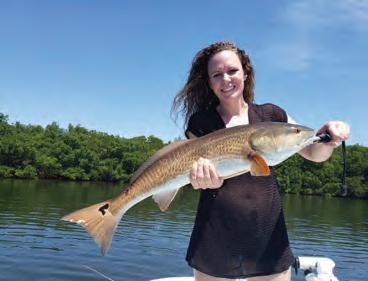
A lot of times, you can see the fish. If you do, chum them up to keep them near. If you can't see them, a little chum can help draw them in. Cut bait works very well as bait and chum. Use threadfin shad, cut pinfish, cut ladyfish or cut mullet. Live white bait also works if you can find it. If I had to pick, it would be cut pinfish for the monster red. For the artificial gang, you can't go wrong with a ¼-ounce gold spoon. Top waters and jigheads rigged with a Gulp shrimp are always deadly.
Tackle should be a bump up from your usual trout gear. A 7-foot 6-inch 8 to 17-pound class rod with a 3500 to 4000 size reel loaded with 15-pound PowerPro braid will handle these brutes. A 3-foot piece of fluorocarbon tied to a #5 circle hook will complete the tackle end.

We're on the reds, snook, shark and more inshore. Deeper trips in the Bay are producing keeper grouper, snapper, mackerel, sharks and an occasional tarpon. We can do both types of fishing on the same trip, if conditions allow. We have four boats and captains ready to put 1 to 20 anglers on the bite. Contact us today to book your action-packed trip.
— What makes our charter service unique is that we cater to disabled veterans and wheel chair bound clients! Our boat is able to accommodate wheelchairs and is ADA compliant. IF YOU’RE A DISABLED VETERAN, YOUR TRIP IS FREE! This is our way of giving back to our veterans.
Capt. Anthony Corcella, Pocket Change Inshore Fishing Charter 727-432-6446 www.pocketchangefishingcharters.com Check us out on Facebook, Instagram and TikTok

By Capt. Wes Tallyn
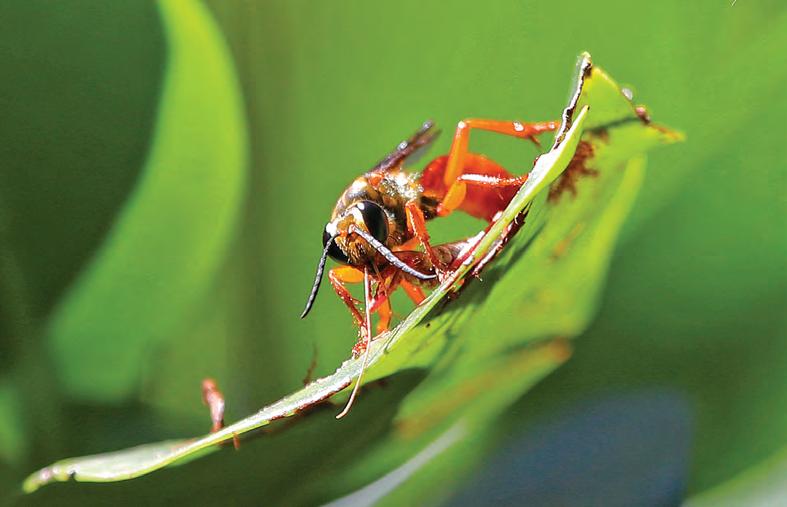
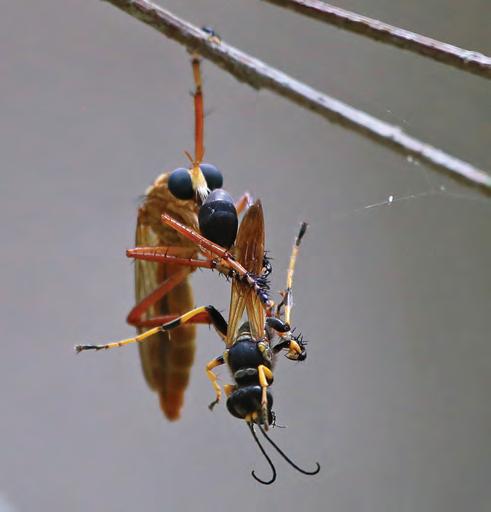
Nature is full of all kinds of crazy organisms that do so many amazing things! The Robber Fly is one of the most spectacular insects on the planet. These Flies are mimics; meaning they disguise themselves as another species, often wasps or bees. This protects them from predators by giving off the impression that they are dangerous.
The Robber Fly gets the name from their ability to steal prey that was captured by spiders. The Fly will literally pluck insects right out of the spider’s web. If the Robber Fly gets stuck in the web, the spiders will often free the Fly from the web out of fear that the Fly will be dangerous to the spiders themselves.

Wes
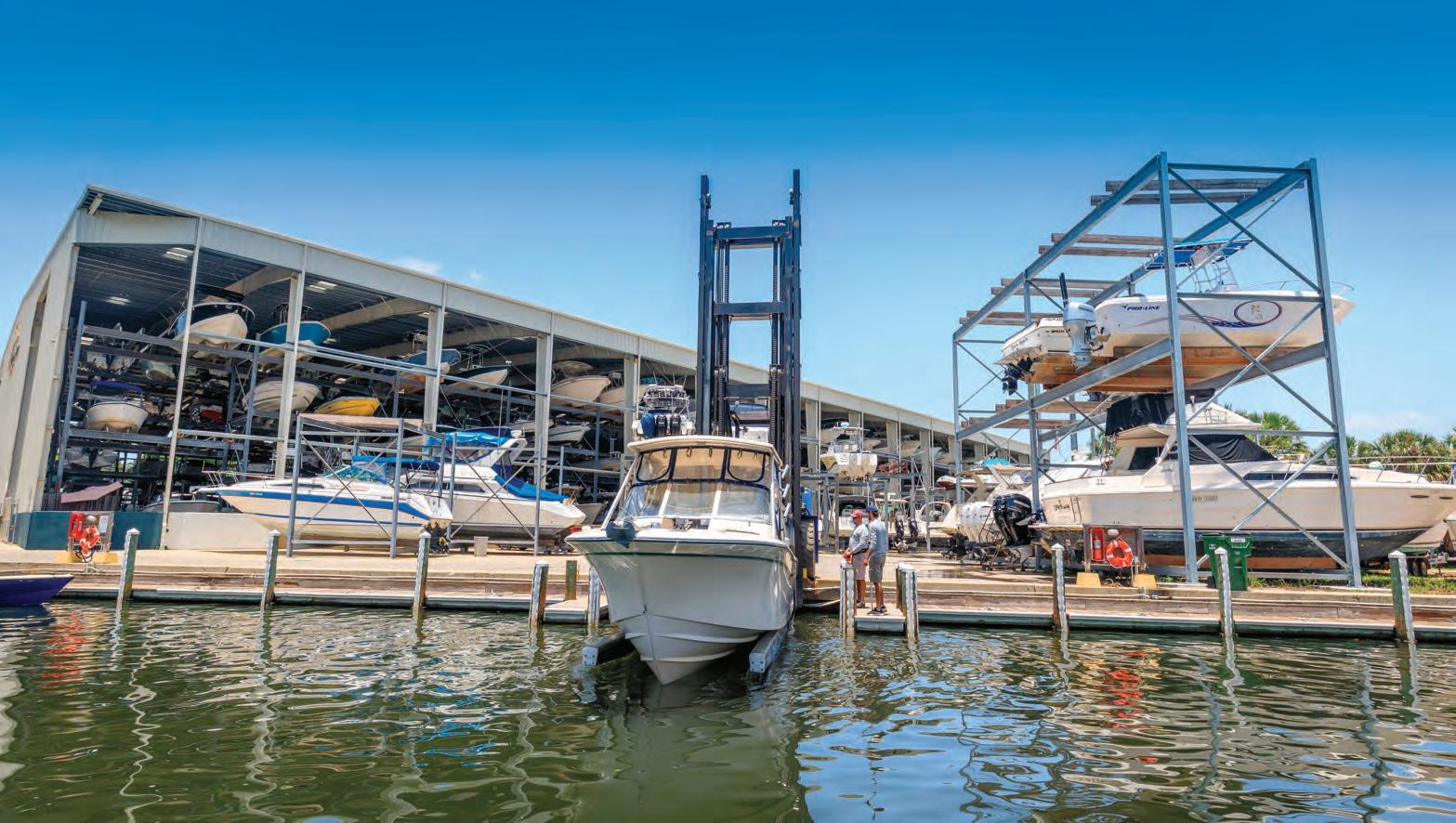

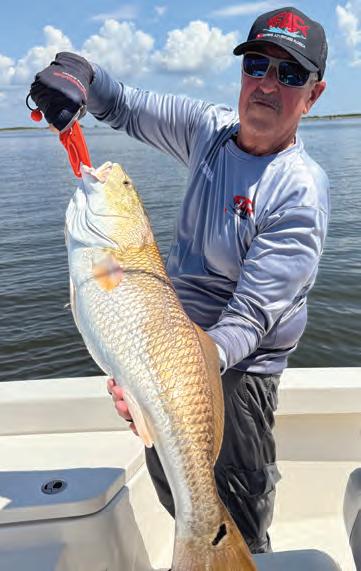
Late September is the kickoff month of the year for fall action. It’s also my favorite month to take care of all those honey dos you haven’t done and work on preparing your fishing tackle for fall fishing.
Here are a few tips.
• Give your reels a good cleaning by loosening the drags and lubricating the gears. If you don’t feel comfortable doing this, there are several good tackle dealers in the Tampa Bay area who can service your reels at a reasonable price.
• Check your line guides on the rods for any scratches or nicks. Use
cotton swabs or borrow a panty hose from your wife when she’s not looking and cut it into small strips. Now, run the cotton swab or piece of panty hose through the guide. If the panty hose clings or the cotton sticks to the guide, replace the guide or risk losing a fish later. A slight scratch or cut on the guide will cut your line under pressure from a pulling fish.
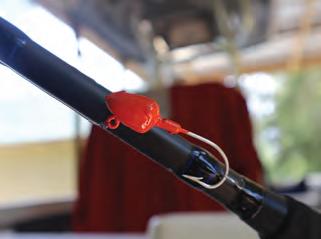
• At the end of the day, never put your hook on the guide, as this can and will scratch the guide. Use the one supplied by the rod manufacturer, or make your own by taking an electrical nylon tie with a screw hole built in and place it just above the top grip on the rod. This allows a place for the hook to sit.
• Most anglers take too much tackle on a fishing trip. There are many new small, soft sided tackle boxes that can handle all your needs. I suggest you leave most of your tackle at home, and replenish your tackle box as needed. In addition, many of those medicine bottles that you throw away make great hooks and small sinker holders you can keep on the console of the boat to use as needed; also, they keep your hooks from getting rusty.
Now the honey dos are done and your tackle is ready for fishing. Remember, fishing heats up as the water temperature drops. Late September will bring lower water temperatures and an increase in fish activity. Look for snook cruising the mangrove shorelines. Flounder will hit jigs tipped


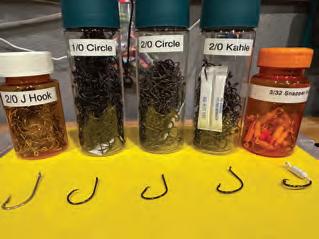
with shrimp bounced on the bottom around sand patches in the grass flats. Mackerel action steps up a notch, and redfish will move further out into the flats during high tides. September is the lead month for some of the best cobia fishing around Tampa Bay. The range channel marker action starts mid-September and finishes in late October. The best bet for me is the snook action, as the big females are starting to make their way back into the Bay after spawning season is done. They will be hungry and aggressive. Forget the live bait; fresh cut threadfin sardines or ladyfish on a 3/0 Kahale (wide gap circle hook) with a number four split shot about five inches from the eye of the hook helps keep the bait on the bottom--let it soak, they will come. Big females will be hungry, but not much in the mood to chase down live baits. For more information, you can visit Fishing Adventures Florida on YouTube with weekly local fishing information and our how-to segment with Capt. Sergio Fishing Academy teaching new techniques and tackle to help you catch more fish.
— Capt. Sergio Atanes is host of Florida West Coast Fishing Report on Facebook and YouTube. He also hosts Fishing Adventures Florida TV show airing on YouTube, Waypoint TV, Carbon TV, Outdoor Action, and Angling TV. Owner of Reelfishy.com Charter business covering the west coast of Florida with over 135 captains on staff. For information contact Capt. Sergio at (813) 973-7132 email: atanes@msn.com.

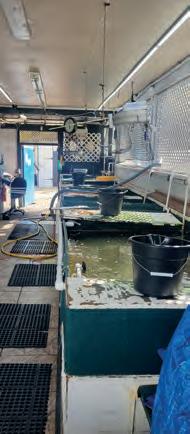
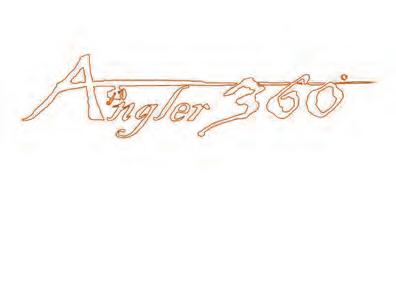

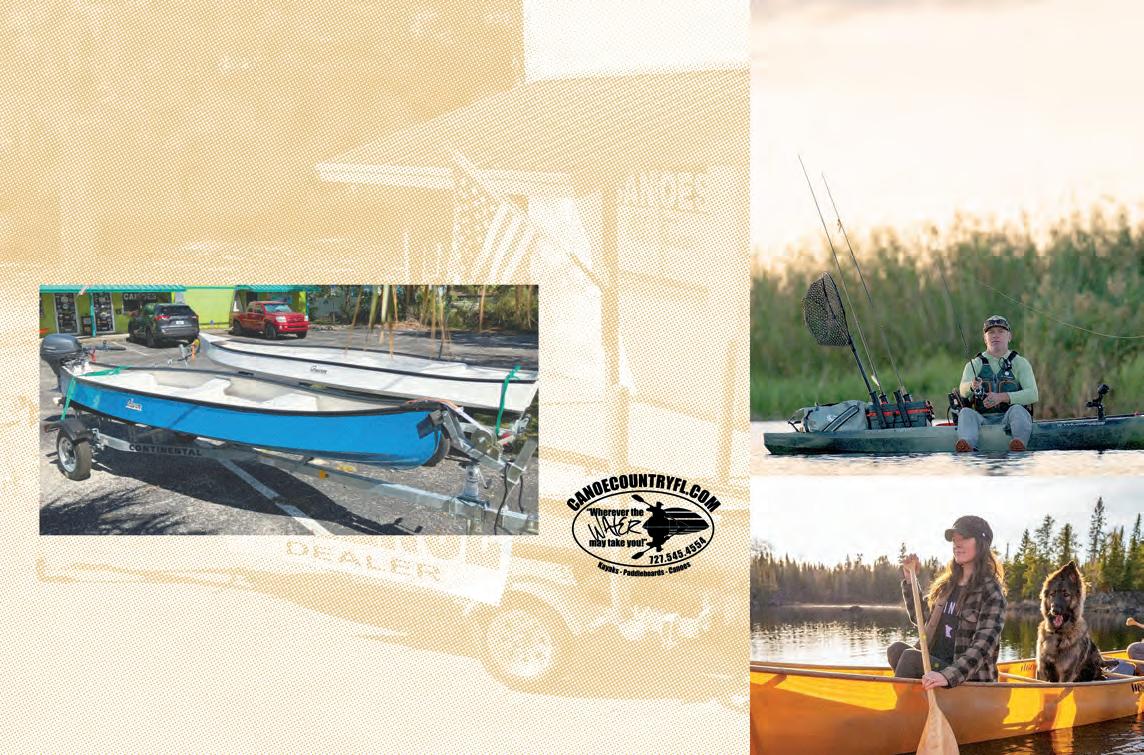

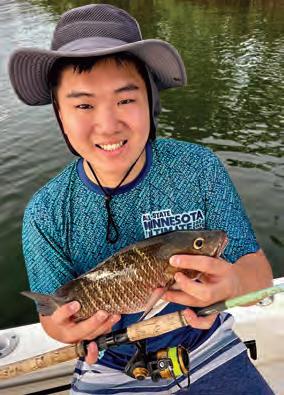
To me, the most exciting thing about late September is the influx of redfish schools. As the water temperature continues to cool, the redfish activity really picks up on the grass flats and around the numerous oyster beds scattered throughout Tampa Bay. The redfish spawn is in full swing. This is when you can encounter schools with massive redfish up to 40 inches or more.
Of course, the usual suspects such as mangrove snapper, Spanish mackerel, bonnethead, blacktip and lemon sharks will still be plentiful.
I usually encounter Spanish mackerel and sharks in the same locations. It can be while fishing on deep water grass flats, or over some of the spoil areas in the bay. The key to getting the action started is to always chum with fresh cut bait. Remember, “Chum and they will come!” I also prefer using 30-pound fluorocarbon leader over a wire leader and a 2/0 long shank. You will get more strikes by using fluorocarbon, and the long shank hook helps prevent cutoffs.
The mangrove snapper fishing will remain strong all through the month of September. The best places to target mangroves are around bridges, jetties and artificial reefs. Cut bait chumming for mangrove snapper is also beneficial. Chumming brings snapper off the bottom and near the boat. If you’re fishing in extremely deep or fast-moving water, use just enough weight to get the bait near the bottom.
Regarding bait, there are some new hatchlings of bait on the grass flats, so make sure to throw a ¼” mesh cast net. Otherwise, you’ll be gilling baits


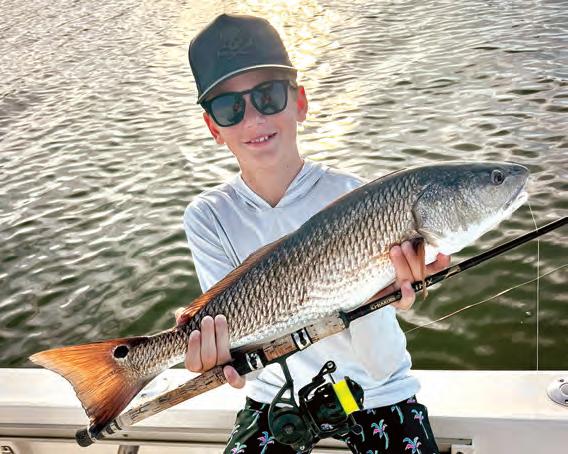
that are the perfect size for mangrove snapper. Three-inch baitfish are usually inhaled by snapper, as soon as it hits the water. With the influx of some smaller bait, your live well will have a wide variety of sizes for whatever species you’re targeting.
Afishionado, “Adventures in Fishing.”
—Tampa Bay fishing guide Wade Osborne of “Afishionado Guide Services” has been plying the waters of Tampa Bay as a professional full-time captain, since 1997. Capt. Osborne offers inshore fishing charters on light tackle spin, fly or plug. He also offers eco-tours with an emphasis on photography. For more info., visit Afishionado.com or find Afishionado Guide Services on Facebook and Instagram. Email: wade@afishionado.com Call/Text 813-286-3474


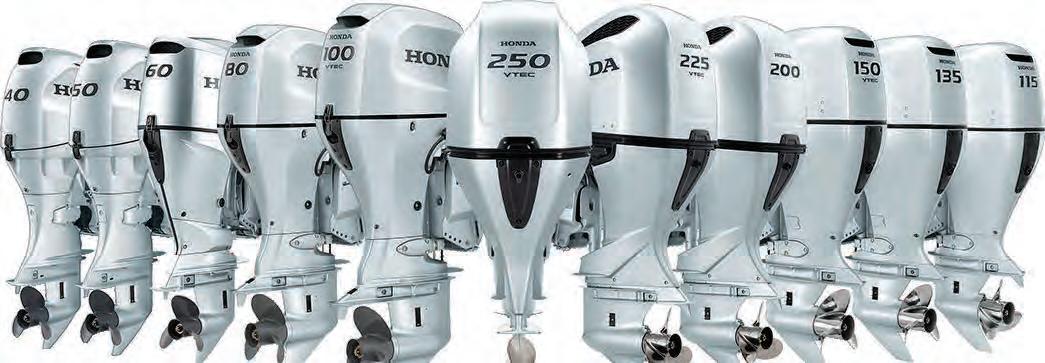

BY: CAPT. JOSHUA TAYLOR
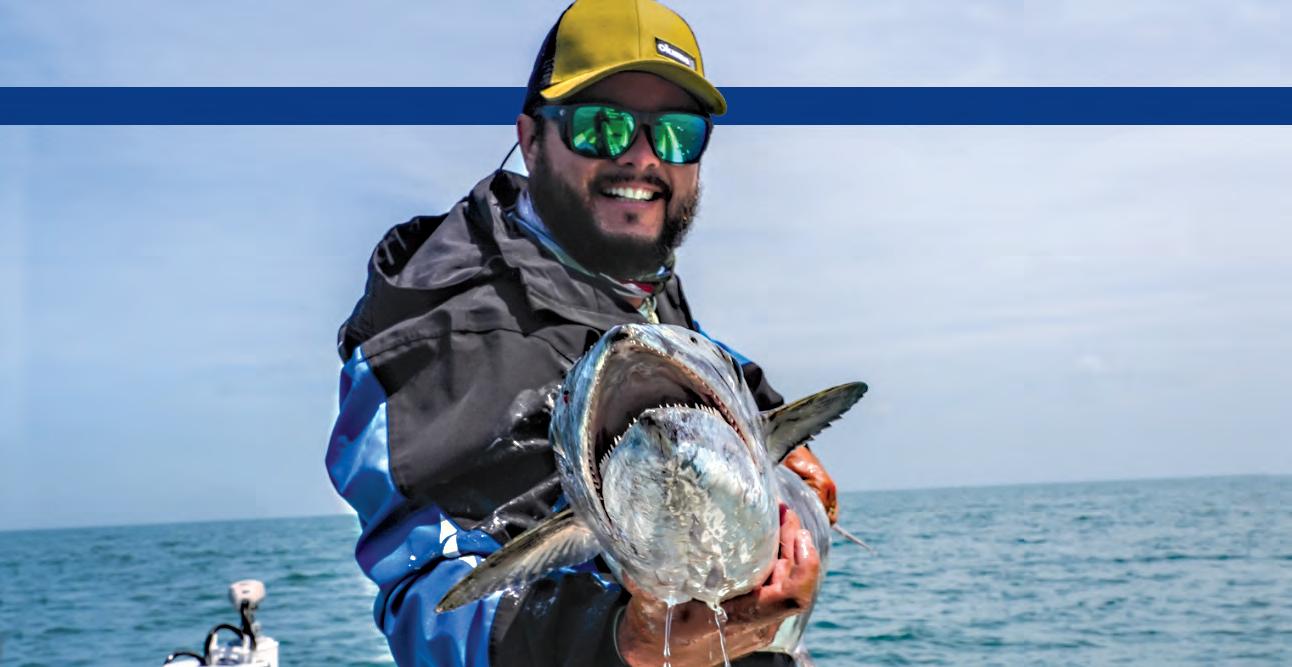
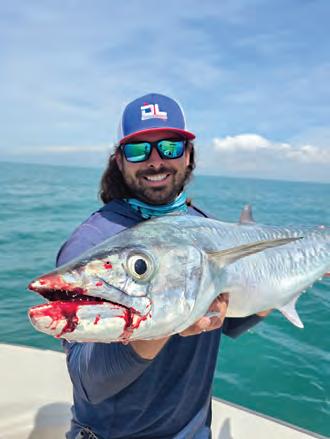
Tampa Bay is buzzing with activity, as the annual kingfish migration kicks into high gear. These high-speed, hard-hitting predators have pushed into the Bay and surrounding waters in big numbers, offering up explosive action for boaters targeting nearshore reefs, shipping channels and beachside bait schools.
Recent fishing reports have been red-hot, with king mackerel in the 10 to 30-pound range being caught consistently, and a handful of fish over 40 pounds turning heads. Anglers trolling live baits like blue runners, threadfin and sardines along the edges of the Egmont Channel, around artificial reefs and near buoy lines are experiencing epic runs and spectacular surface strikes.
The key to success has been finding the bait. Massive pods of threadfins and scaled sardines are migrating through the Bay and, wherever the bait is, the kingfish aren’t far behind. Popular trolling setups include balloon rigs, stinger hook rigs and wire leaders to prevent bite-offs from the kings’ razor-sharp teeth. For those who prefer artificial lures, big silver spoons, trolling plugs and flashy jigs are all producing, when worked around active bait pods.
The kingfish bite isn’t limited to offshore zones either. Schools have been pushing inside the Bay on strong tides, providing inshore anglers a rare chance to tangle with these drag-screaming missiles without having to run far. From the Howard Frankland Bridge to the Skyway channel edges, reports of kings striking flat lines and slow-trolled baits are on the rise.
And it’s not just kingfish. Spanish mackerel, bonito, cobia and blacktip sharks are also active, making for diverse catches and action-packed trips.
Whether you're running offshore or staying closer to home, the kingfish are here, and Tampa Bay is delivering in a big way. Now’s the time to fuel up, load the livewell and get ready to battle one of Florida’s most thrilling seasonal visitors.
Tight Lines

— Capt. Joshua Taylor is a professional angler, apparel designer, and influencer whose passion for fishing and dedication to storytelling meet. With years of experience on the water and behind the pen, Joshua ensures each issue is packed with expert tips, local reports, and stories that resonate with the angling community. Connect with Capt. Joshua Taylor: joshua@saltyscales.com | www.saltyscales.com | Follow on Facebook: facebook.com/SaltyScales | YouTube: youtube.com/saltyscales | Instagram: instagram.com/saltyscales | TikTok: https://www.tiktok.com/@saltyscales
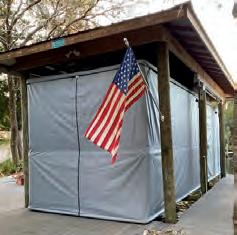
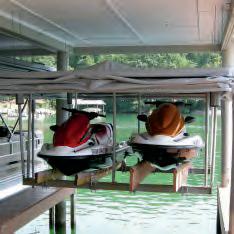
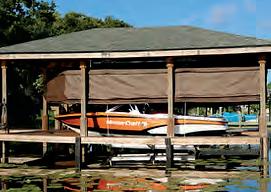

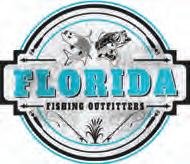
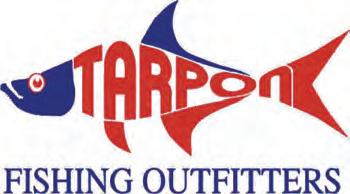
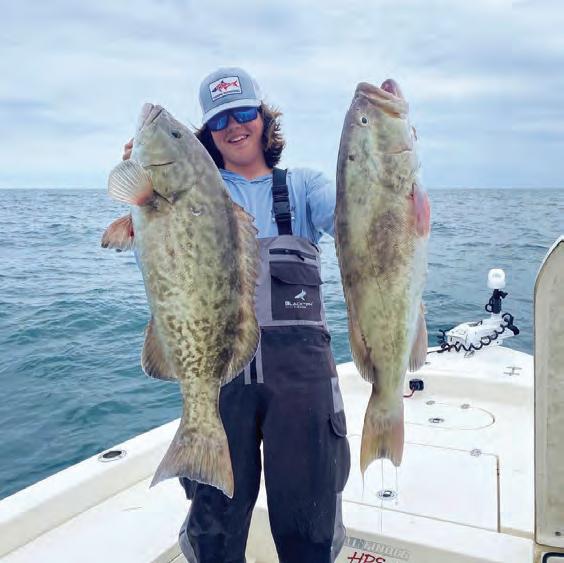
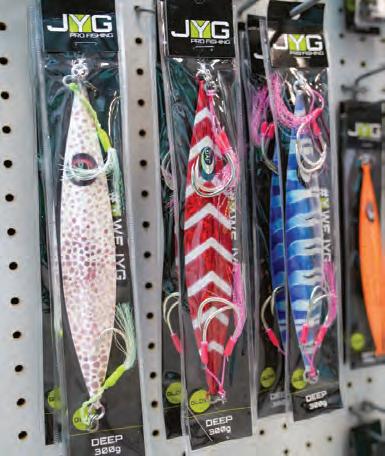
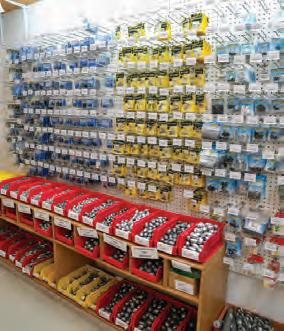

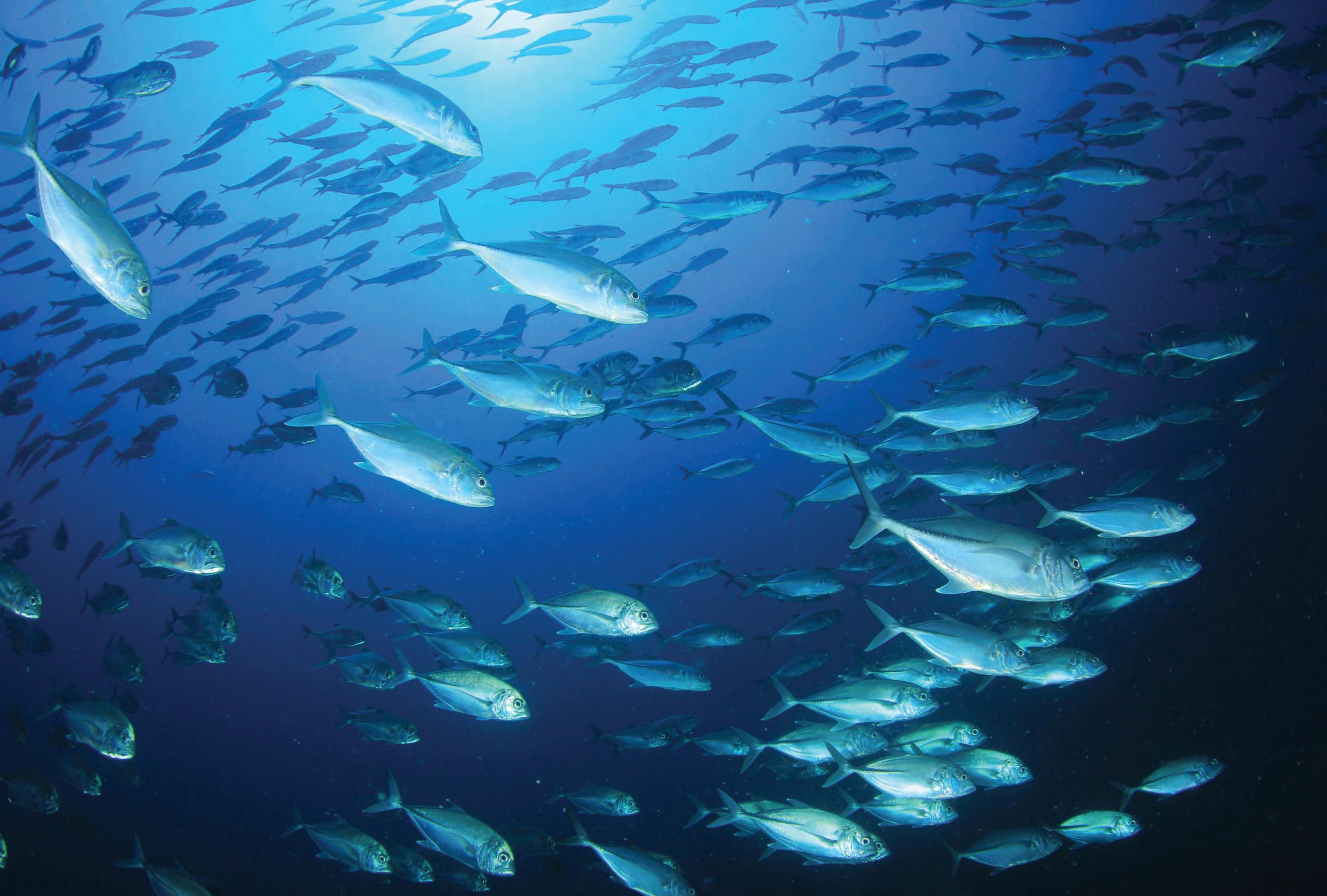

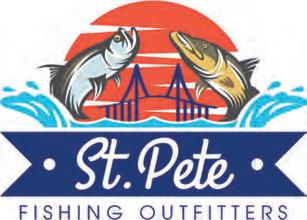


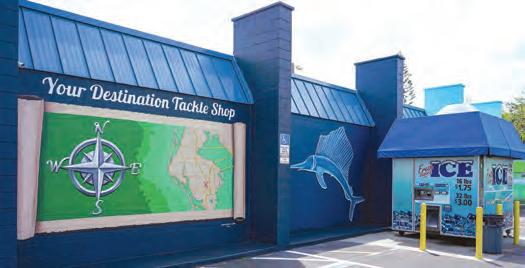
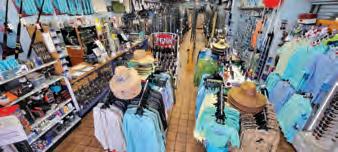
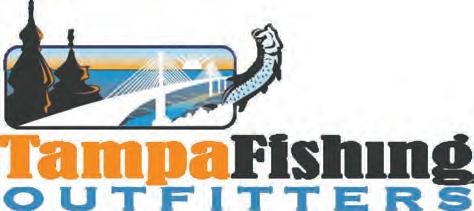



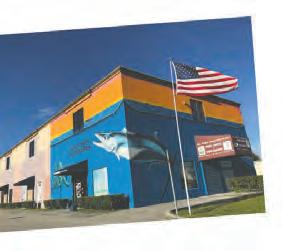
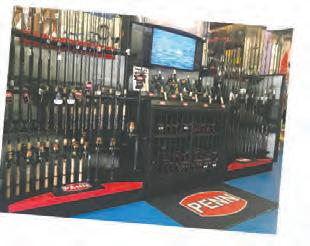
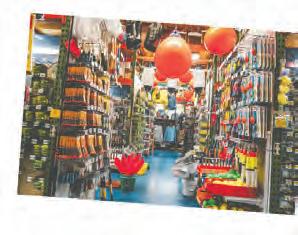
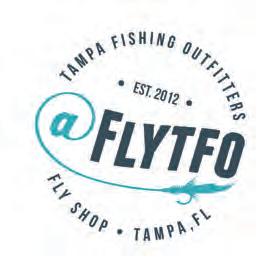

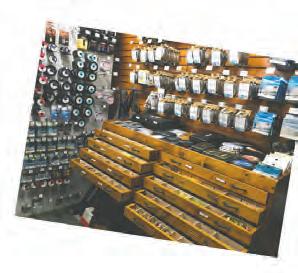


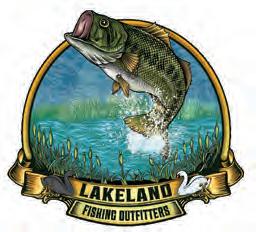

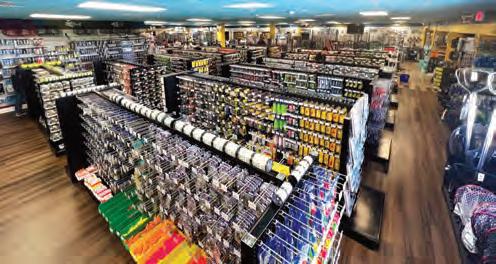
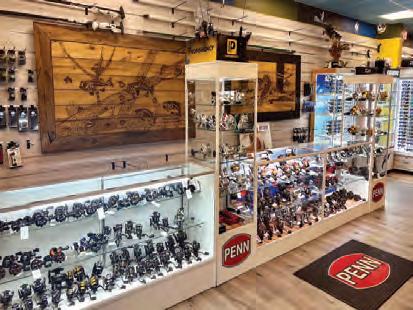



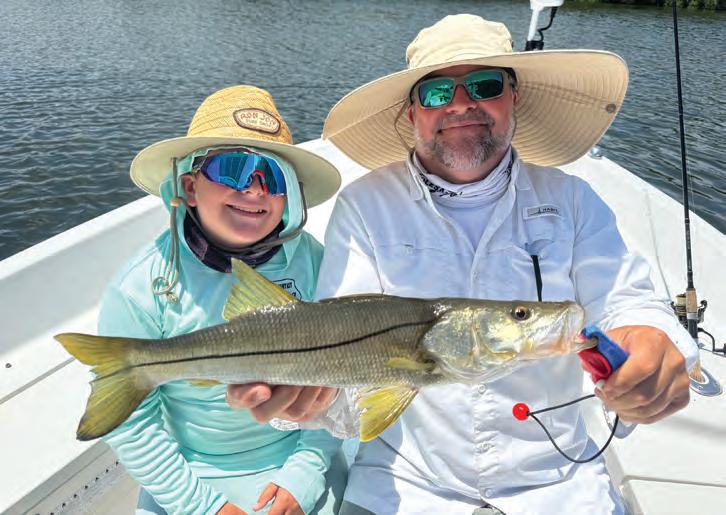
BY: CAPT. GEORGE HASTICK
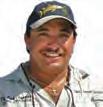
snook, redfish, mangrove snapper and more (just like people) will look for shade to try and stay a little more comfortable during the day and in an area where moving water will bring them food. Moving water always creates a better bite.
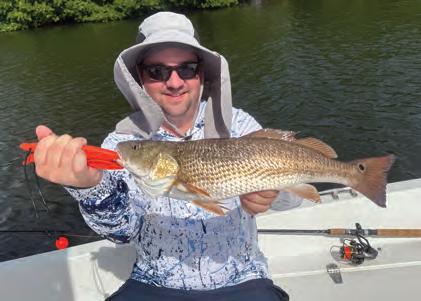
September is usually the month that starts to cool off a little, after the peak heat that we had during August in Tampa Bay. It is still going to be very hot, especially in the afternoons, but the water temperature will drop a few degrees into the mid 80’s, which is still hot. This is when fish like
Shade for fish can be found in many different areas. The multiple docks that are all over the bays and canals provide great shade. When looking at docks, look for old docks that have a lot of barnacles on them--this is what I call an established dock. Also, look for docks that have a large footprint that have a lot more shade, or ones that have rubble under them. When fishing these docks, try to get your bait under the dock or, at least, right at the edge of the dock for your best chance at getting a bite. When fishing structures like this, have a tight drag and be ready for an instant hit when you make a good cast under the dock. Scaled sardines, large shrimp and Saltwater Assassins 4-inch sea shad are all good choices, depending on whether you like fishing with live or artificial
Continued on page 12





Ground Floor, FULLY FURNISHED, turnkey and ready to generate income. This beach-themed 2/2 condominium has a solid rental history and is situated within a pet-friendly, all-ages, GATED COMMUNITY which allows WEEKLY RENTALS and is only 3.5 miles from award winning CLEARWATER BEACH!


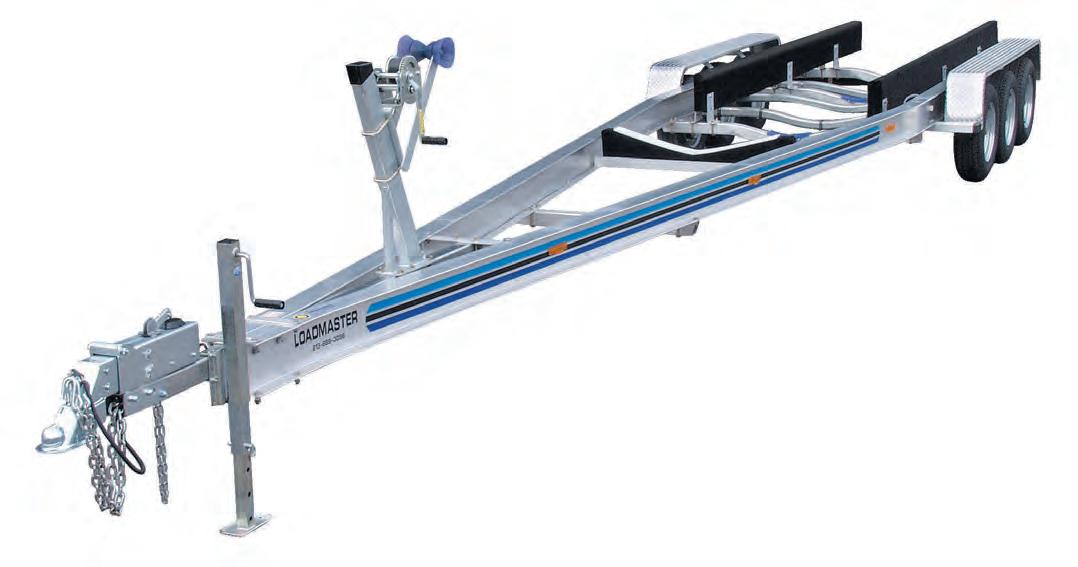


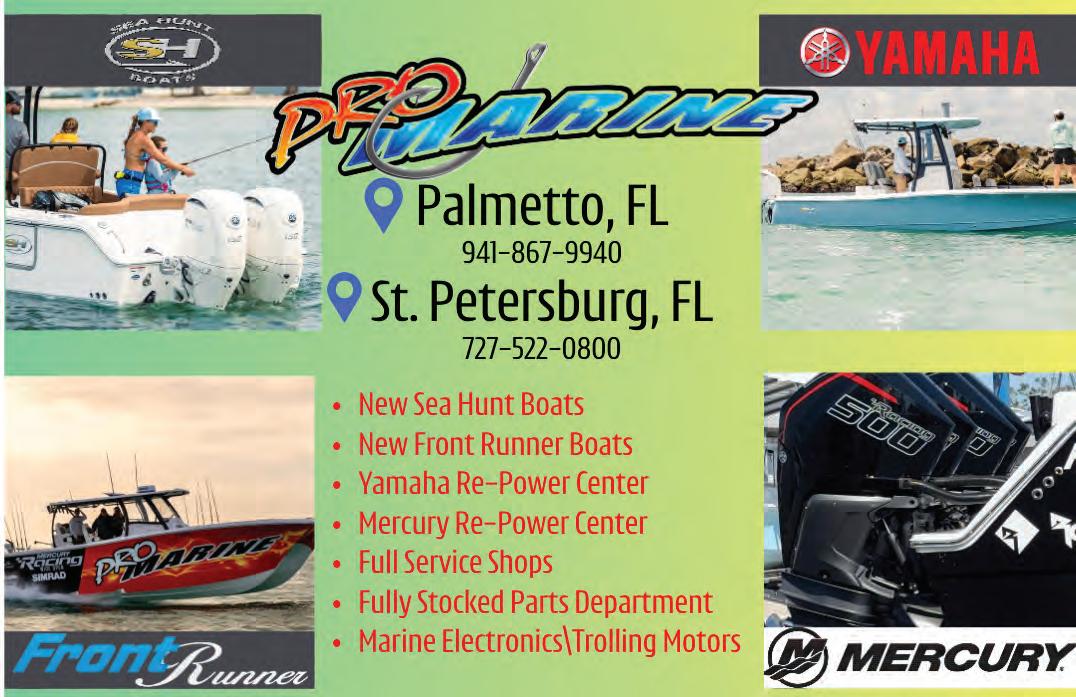
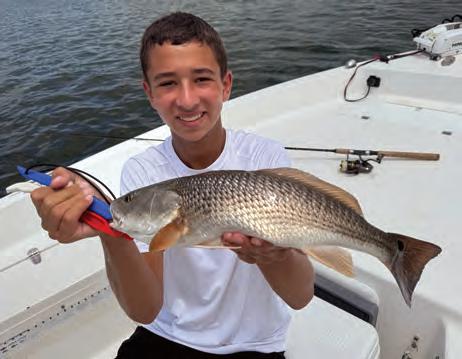
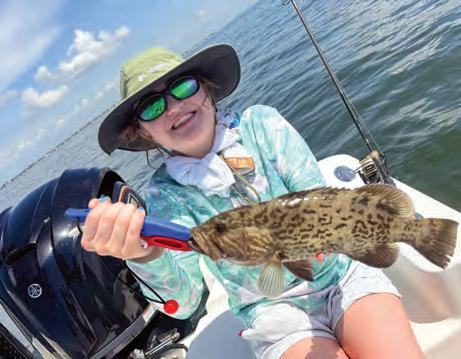
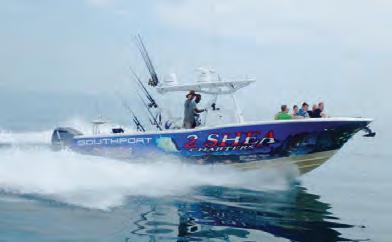
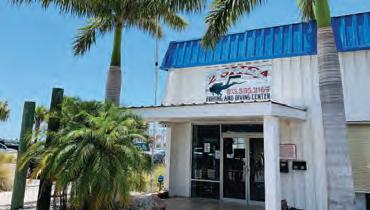
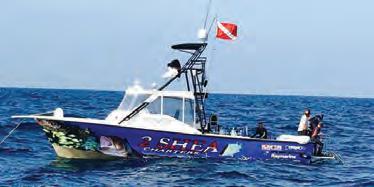
baits. You can also use cut bait. I like to freeline the live baits as much as possible but, sometimes, due to current, weight must be added. I use just enough weight to keep the bait in the target zone and down in the water column.

Another great source for shade and food is mangrove tree areas. Mangroves are low to the water and create great shady overhangs for the fish to stay cooler and ambush bait, as the current brings it to them. Again, good casts will make the difference on the amount of hits you get. A float with a bait set just above the bottom, drifting in front of a mangrove tree line, can work great. Free lined, you can try to cast under the mangroves.
Another area to fish in that is not so shaded but gets a lot of moving water that is cooled off, is the multiple dams and runoff pipes that drain into the Bay after a hard rain. That rain will cool the water off and flush bait into the water where fish will sit, because it will turn into a feeding station and the fish know it.
Last, but definitely not least, are all the large and small bridges of the Tampa Bay area. These can be goldmines with a variety of species and will also keep you cool during the hottest part of the day. So, get out there and take advantage of knowing where to fish and get you some lol.
— Capt. George Hastick of “Fish Hunter Fishing Charters” in St. Petersburg, Fl. is the co-host of Florida West Coast Fishing Report and co-hosts Fishing Adventures Florida which is on five streaming channels and You Tube. He has been fishing the waters of the Tampa Bay area for over 40 years and guiding over 20 years.
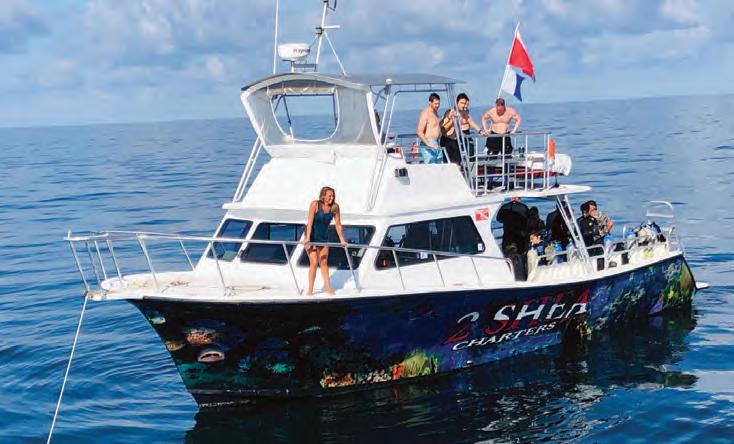
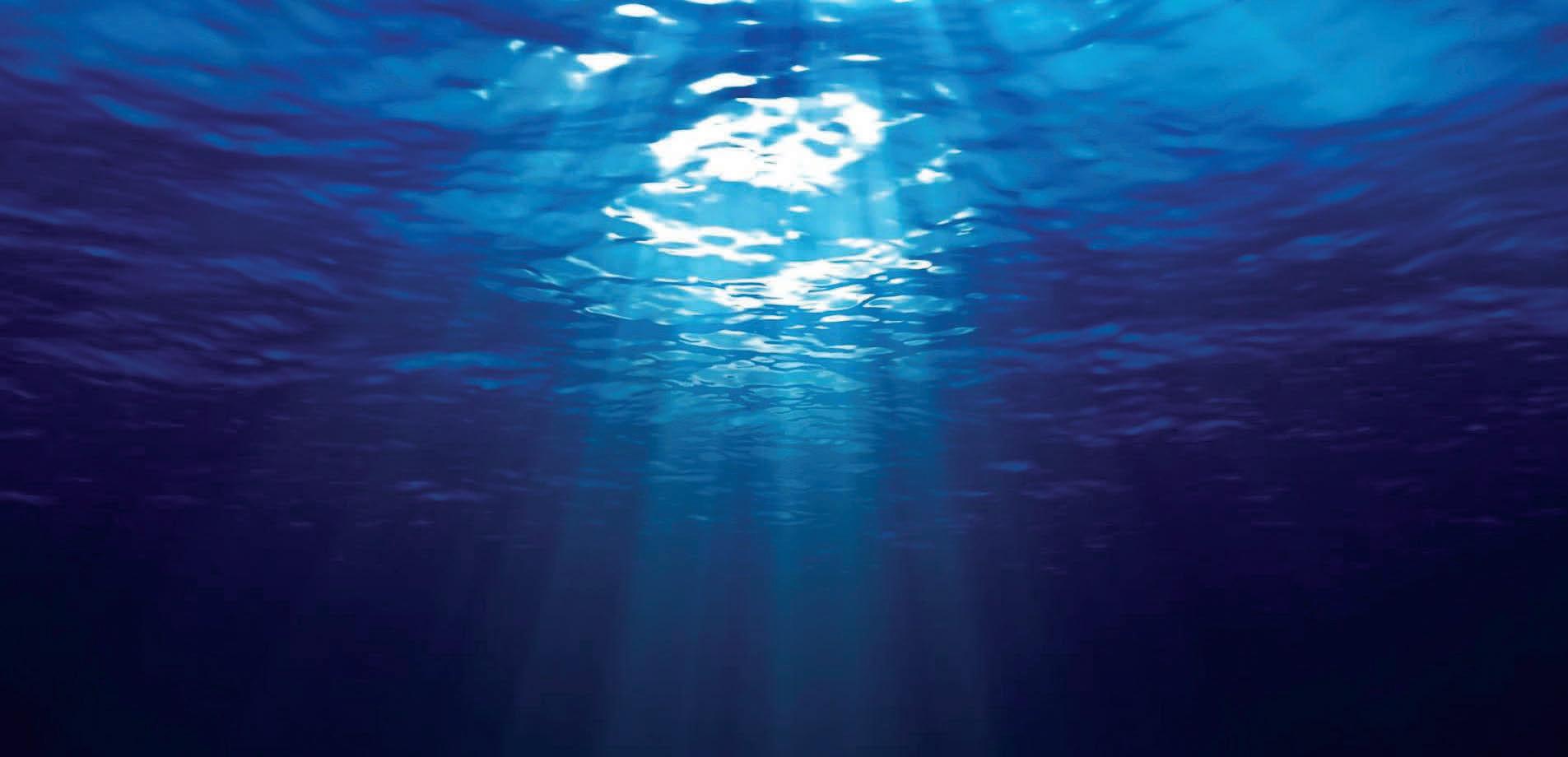
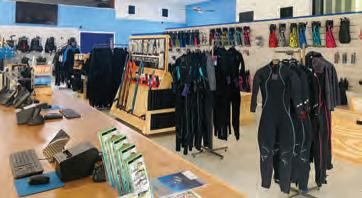

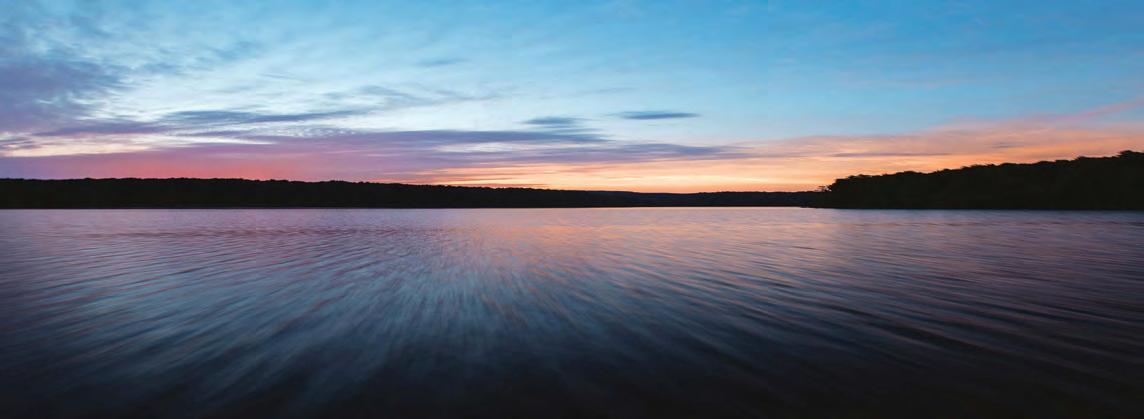



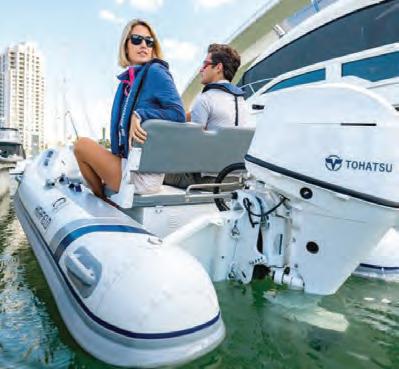
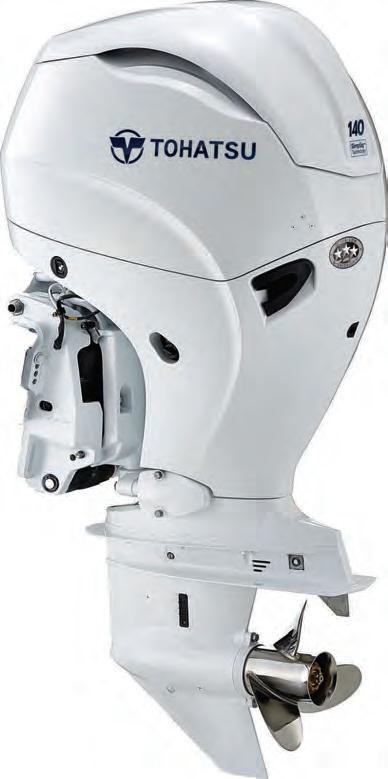
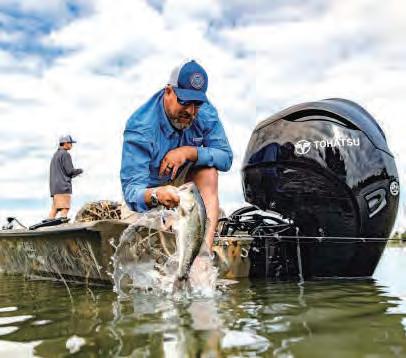


















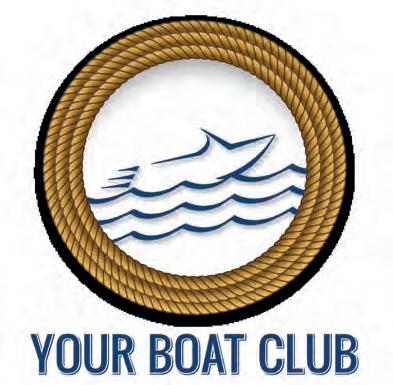





















9
8
5
4
1




















18
19
20
21 Sun 1:04 2.8 1:16 3.1 7:21 0.7 7:48 0.8 7:18 7:29
22
23 Tue 1:51 3.0 2:32 3.0 8:34 0.4 8:42
24
25
26
27
28













Rocky Creek, Little Pine Island

































This side dish goes great with fish and most any kind of shellfish.
Ingredients:
• 1 cup cornmeal
• 1/3 cup flour
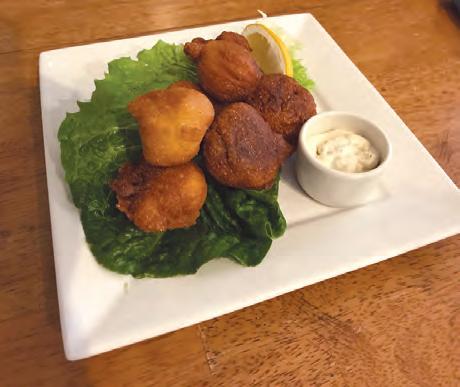
• 1/2 teaspoon salt
• 1 egg
• 1 teaspoon baking powder
• 1/4 teaspoon baking soda
Directions:
• 1/2 cup milk
• oil for frying
Preheat oil to 350°F. Combine dry ingredients. Beat egg. Add the egg to the dry mixture with most of the milk adding more milk as needed to create a dough that is moist but not runny. Do not over mix. Drop the mixture by teaspoon in hot oil. Cook 3 to 5 minutes until golden, turning once during cook time. Place on paper towel to cool. Serve with Tatar sauce. And a wedge of lemon. Enjoy.
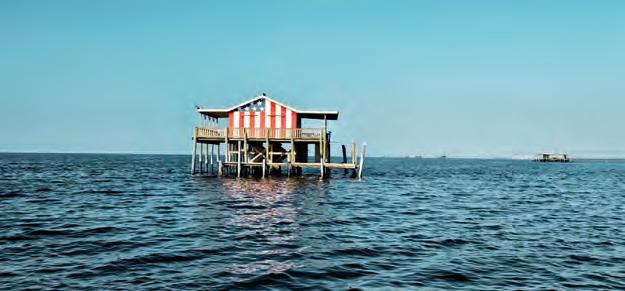
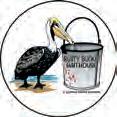

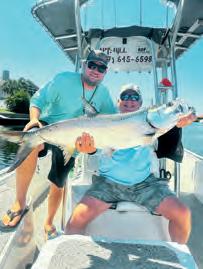
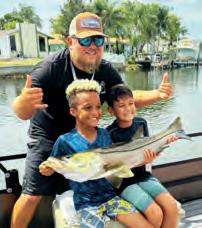
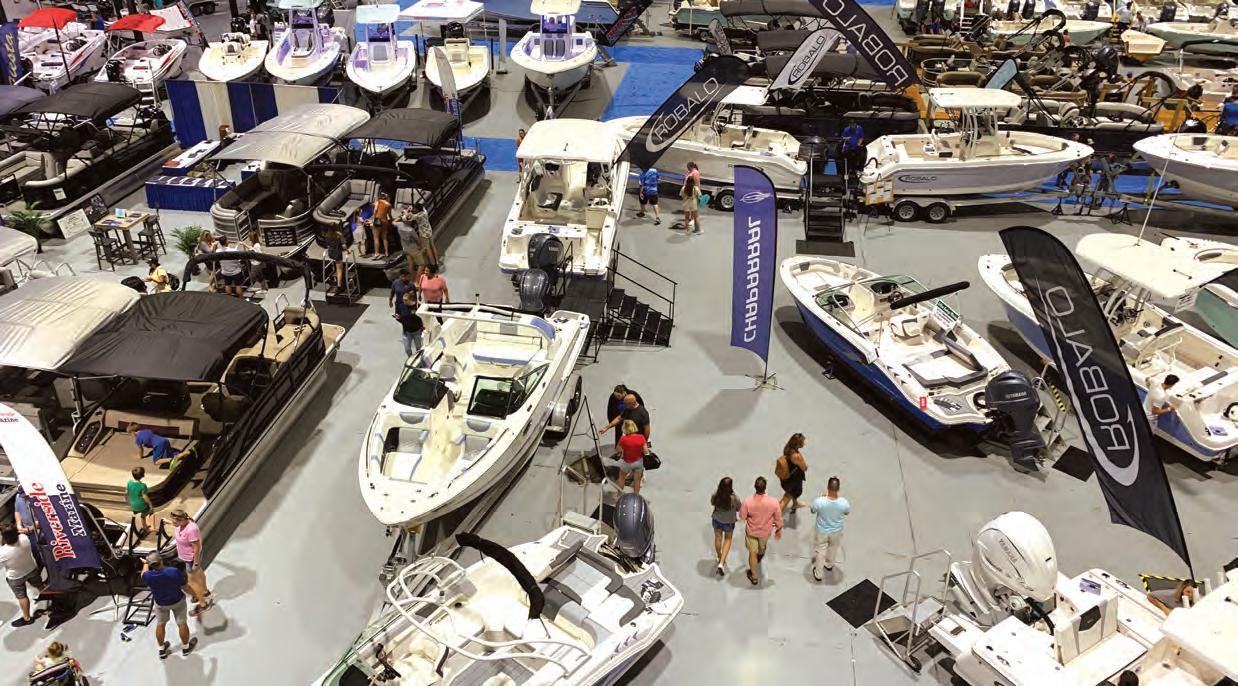

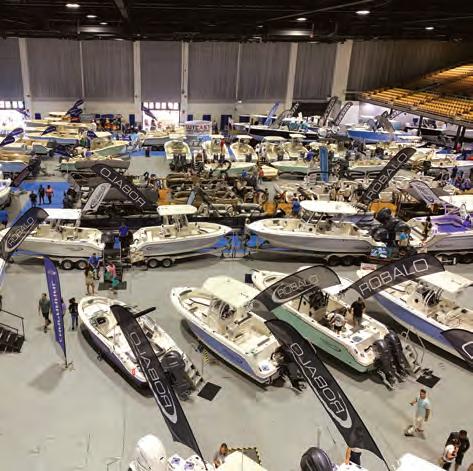
Chart your course the Florida State Fairgrounds on September 26, 27, 28.
Enjoy walking around millions of dollars of inventory on hand from Tampa Bay’s leading boat dealers. The Tampa Bay Boat Show is a grand event showcasing area boat dealers/manufacturers, the latest in boating and fishing supplies.

The Tampa Bay Boat show offers a great way to see and compare all available makes and models in one location. Pontoons, Cruisers, Center Consoles, Jet Skis, exhibits and more. Plus, you don’t want to miss the Florida Fishing School Seminars Series each day. Take part in a series of presentations by the area’s top fishing guides and local experts…great tips, secrets, and fun! Learn how to catch the big one!
There is something for Boaters of all ages waiting for you. After you have found your dreamboat explore the many exhibits of the clothing, sunglasses, boating and docking accessories and so much more.
The event is open to the public, and admission is free so bring the family and make a day of it. You could be on the water before the weekend is over.
HOURS: Friday – Sunday 10am-5pm FREE ADMISSION
Florida State Fairgrounds 4800 US-301, Tampa, FL 33610
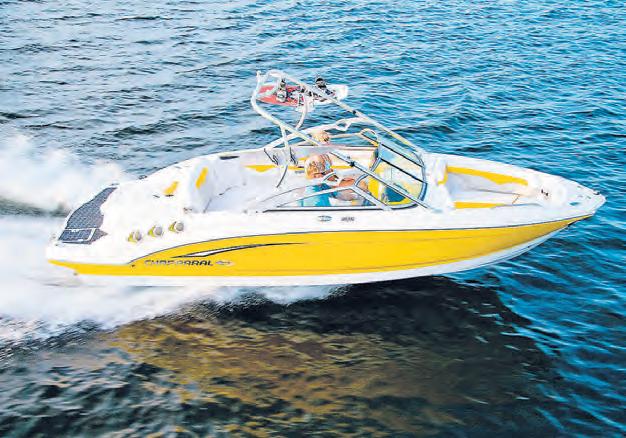
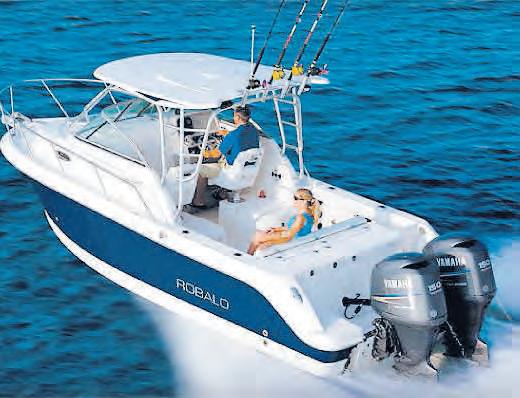
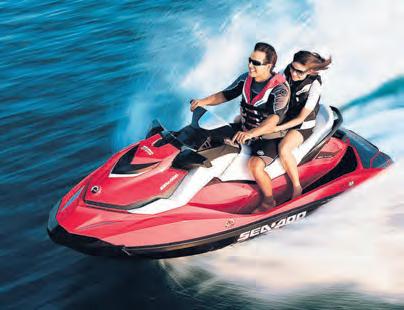
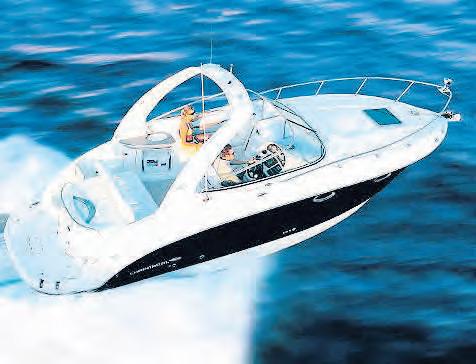
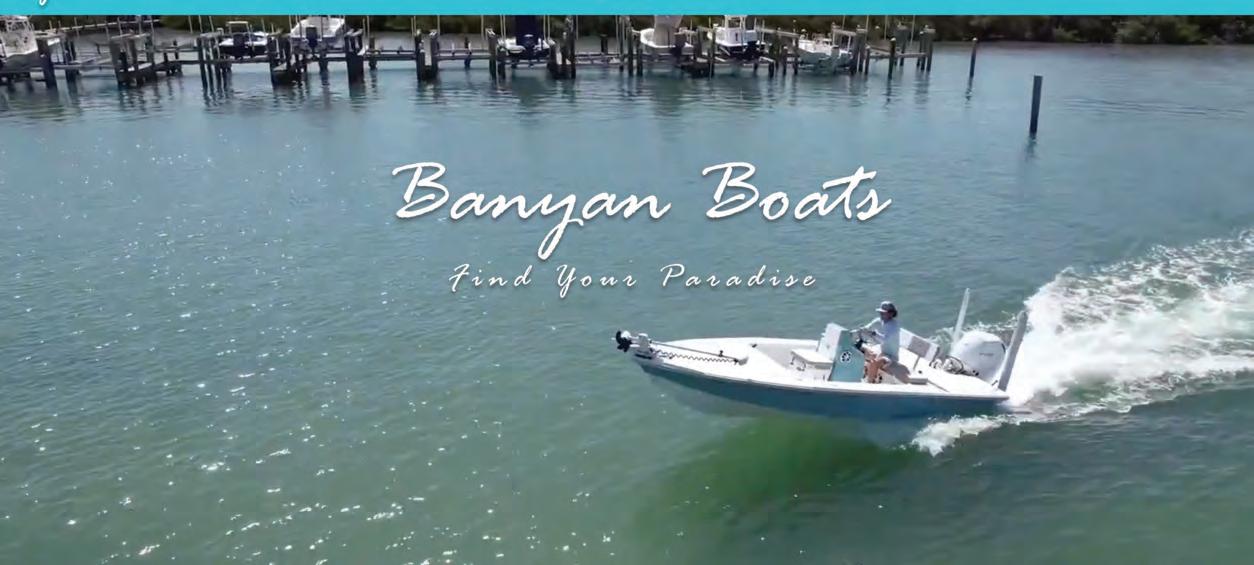
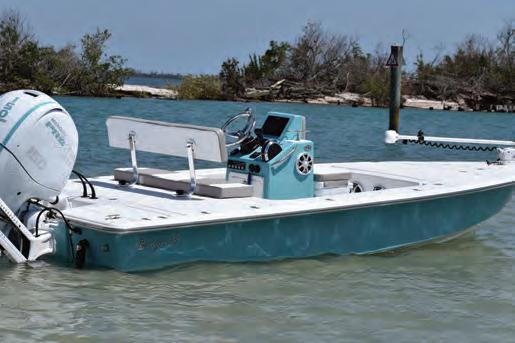
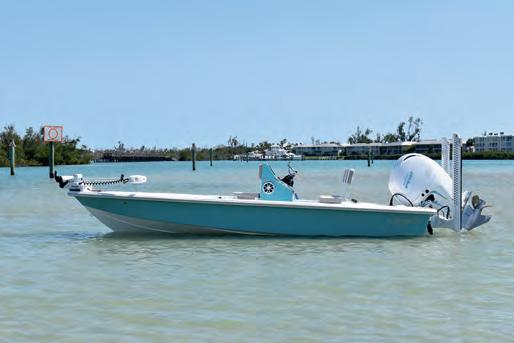
We invite you to come and build a boat with us. Experience firsthand the difference that passion, expertise, and a commitment to quality can make. Whether you’re an avid angler or a weekend adventurer, we’re here to help you create the perfect vessel for your lifestyle.





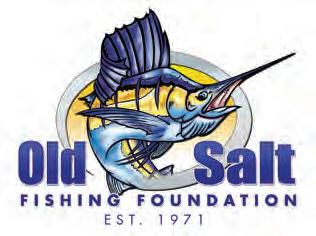
November 6-8, 2025 Madeira Beach, FL
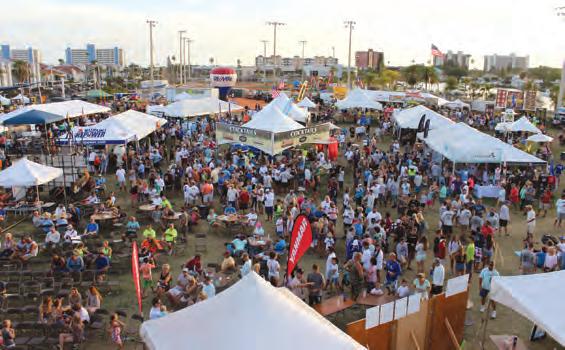
Experience the excitement of the King of the Beach, one of Madeira Beach's most beloved events! Join over 500 teams competing for more than $300,000 in cash and prizes as they chase the elusive King Mackerel, aiming to be crowned the tournament champion. This annual event, a staple for over 30 years, is more than just a fishing tournament—it's a vibrant festival featuring live music, delicious local food, marine-themed art and crafts, boat displays, and a fun-filled kid zone. From Thursday through Saturday, enjoy the festivities, watch the fish being weighed in, and marvel at the spectacular fireworks show on Saturday. You don’t have to be a fisherman to enjoy the fun—this festival is perfect for everyone!
Why should you fish or support this tournament? Whether you're a seasoned angler or a greenhorn, this competition offers a level playing field, low entry fees, and over 60 ways to win. It's a fantastic opportunity to bond with family and friends, build camaraderie, and create unforgettable memories.

Moreover, the Old Salt Fishing Foundation, a dedicated non-profit run entirely by volunteers, organizes this event to give back to the community. Last spring, they provided over 600 kids with fishing rods, and last fall, they used proceeds to aid hurricane victims in Madeira Beach, helping over 60 families rebuild their lives.
Join us in celebrating community, supporting a great cause, and making lifelong memories. Visit our website, check Facebook for updates, or contact us at www. OldSaltFishing.org • amy@ OldSaltFishing.org, or 727201-7777 to learn more or register. Don't miss out on this incredible event—be part of the fun and the community spirit today!
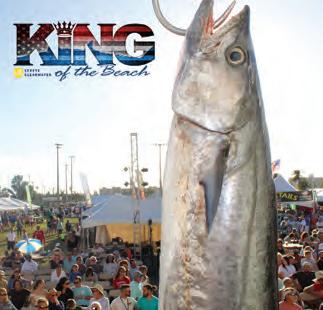
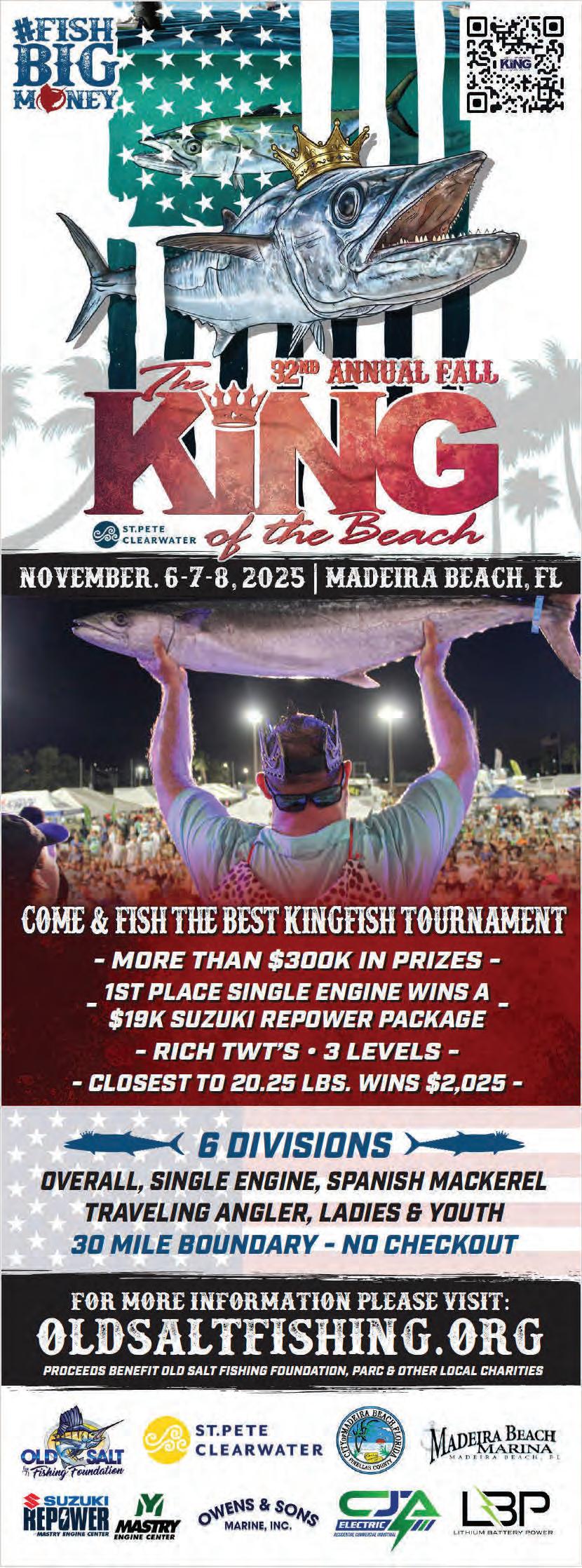
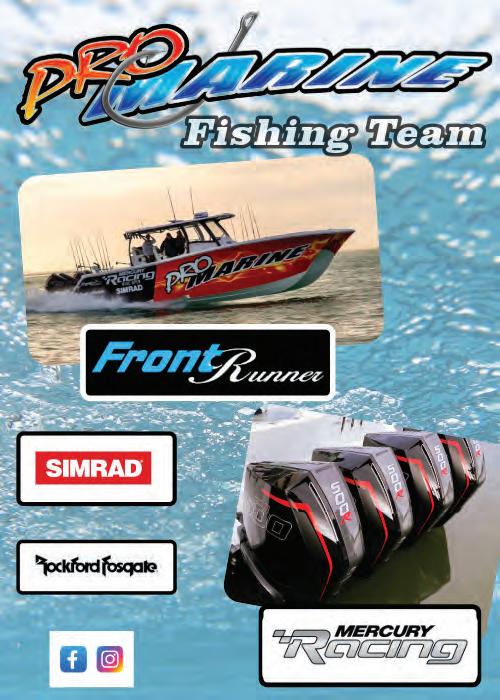
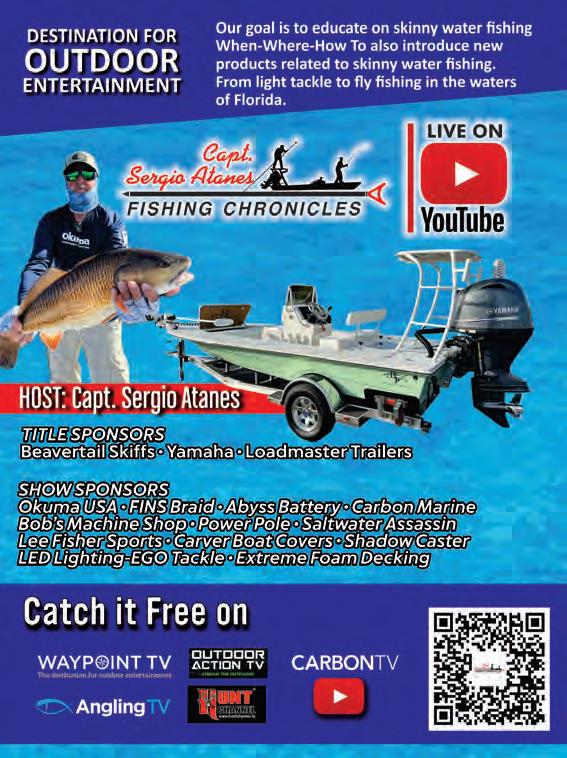
BY: CAPT. BILL RUTHERFORD
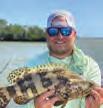
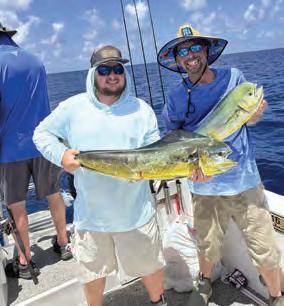
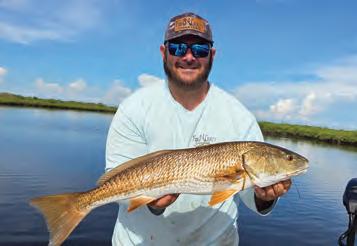
You’re going to hear a lot of fishing reports talking about snook on the beaches and redfish on the flats this time of year, and this still holds true. The snook in our area are scouring every bit of sandy shoreline the area has to offer, and they are eating big baits. Ladyfish and grunts work the best, but you can get them to eat a mullet and, occasionally, they’re fired up enough for a greenback. If you see a bunch on the shoreline that aren’t being aggressive, try using that same ladyfish or grunt and cut them up into a nice big cut bait. Speaking of cut bait, unless you’re a fly fisherman, that’s going to be the go-to method for the redfish in our area until the water gets below 90. We do have a good amount of schooling fish on our flats, which makes targeting them much easier at the lower tides. If you see the schools moving around, don’t chase them! Fight the urge to go after them, pay attention to the pattern they’re working and get your cut bait out in front of them.
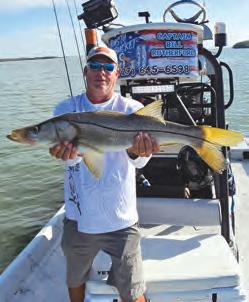
Shifting gears a bit, the offshore bite in our area has been nothing short of fantastic. Captain Dustin Bush with FishnCrazy Charters reports an outstanding gag grouper bite from 30 to 80 feet of water, which is a great sign considering the short season for them is right around the corner. The big boys are hanging on big structure from 100 to 200 feet of water along with the red grouper and red snapper. Live pinfish is the bait of choice for all of them, but add in some squid to make stingier red grouper bite. Lastly, mangrove snapper and hogfish are fired up anywhere from 40 to 100 feet fishing swiss cheese bottom using shrimp, squid and pinfish for the bigger mangs. Mahi have also been caught in high numbers in that same range, so make sure you’re rigged for those, as well.
You can beat the heat and fish at night using everything I just talked about but, if that isn’t your thing, we can still box plenty of them during the day. So, get up early, stay up late or run out deep, and this time of year could load your freezer up for the entire winter!
— Captain Bill is a Florida native who grew up fishing the Gulf Coast. Being a proud Army Vet himself, he founded a charity called VetCatch that takes disabled veterans on cost free fishing trips in the Tampa Bay area. He guides out of New Port Richey fishing a Bulls Bay tower boat as well as the custom 25foot VetCatch pontoon if needed for elderly/disabled fisherman.
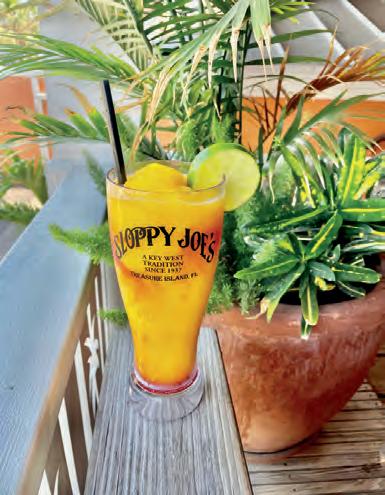

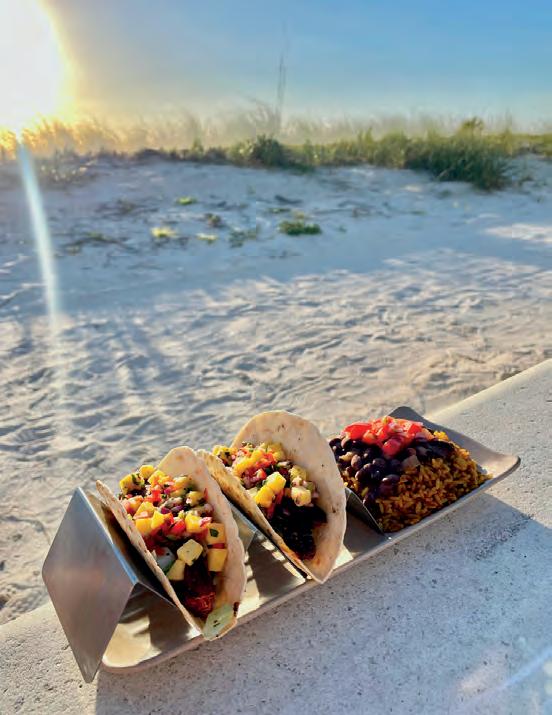


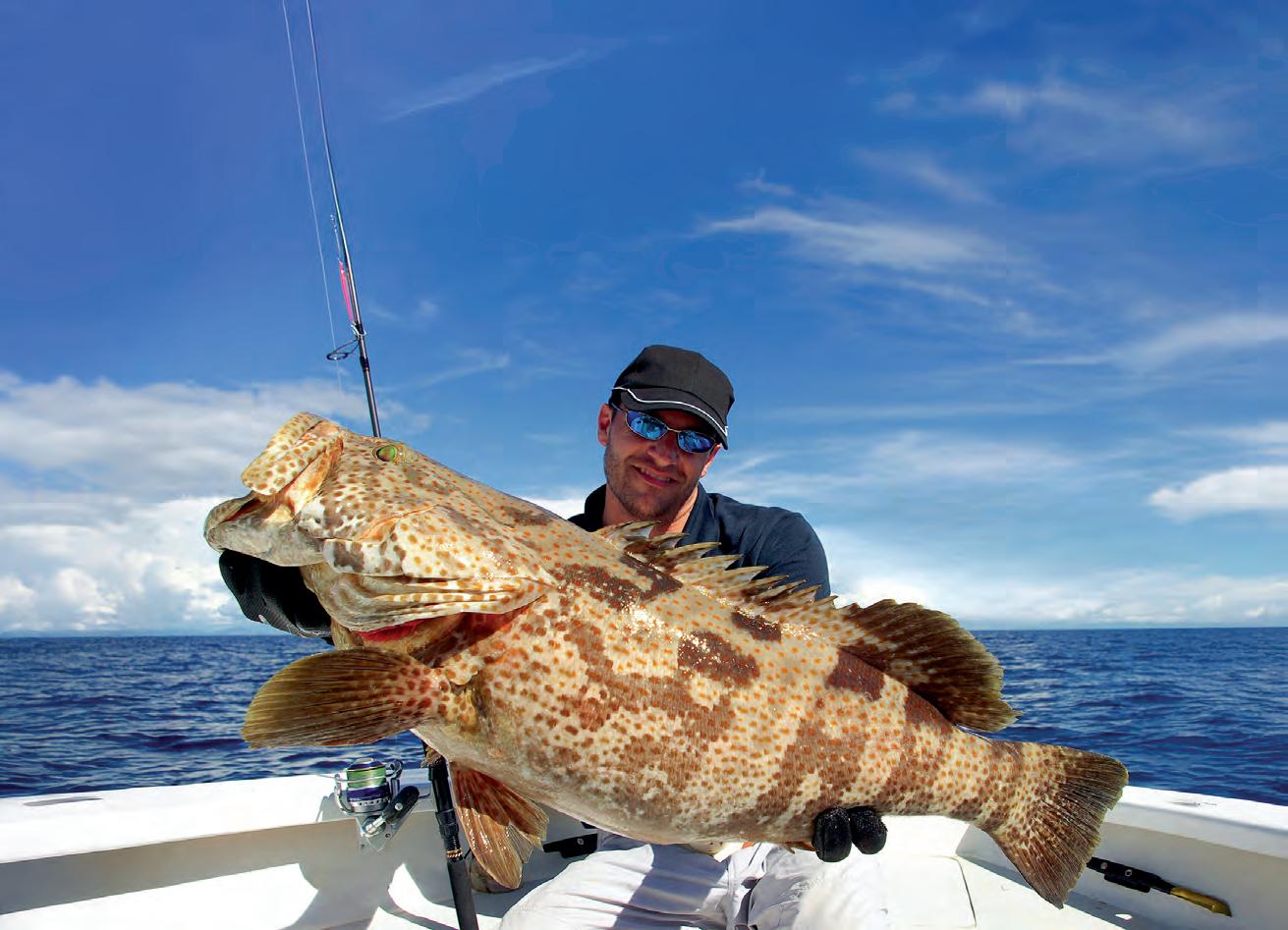
Bring in your fresh, same-day catch and let us do the rest. We'll cook up to 2 lbs. of your filleted fish (bone-in okay) and serve it alongside two delicious sides of your choosing. We’ll accept just about any fish, except ladyfish, sea catfish, or bait fish.

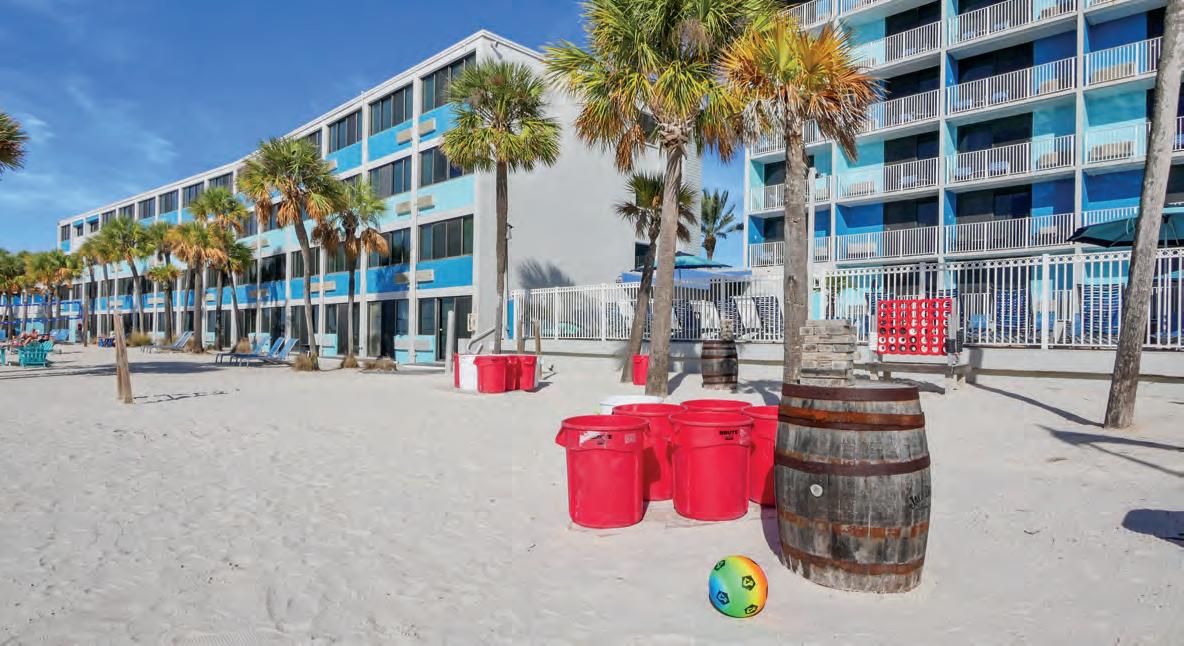
ENDS OCTOBER 1ST
We reserve the right to refuse any catch that appears unfit for preparation. Consumption of any outside food is at your own risk. The restaurant is not responsible for illness related to the handling, storage, or preparation of guest-provided fish.




Salt Strong is more than a fishing club; it is a movement to unite, inspire, and empower anglers nationally. Salt Strong Chapters are located from Texas to Florida to the Carolinas and offer the opportunity to Meet Local Anglers, Learn from Informative Speakers, Participate in Conservation Activities, and Win Awesome Giveaways. Go to SaltStrong.com to stay up to date and to learn more.
By: Darlene Shuman, PE, President of Salt Strong Alliance
If you’ve been noticing more rods bending on the shoreline, more boats buzzing out at dawn, and more kids learning to cast, you’re not imagining things—America’s love affair with fishing just reeled in its biggest year ever. According to the 2025 Special Report on Fishing from the Outdoor Foundation and the Recreational Boating & Fishing Foundation, a recordbreaking 57.9 million Americans aged 6 and up wet a line in 2024. That’s more anglers than ever before in our nation’s history. And the tide is still rising.
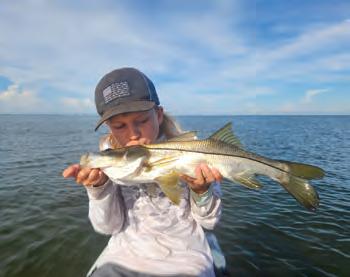
The sport welcomed 5.1 million first-time anglers in 2024—up from 7% to 9% of all participants in just one year. For many, the draw wasn’t just the fish. Survey data shows that spending time with family and friends was the #1 reason people picked up a rod for the first time. The promise of fresh air, wide-open skies, and a dose of relaxation sealed the deal for others. It’s proof that fishing isn’t just about catching—it’s about connecting.
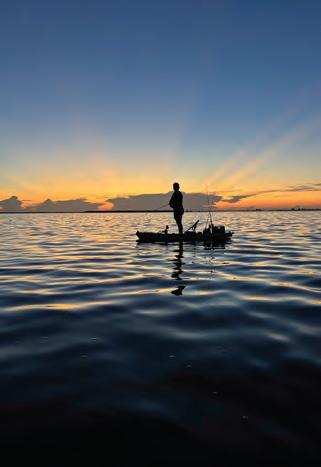
Freshwater remained king, with 43+ million anglers holding steady for the third year running. But saltwater fishing also made waves, nudging past the 15-million mark for the first time in 2023 and climbing to 15.1 million in 2024.
From chasing speckled trout in coastal estuaries to flipping for bass in a neighborhood lake, anglers across the country are proving that the pull of the line knows no boundaries.
Men accounted for a record 36.7 million participants, but women continue to carve out an all-time high presence on the water. Female participation held steady at 21.3 million anglers in 2024, representing 37% of all anglers and nearly 4 in 10 first-timers. Even more exciting—women now make up 43% of those considering giving fishing a try.
Perhaps the most telling statistic? 85% of today’s anglers caught their first fish before the age of 12. Participation rates drop sharply after 18, making
families with young children a critical piece of fishing’s future.
If we want the sport—and the waterways that support it—to thrive, it’s vital to put rods in kids’ hands early. A young angler today could be tomorrow’s conservation leader.
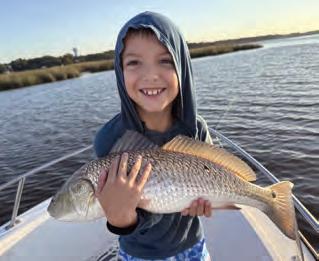
In 2024, only 1 in 5 anglers fished alone. Nearly 80% cast their lines in groups of 2–5, underscoring fishing’s role as a social connector.
And the bite was good: 87% caught at least one fish on their most recent outing. When it came to the fate of the catch, 38% released it, 35% kept it, and 27% did a little of both. Interestingly, over 40% of trips were either spontaneous or planned just a week in advance—proving that great fishing memories don’t always need months of prep.
This surge in participation isn’t just good for anglers—it’s good for communities, conservation, and the health of our waterways. Every new angler represents another voice for clean water, healthy fish populations, and protected access to the places we love.
The challenge now is to keep the momentum going—by introducing more young people to fishing, breaking down barriers for newcomers, and preserving the very resources that fuel our passion.
Because if 2024 taught us anything, it’s that fishing isn’t just America’s pastime… it’s America’s future.


Only 3,000 tickets will be sold — your odds have never been better!
The future of Florida fishing starts with clean water — and you can help protect it with just one raffle ticket! Want to win the ultimate shallow-water skiff AND protect our Coastal Corridors?
Here’s your chance — and now it’s BOGO: Buy One Ticket, Get One FREE — double your chances to win, double your impact.
This isn’t just about winning a dream boat (valued at over $90,000 MSRP) — it’s about taking action.
As anglers, we’re the first to notice when the bite slows down or the flats go quiet. Now we’re the ones stepping up to restore our waters and rebuild the fishery.
Enter now at: SaltStrongAlliance.com or MicroDraftSkiffs.com
Let’s protect what we love — and maybe win the skiff of your dreams while you’re at it.



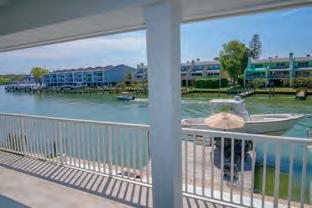


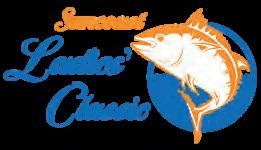
The 2025 Suncoast Ladies Classic was a huge success! Hosted at the beautiful SkyBeach Resort, this ladies-only, family-friendly tournament brought together an amazing group of Anglers for Anglers.
With over $25,000 in cash and prizes up for grabs, Fin Fatal stole the show, taking home more than $11,000 in winnings!
More than just a tournament, the event proudly supported Ready for Life Pinellas, a nonprofit dedicated to helping foster youth thrive. We’re so grateful to everyone who made this year special and can’t wait to do it all again.




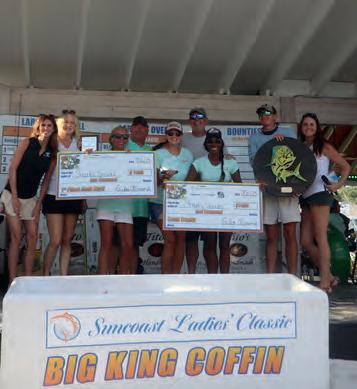
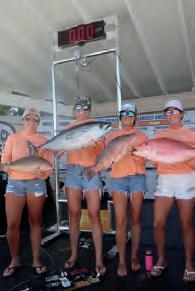

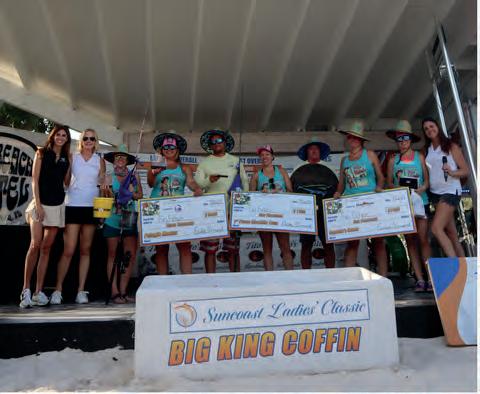
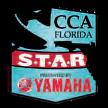

It’s no fsh tale when you run with a John Deere. You can get everything done faster and easier, so you get more time on the water. Plus, our special offers make them the catch of the day.



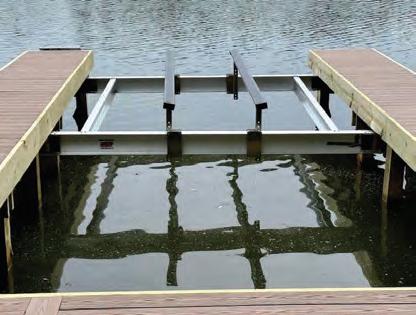
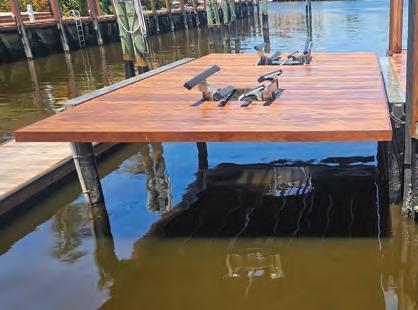
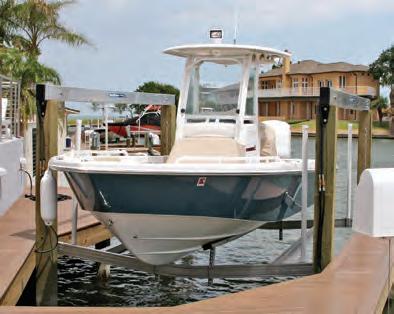

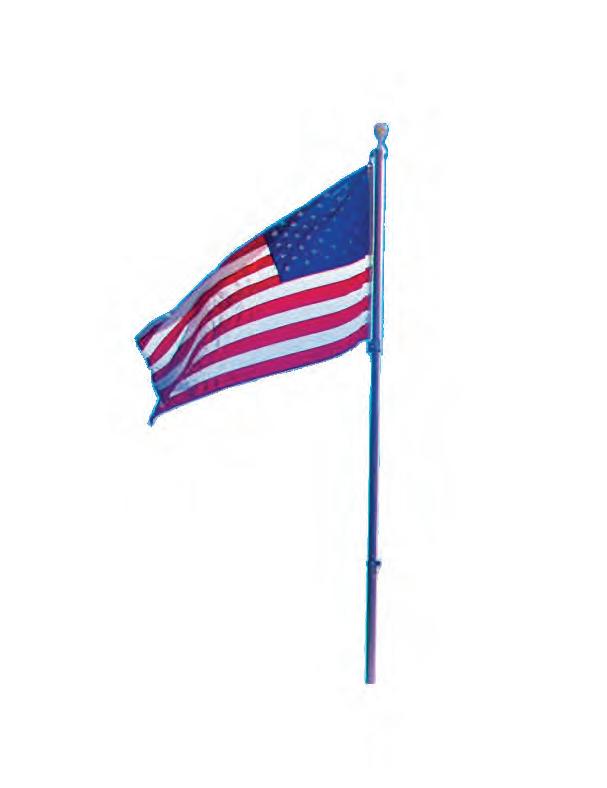
ShoreStation hydraulic boat lifts are a reliable choice for coastal residents and boating enthusiasts alike. Their strong construction, made with corrosion-resistant materials, allows them to withstand harsh environmental conditions, including sun, storms, and saltwater damage. ShoreStation provides a steadfast solution for protecting waterfront investments, o ering peace of mind to owners in the Sunshine State.
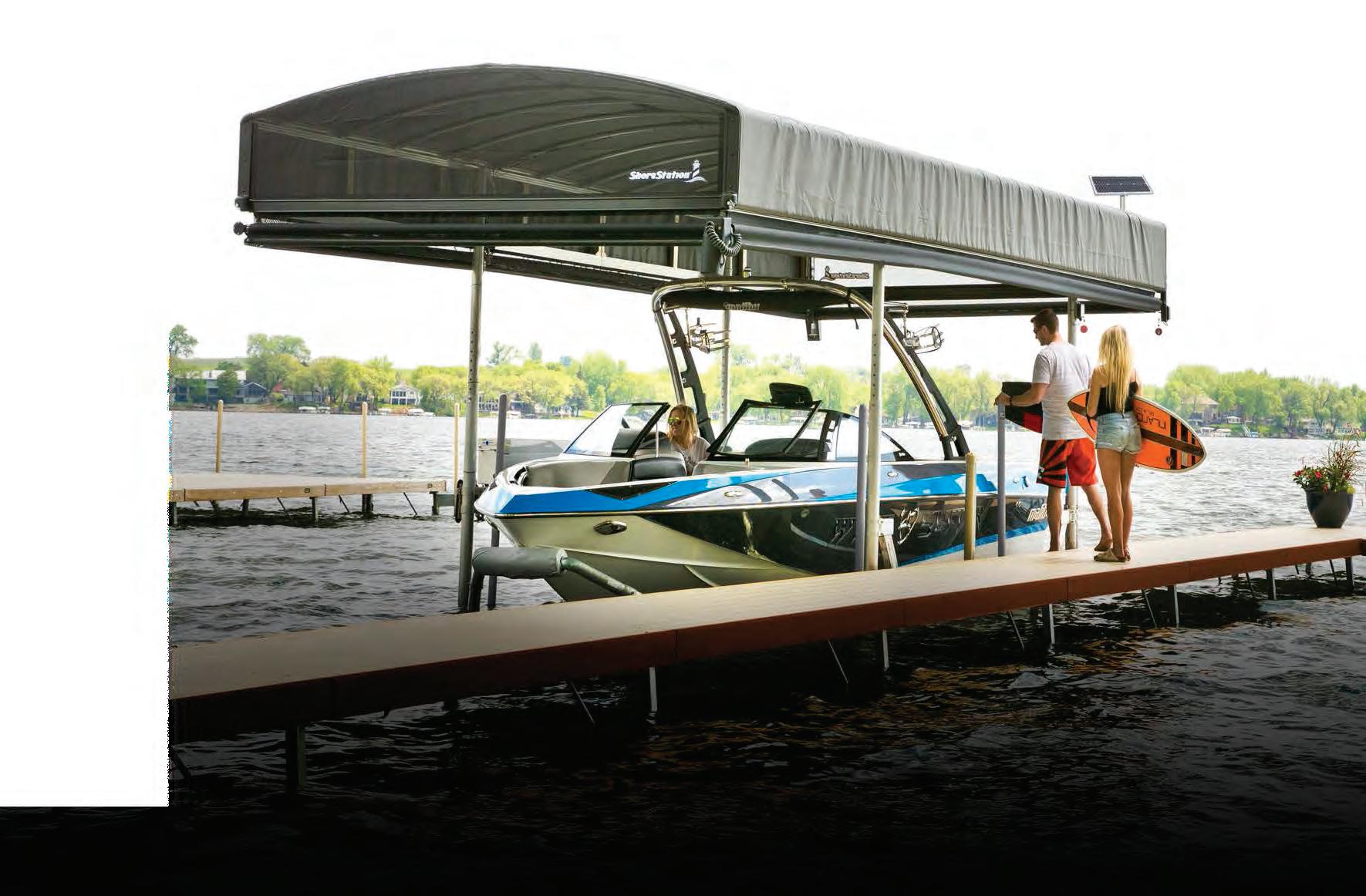

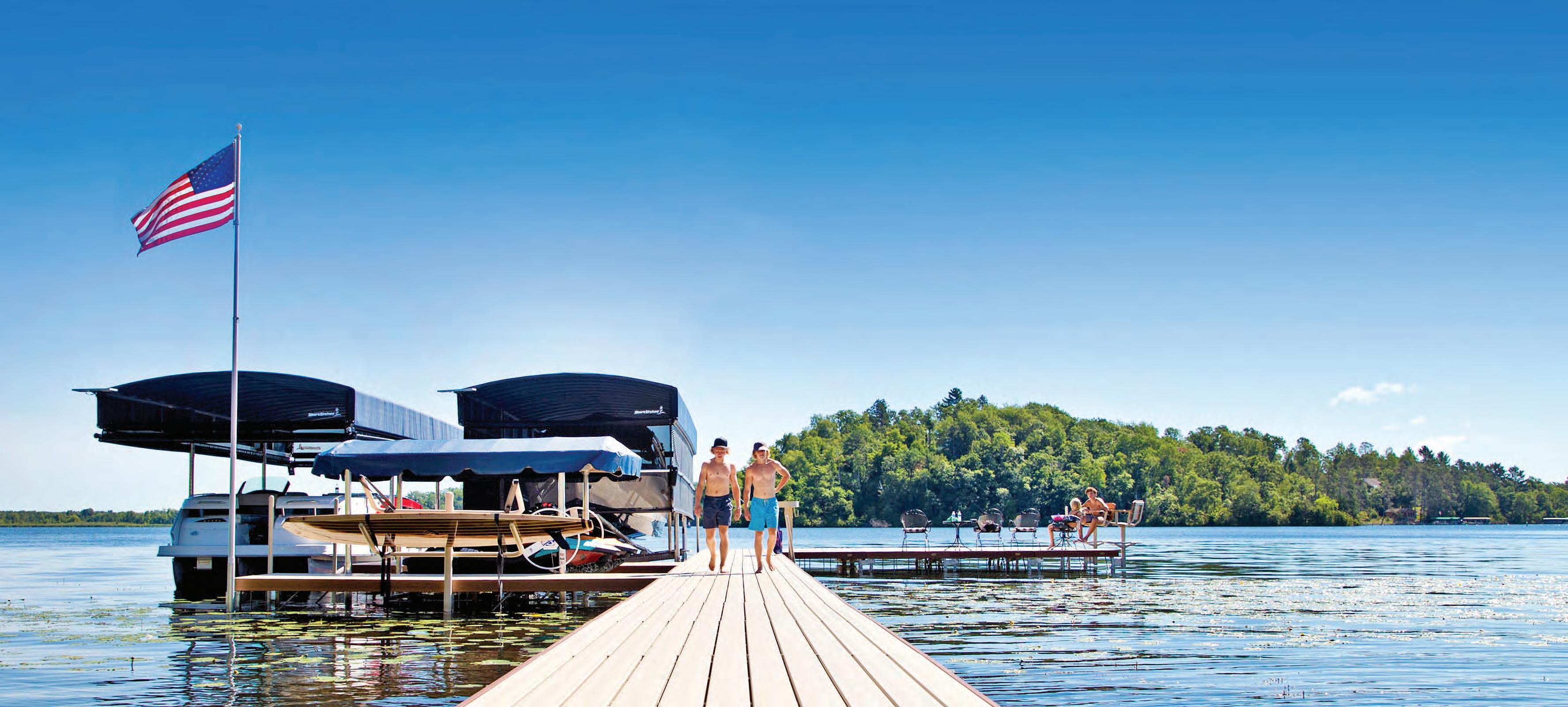

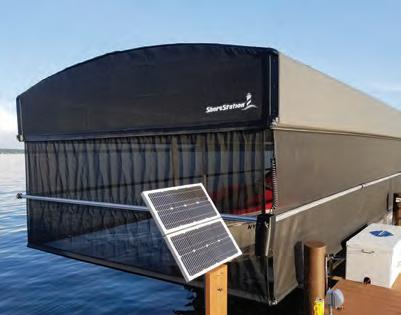
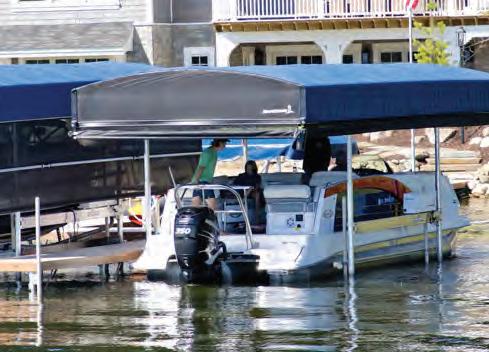
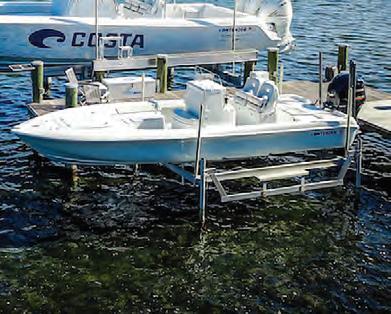
Equipped with exceptional weather resistant fabric and breathable SunTex 80 woven mesh ends for maximum protection and durability,

Made from the highest quality materials, our innovative hydraulic boat lift is one of the fastest and safest lifts on the market today. When you have a hydraulic lift, there’s no need to worry about wind and waves getting in your way. This lift will give you con dence to safely land and secure your boat in less-than-ideal conditions.
Never miss another moment on the water. Power your lift with clean, free solar power. Our speedy 20 watt charger features solar regulator drainage protection, saving your battery from permanent damage caused by overcharging.



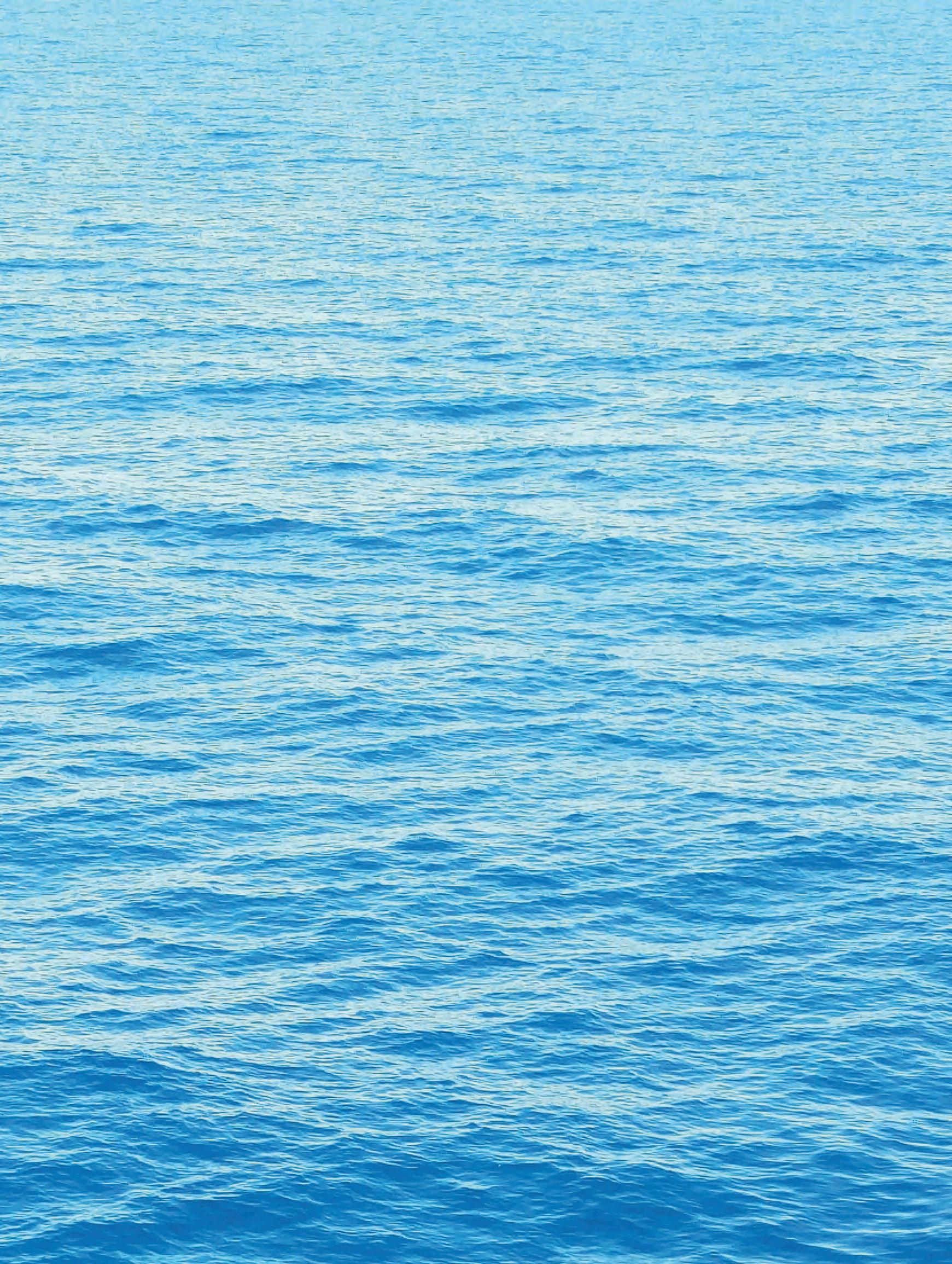
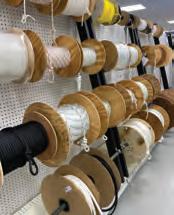

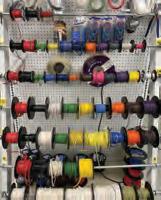
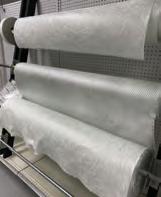
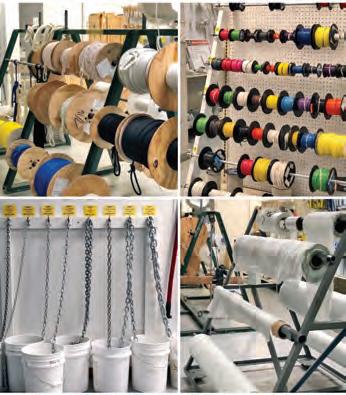
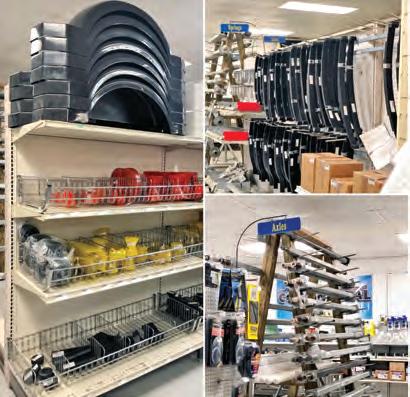




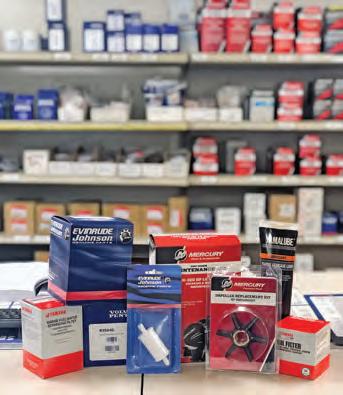
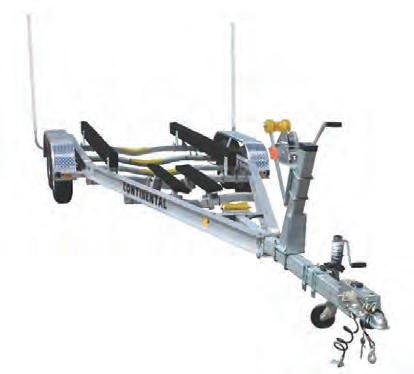











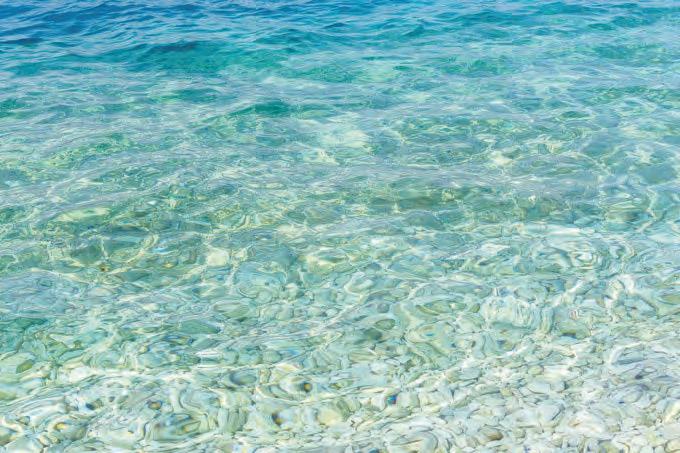





An angler from the Midwest recently had a !shing experience to remember along the banks of the Missouri River near St. Louis.
Wally Klein hooked an enormous 86.8-pound blue cat!sh—an incredible catch that tested both his !shing technique and physical strength.
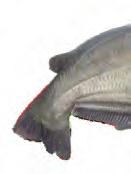
Using gizzard shad as bait and a standard rod-and-reel setup, Klein fought the powerful !sh before !nally bringing it ashore near Washington, Missouri, according to the Missouri Department of Conservation (MDC).
A er snapping a quick photo to commemorate his achievement, Klein released the massive cat!sh back into the river unharmed.
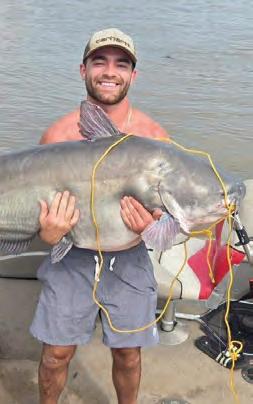
Klein told MDC o cials it was the largest !sh he’s ever caught. e department congratulated him on the impressive feat, saying, “Congrats on this impressive !sh.”
e Missouri River is a well-known destination for trophy cat!sh, particularly blue cat!sh, which are prized for their size and their spirited !ghts—making them a favorite and true challenge among seasoned anglers.
Klein’s cat!sh was a monster, but it didn’t quite break the state record — which was also set in the Missouri River. Back in 2010, Greg Bernal landed a 130-pound blue cat!sh, a catch that was a world record at the time.
Want to learn more about cat shing Missouri’s big rivers?
Visit: https://mdc.mo.gov/ shing/species/cat sh/big-river-cat shing.

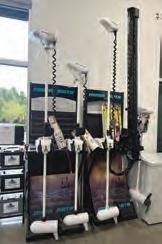
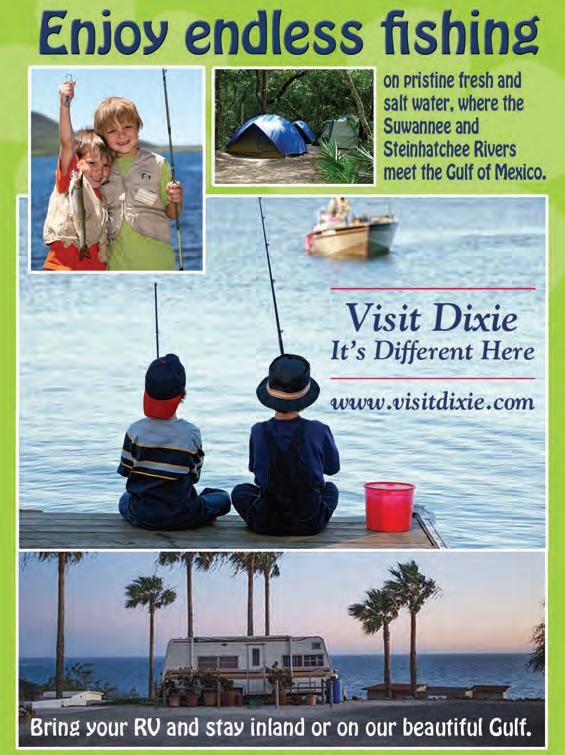
Capt. Mike Smith

The common snook, a.k.a. linesider, a.k.a. robalo, is one of the most sought a er game!sh in Florida waters. Sportsmen and women from all over the world come to Florida to catch these hard !ghting, jumping, head shaking, drag pulling !sh.
Snook will de!nitely eat top water lures, jigs, jerkbaits, wake baits, suspending hard baits, spoons, and ies but they love arti!cial shrimp.
Arti!cial shrimp will catch snook all year long; day or night; salt or fresh water; in every ecosystem, anywhere that snook live.
One of the best ways to catch snook with arti!cial shrimp is skipping them under and around structures like mangrove branches, docks, sea walls, sand bars and oyster bars. Pitch the shrimp to the structure and let it sink. en give it a twitch, twitch and let it sink again, then twitch, twitch and repeat the process until your arms get tired of reeling in linesiders..
Snook like a slower retrieve in the cooler months. Make sure to slow it down when the water temperatures approach the 70 degree level or less. A faster retrieve works better when water temperatures are between 75 and 85 degrees. Snook o en stop biting when water temperatures get above 90 degrees.
Another great characteristic of the arti!cial shrimp is that it skips like a dream. e 3 inch shrimp is the go to arti!cial shrimp lure for most hardcore snook !shermen. However, there are days when the snook are more discerning and a 2.75 inch or a larger 4 inch shrimp is the better size and pro!le choice.
e best color choices for shrimp lures are transparent, natural colors with gold or silver glitter in them for sunny days and clear water scenarios. More opaque and darker colors work better in dirty water and on cloudy days.
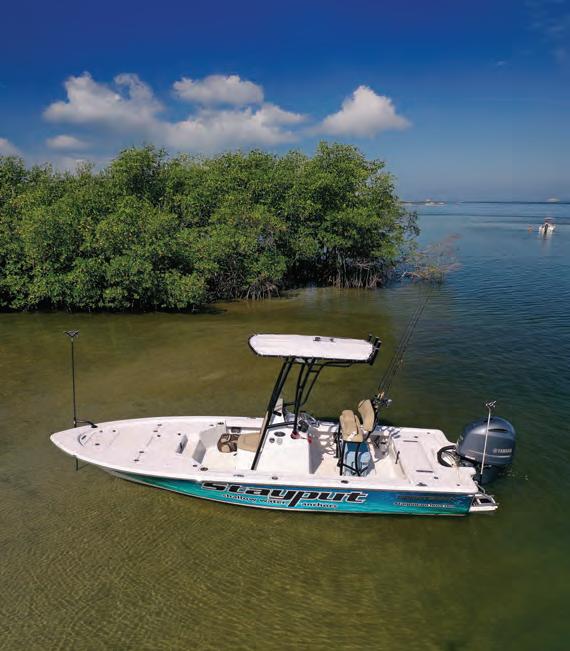

Many !shermen struggle when !shing arti!cial lures into tight cover scenarios. Sometimes, it takes about 50 casts and the loss of a half dozen shrimp lures to perfect the technique. But it is de!nitely a skill that any serious snook !sherman needs to master.
Capt. Mike Smith, owner of Fish Your Ass O Charters, is an inshore shing guide who has been shing the inshore waters, oyster bars and grass ats of Florida for more than 40 years. Reach him at (561) 339-2317, email: contact@ shyourasso .com or visit shyourasso .com.


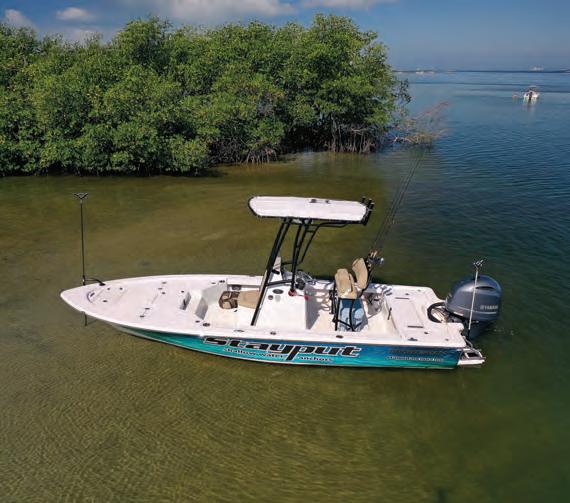

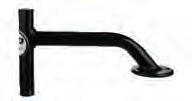



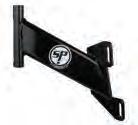



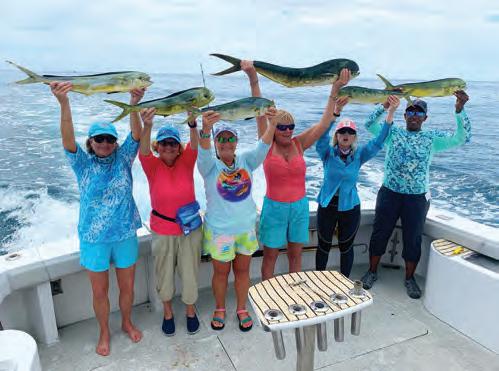

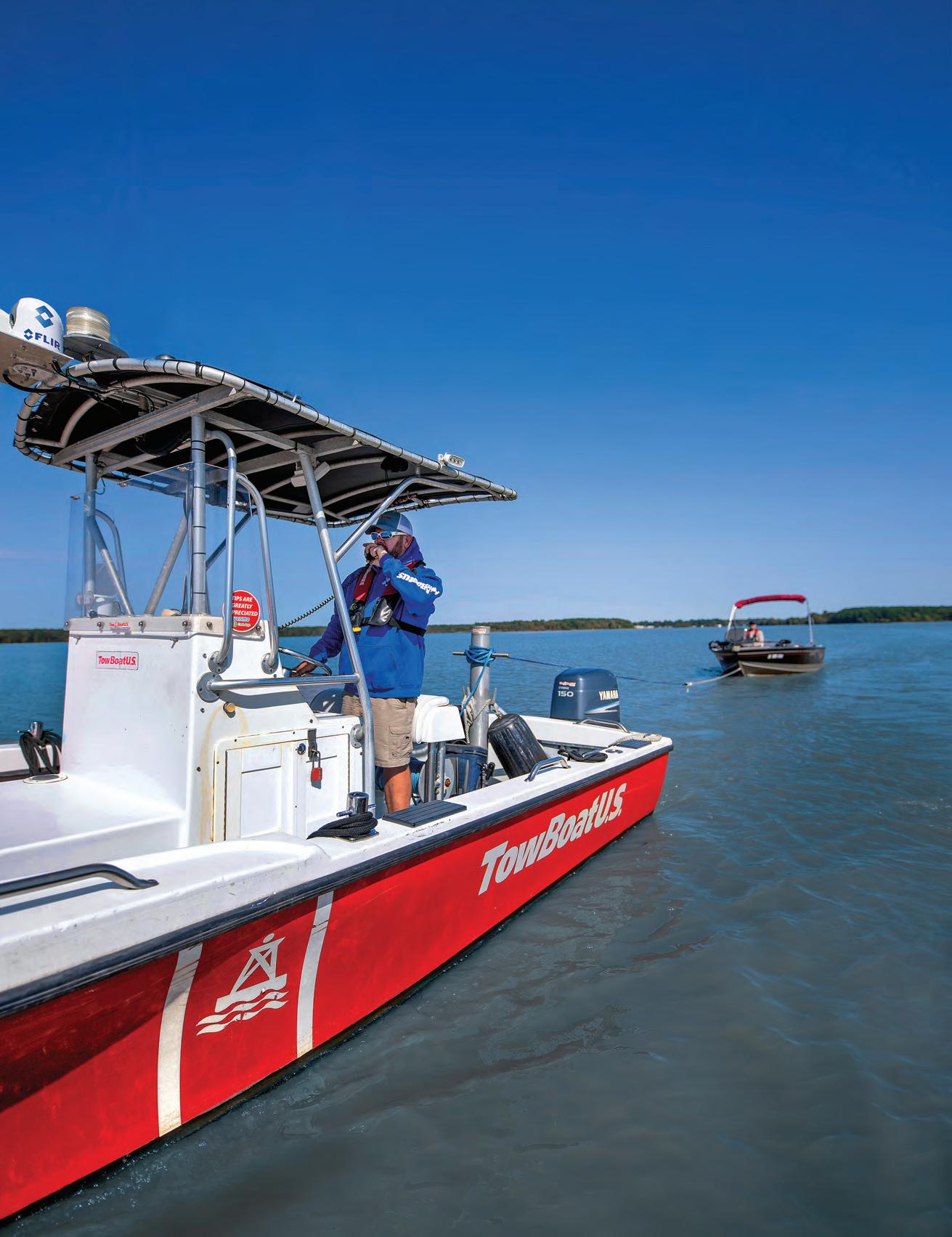




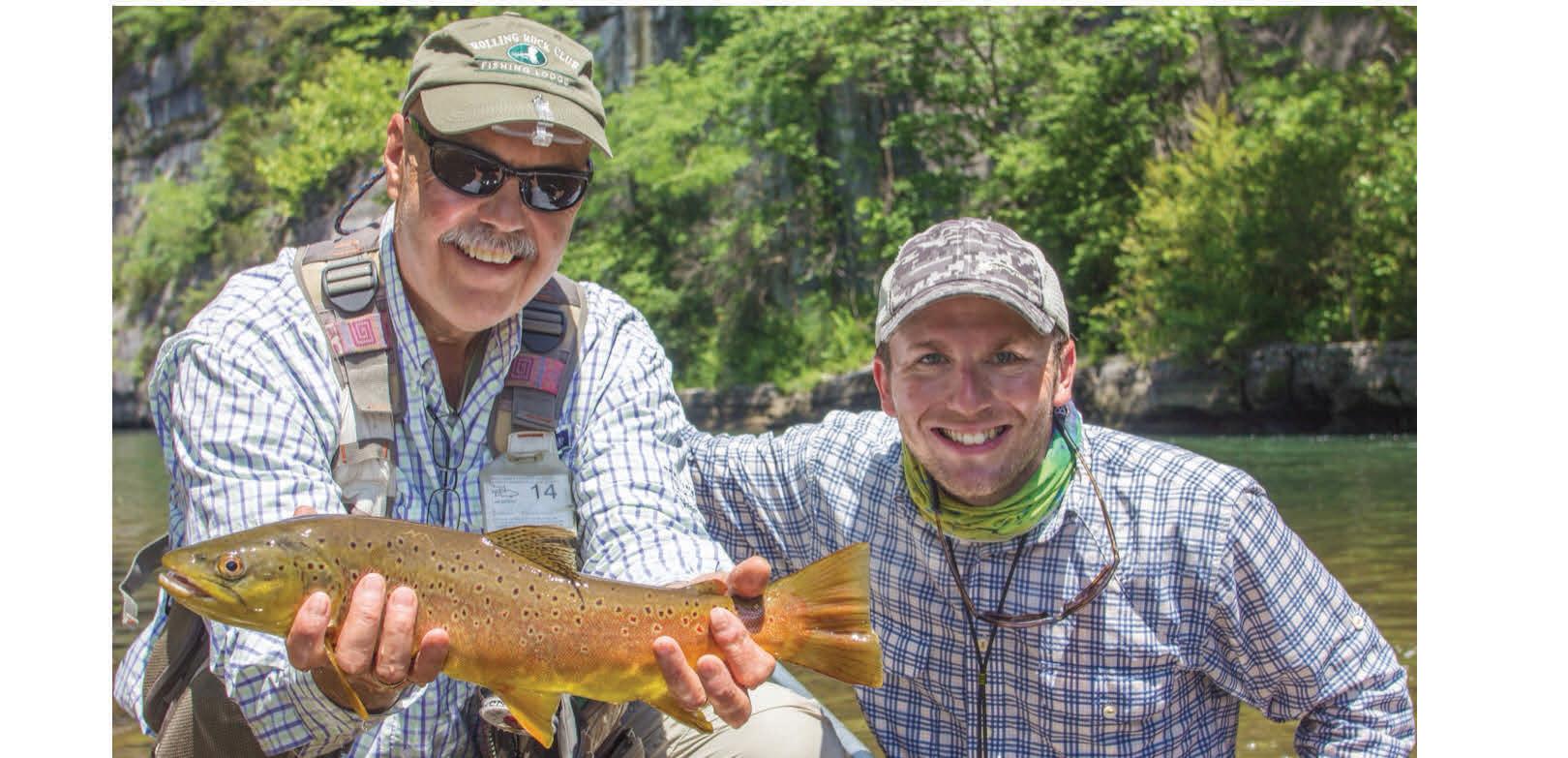



Whether for sport or for the table, pan!sh—especially slab crappies and hand-sized bull bluegills—are a favorite target among anglers. And when the air cools and leaves start to fall, pan!sh !shing heats up. Autumn can be one of the best times to catch these !sh, but it comes with a unique set of challenges. Changing vegetation, dropping water temperatures, lake turnover, and bait!sh migrations can make !nding pan!sh feel like solving a seasonal puzzle.
Fortunately, by learning to read these fall cues you’ll consistently !nd success on the water.
As lake temperatures cool and turnover occurs, bait!sh begin shi ing toward shallower cover where they can !nd safety and warmth. is movement sets o a chain reaction. Pan!sh follow the food, o en stacking up around cover like submerged wood or rocky structure. ese areas become prime real estate for fall !shing.
Weather plays a major role, too. On cold, blustery fall days, pan!sh o en slide deeper, becoming more predictable and easier to !nd with electronics. Deep basin areas in 20 to 25 feet of water can light up with schools of crappies—and sometimes bluegills—suspended and ready to bite. ese deeper !sh are o en aggressive, making for a rewarding but ethically sensitive bite. When !shing at those depths, barotrauma becomes a real issue. Released !sh o en don’t survive, even if they swim o , so it’s important to harvest what you catch, regardless of size.
On the ip side, when the weather is mild and
the sun is out, pan!sh can be found shallower, relating to weedlines, cribs, and brush piles. Healthy, vertical weeds are a magnet for fall pan!sh and can hold !sh all the way into !rst ice. In fact, some of the best fall bluegill bites happen in just !ve to eight feet of water, especially in lakes where dense, green weedbeds persist.
Lake size also in uences fall behavior. On smaller lakes—200 acres or less—dropping water temps and decaying weeds tend to concentrate !sh even more. As long as green weeds remain, pan!sh will hold tight to them. But as those weeds die o , the !sh begin to push toward deeper structure or out into the basins in preparation for winter.
Crappies in particular become more predictable in the fall, o en schooling up tighter and acting more aggressively than during other seasons. ey’re easier to pattern as they transition from summer haunts to winter basins, o en stopping along the way at deep weedlines or submerged timber. In lakes with ample wood or crib structure, these can be hotspots that hold large schools well into late fall.
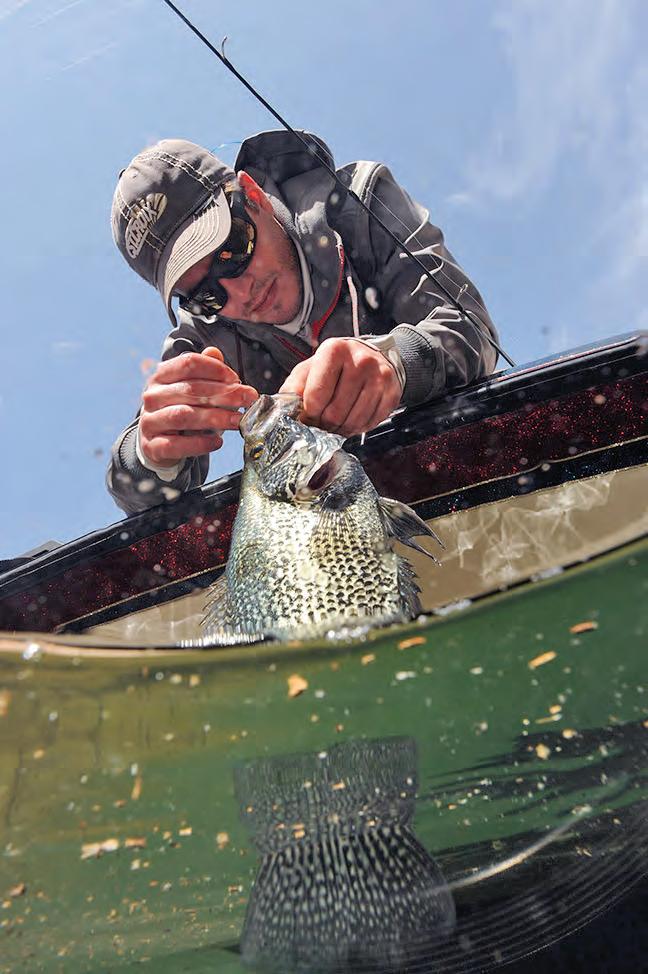
Bluegills, while more opportunistic and scattered, still relate strongly to weed edges and shallow cover when the conditions are right. eir adaptability means they can be caught both shallow and deep, but they may take more searching to !nd than their crappie counterparts.
Despite the variables, the recipe for fall pan!sh
success remains relatively consistent: follow the forage, !nd healthy weeds or cover, and adjust based on the weather. Whether you’re chasing aggressive schools of crappies in deep water or hunting bluegills in shallow weed patches, fall o ers a window of opportunity that savvy anglers won’t want to miss.





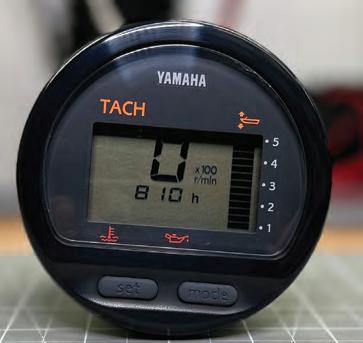

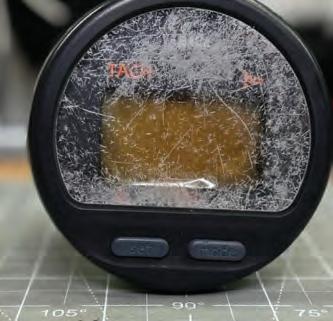


Nestled in the heart of the Caribbean, the US Virgin Islands embody a harmonious blend of natural beauty, cultural vibrancy, and laid-back serenity. ese islands are more than just a picturesque getaway; they are a living testament to nature’s rhythm and resilience, e ortlessly in tune with the world around them.
With no passport required for U.S. citizens, from the moment you arrive, the islands’ natural rhythm is palpable. e gentle sway of palm trees, the soothing sound of surf crashing against sandy shores, and the vibrant melodies of local music all echo the heartbeat of this tropical paradise. e islands’ lush landscapes, with their verdant hills and crystal-clear waters, mirror the steady pulse of life that sustains the local ecosystems and communities alike.
e US Virgin Islands’ environment is a symphony of biodiversity with world class !shing and diving. ese natural elements are not static; they dance in harmony, in uenced by the tides, wind, and seasonal changes— further emphasizing the islands’ intrinsic rhythm. is delicate balance underscores the importance of conservation e orts, ensuring that future generations continue to

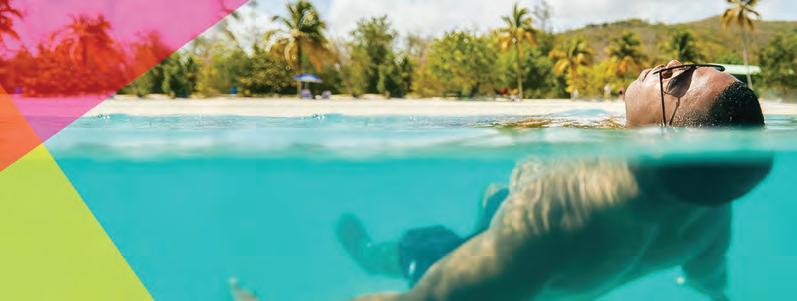
experience the islands’ natural cadence.


Culturally, the US Virgin Islands are equally in tune. e music, dance and festivals re ect a vibrant heritage rooted in African, European and Caribbean traditions. e spirited calypso beats and reggae rhythms are expressions of life's ongoing dance—celebrating resilience, community and joy. ese cultural expressions are an extension of the islands’ natural rhythm, showcasing how human life here moves seamlessly
with nature’s ow.
In a world o en dictated by chaos and rapid change, the US Virgin Islands serve as a reminder of the beauty of being in sync with nature’s tempo. eir natural, cultural and ecological rhythms o er a blueprint for sustainable living and harmony. As travelers and residents alike continue to embrace this rhythm, they uphold a legacy of balance—one that celebrates life’s natural ow and the enduring spirit of these remarkable islands. In the US Virgin Islands, being in rhythm isn’t just an ideal; it’s a way of life.
Learn more at www.VisitUSVI.com.





Buy One, Get One Free
Valued at over $90,000 MSRP, only 3000 tickets will be sold


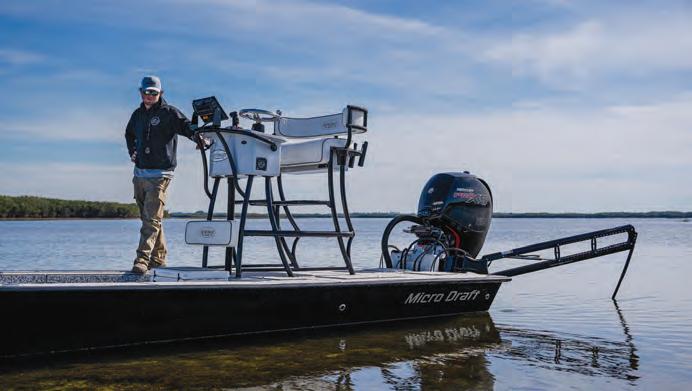



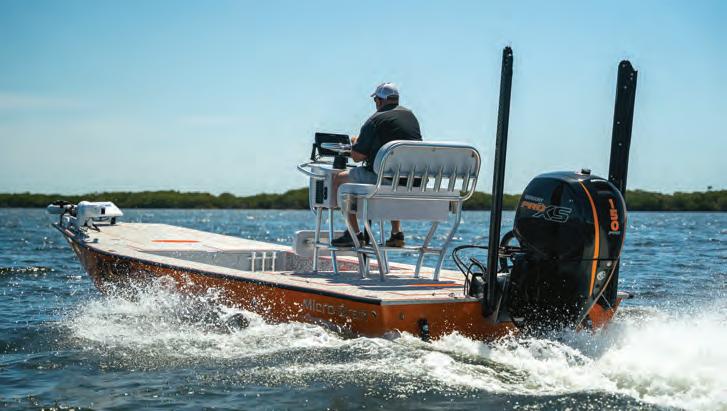
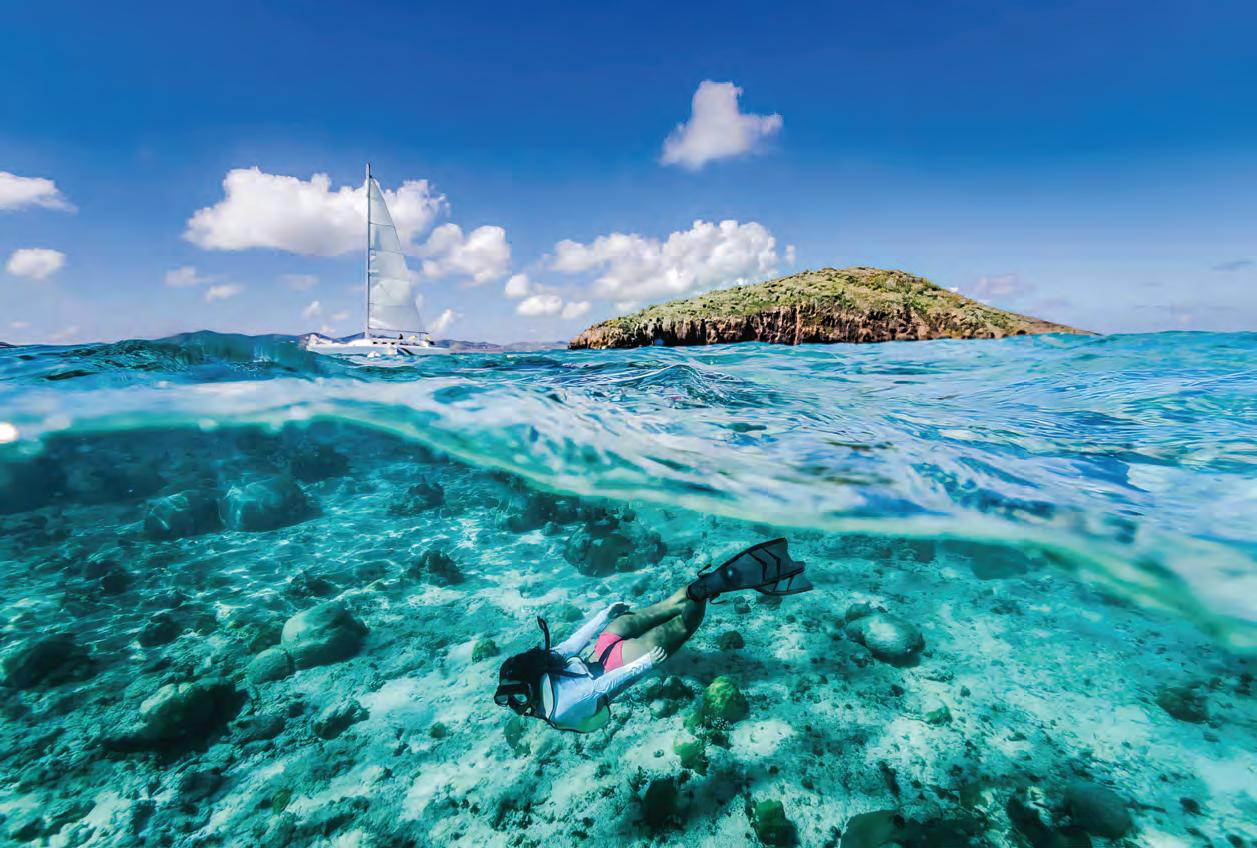



Tim Barefoot

September is a peculiar month. Some of the hottest days of the year, hurricane season is in full swing and the !rst northeast winds and cold fronts are about to occur. is is the time of year when wahoo and yellow!n can be caught right up against the beach on big schools of cigar minnows and sardines, or out in the deeper water. ere is no rhyme or reason to it this time of year; these !sh simply follow the bait schools
is is also the time of year when scamp grouper are very vulnerable. If you have the ability to keep a pin!sh trap in the water, it’s a good idea to take live pin!sh with you o shore for a number of reasons. One, pin!sh are very hearty and will live until the end of the day in the live well. Two, they are very sought a er by scamps because scamps view them as egg eaters and will kill them (eat them) so they don’t eat their eggs. And three, they are readily available at all !sh cleaning stations, at most marinas. Yes, I strongly suggest taking two or three boxes of frozen cigar minnows for bait, but live pin!sh are a ringer for scamps and other grouper/ snapper species in the deeper water.
with a cigar minnow. Proof is in the pudding...and here’s your proof. I’ve always said if you !nd the bait you !nd the !sh, and if you !nd big marks of bait (cigs, sardines, tinks, beeliners etc…) you’ll !nd the !sh. It’s always a good thing to have a “spotlight trolling motor” option to be able to sit on the bait or at least slow your dri in currents, but !sh under the bait on or near the bottom for grouper and snappers and keep the light line out for all the pelagics.
Designate one person in the crew to keep multiple light-line baits tended. Do not let this person get complacent and start bottom !shing. e same person should stay focused on the baits and working the Sabiki for whatever bait is below the boat. I’ve always said “Don’t walk in a Chinese restaurant and order a pizza,” meaning whatever is there is what they’re eating! A couple obvious execptions to this is pin!sh on the bottom and greenies/sardines; these baits are universal. We can’t keep gag grouper this time of year or American red snapper, but you can de!nitely !ll the box with other species.
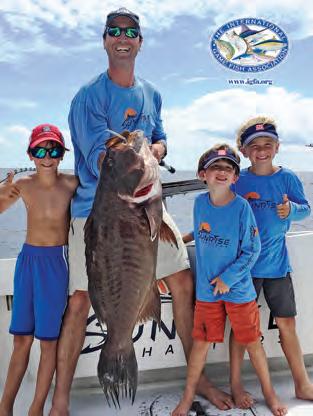
September is when you will see all the tropical species in places you don’t normally see them. All the tropical snappers are everywhere now. Frozen cigar minnows on the Squid Decoy Jig are a wonderful option, but live cigs and sardines are a “whole nother story.” As shown in the photo, the all-time IGFA world record scamp was caught on the 12 ounce
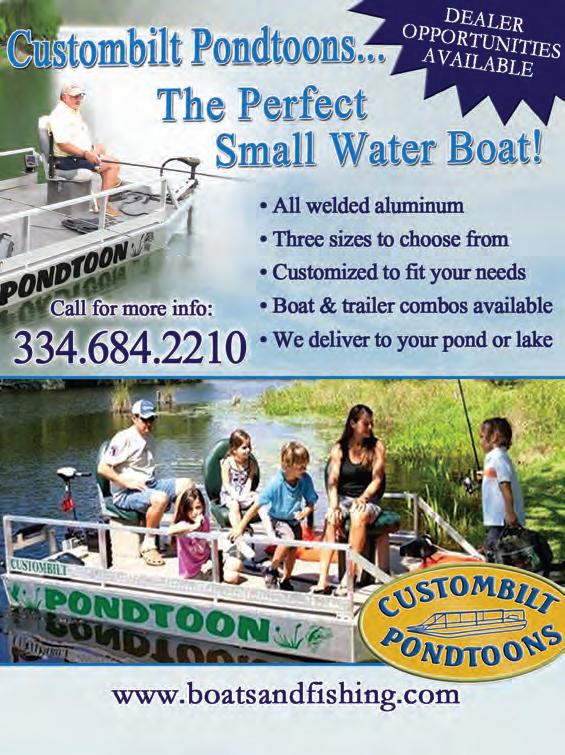
Be ready for that big bite on the light line by choosing your tackle wisely as well. Yes, you need to keep the leader ( oro and wire) size small to get the bites, but use the correct size hooks, reel and line capacity to handle bigger !sh. Like I mentioned earlier, this is the time of year when wahoo are everywhere...and nowhere. You could catch a giant wahoo or tuna inshore, or in the deep water, just be prepared for it and be ready to chase it down if need be. e kite is always a great option if you have the team that can y the kite and bottom !sh simultaneously as it can be a challenge with wind speed, direction and current.
Learn more from Tim Barefoot on his YouTube channel and at barefootcatsandtackle.com.
